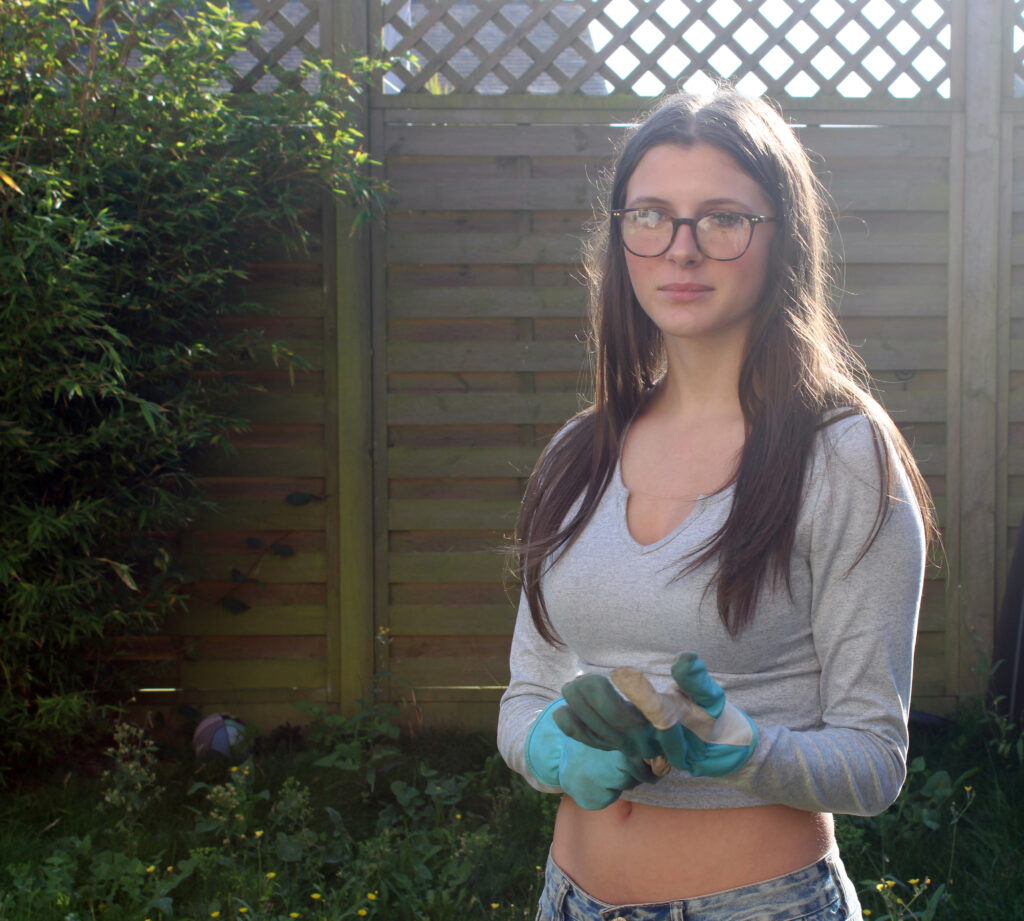
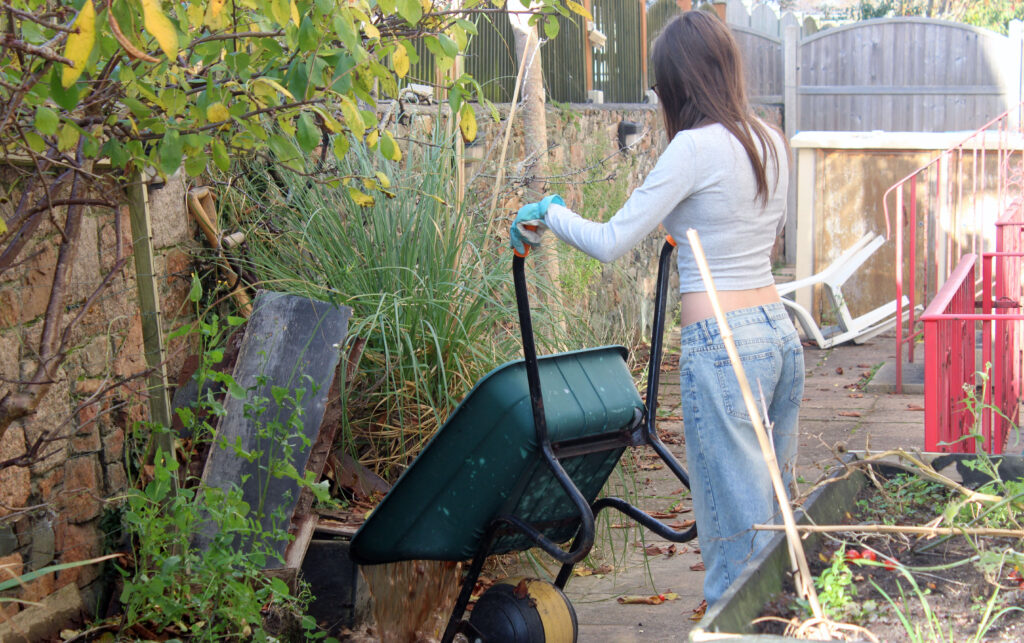
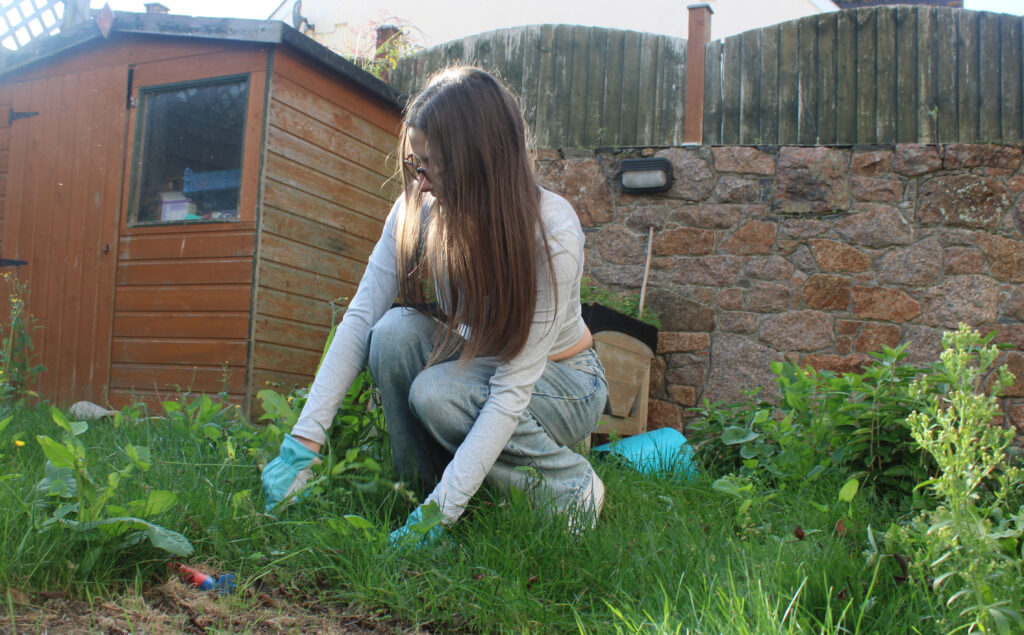
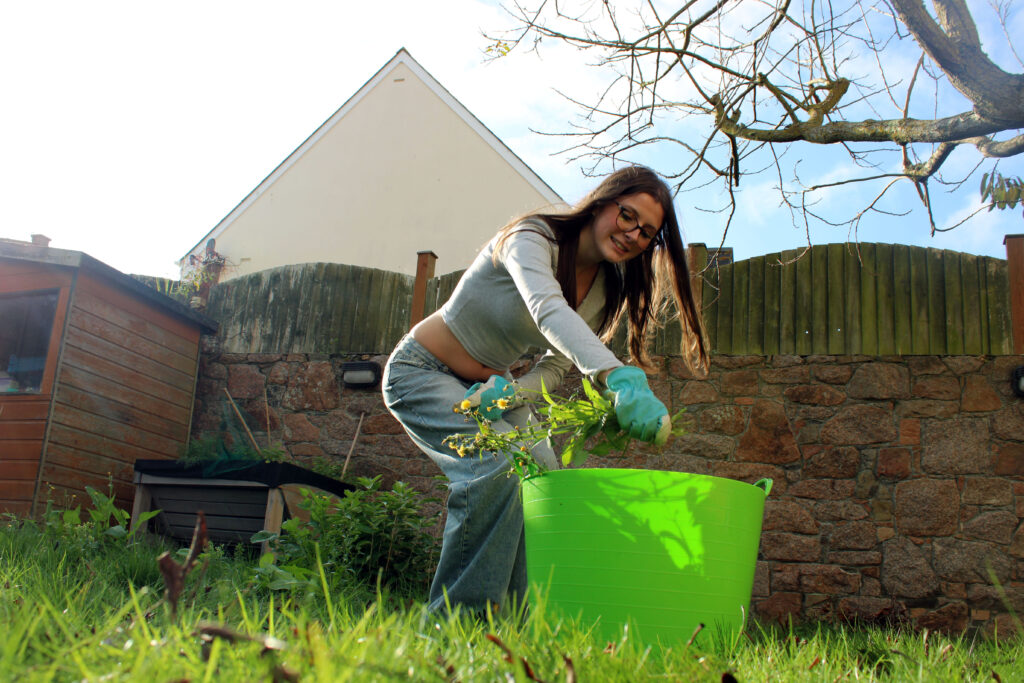
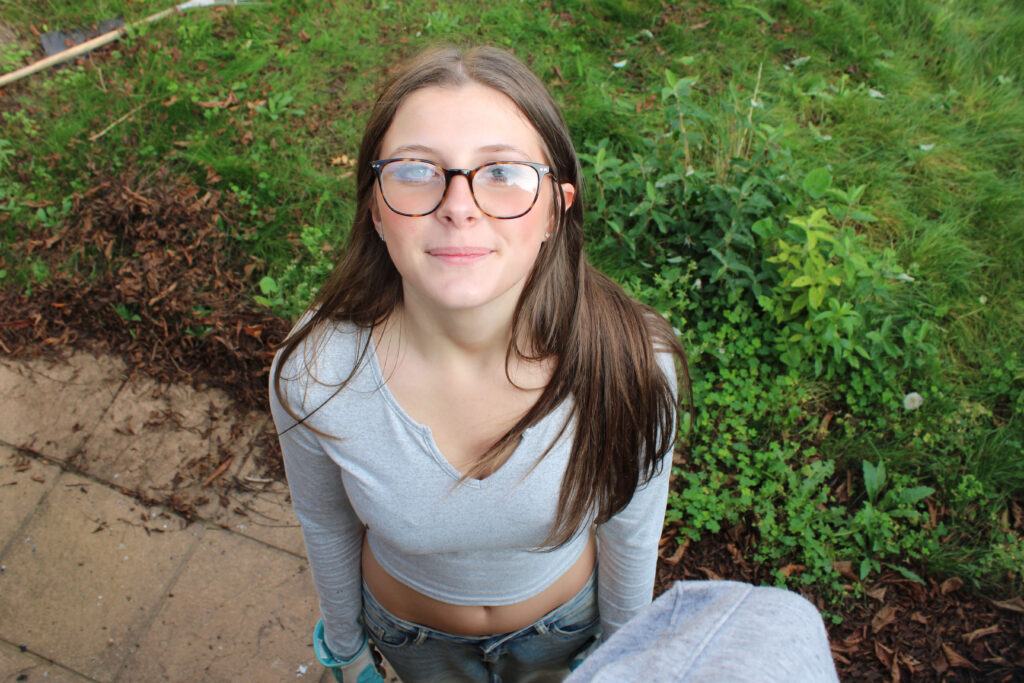
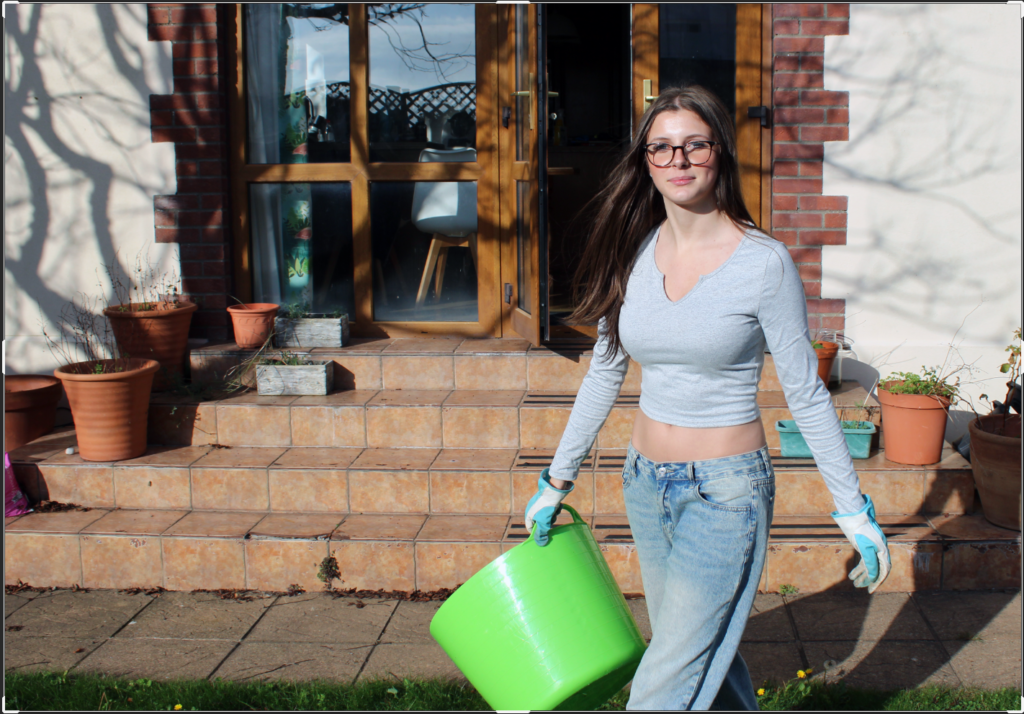
I presented my final pieces on art steps virtual gallery
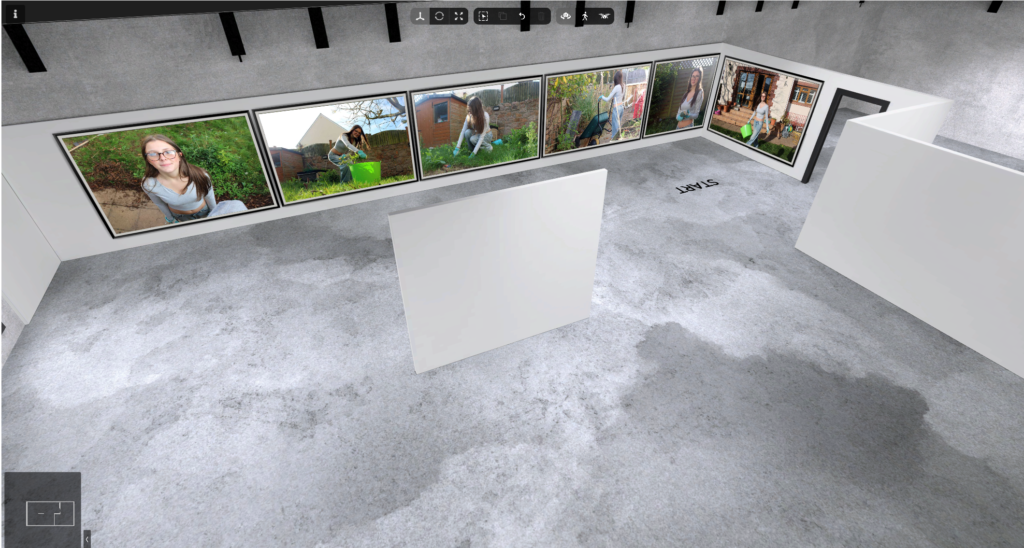






I presented my final pieces on art steps virtual gallery



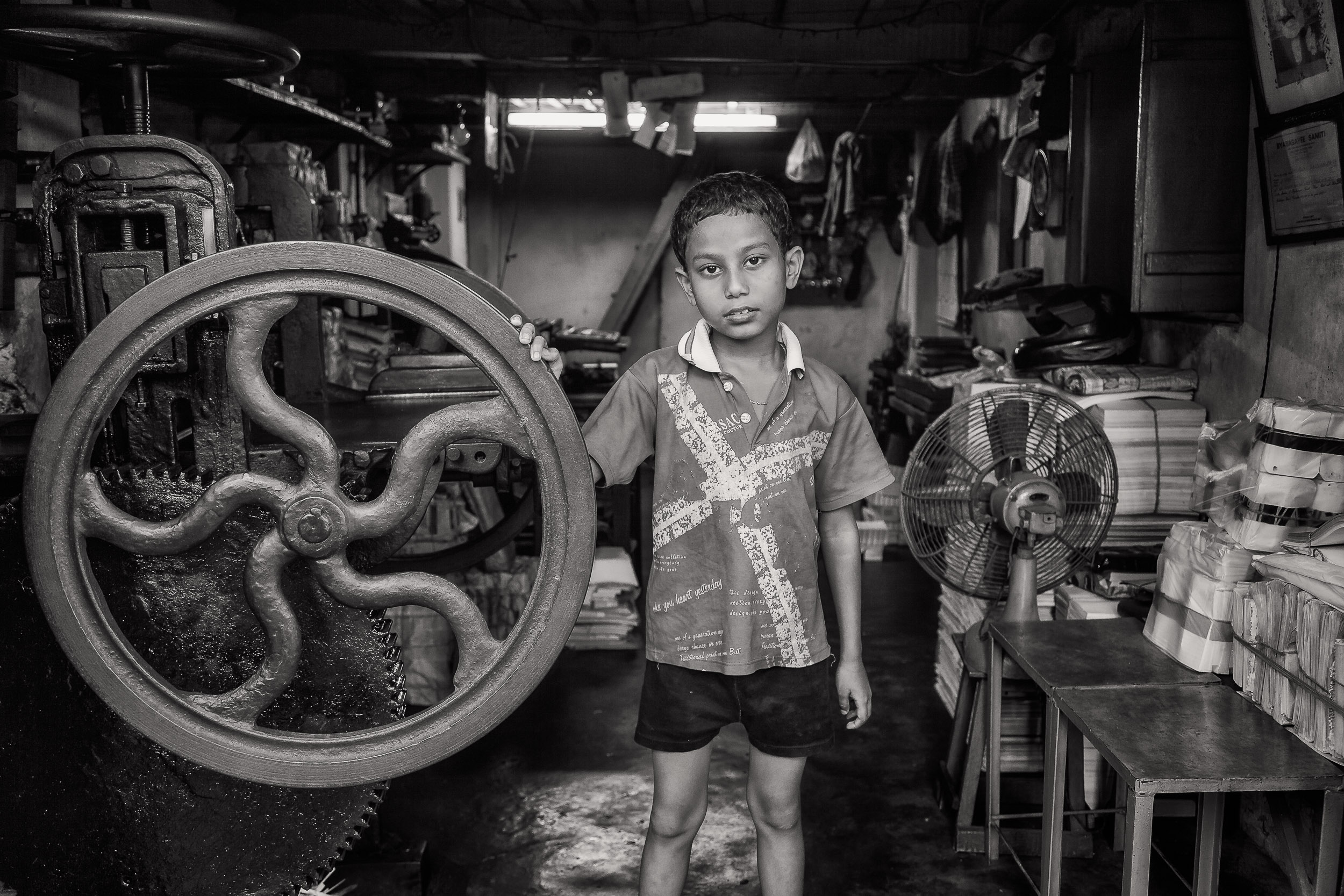

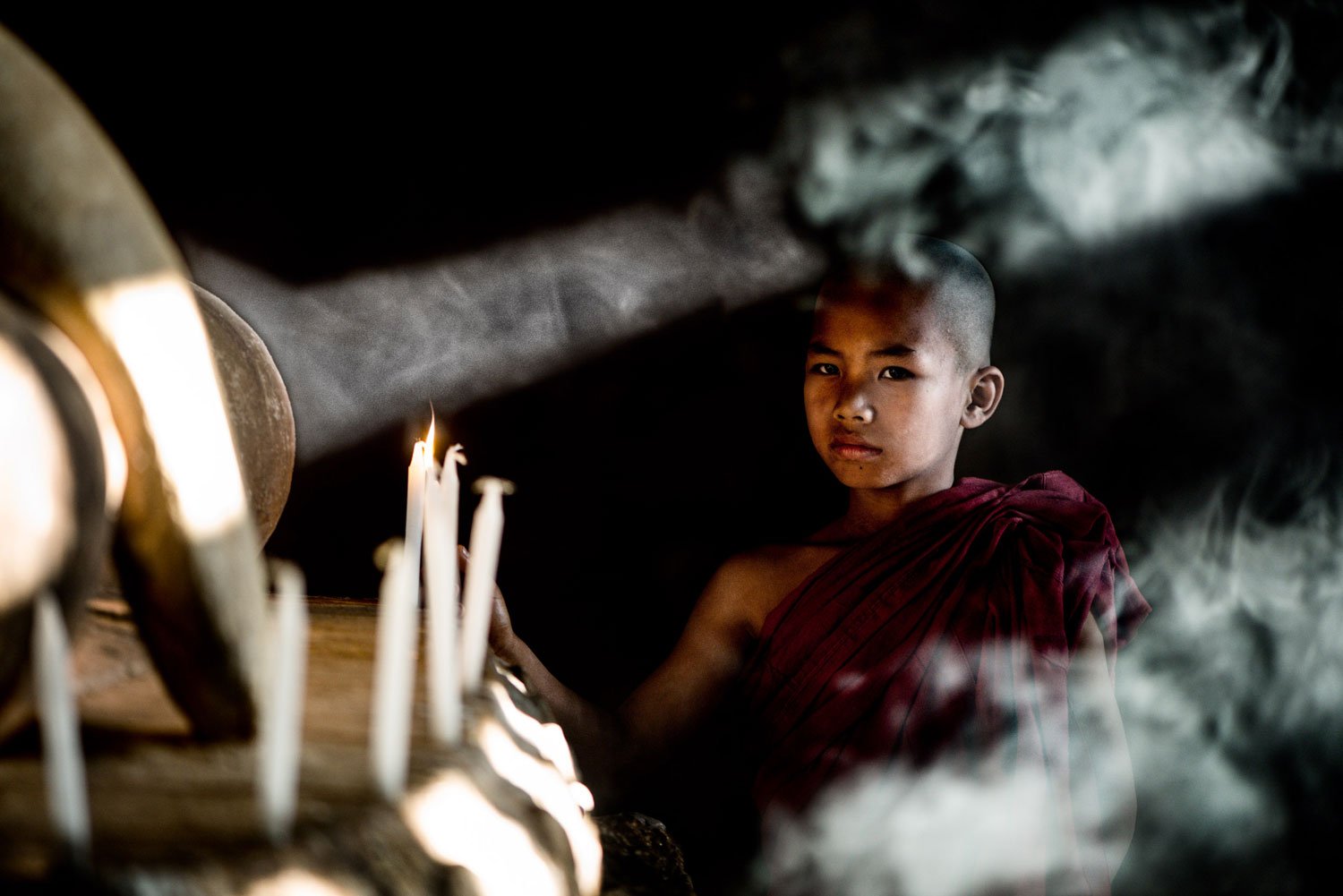
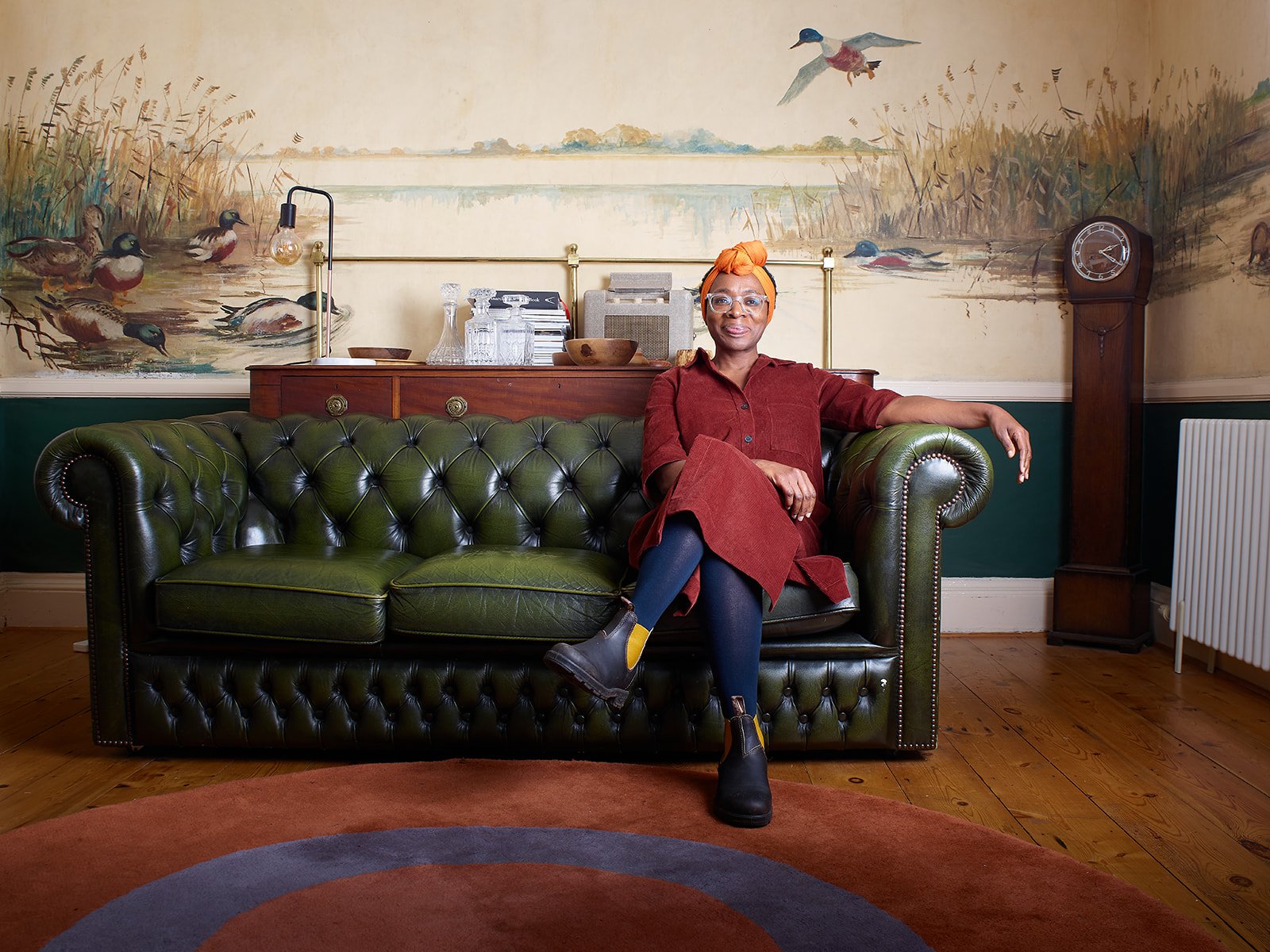
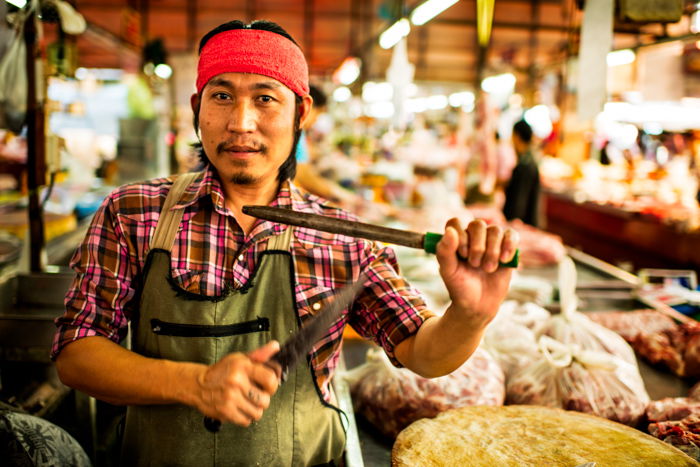


An environmental portrait is a type of portrait taken in the subject’s everyday setting, like their home or workplace. This style of photography aims to showcase not just the person but also their life and the environment around them. When you capture someone in their own space, it’s believed that you can reveal more about their character and truly reflect their personality, rather than just focusing on their physical appearance. Additionally, being in a familiar environment can help the subject feel more comfortable, allowing them to express themselves more naturally compared to the often intimidating atmosphere of a studio.
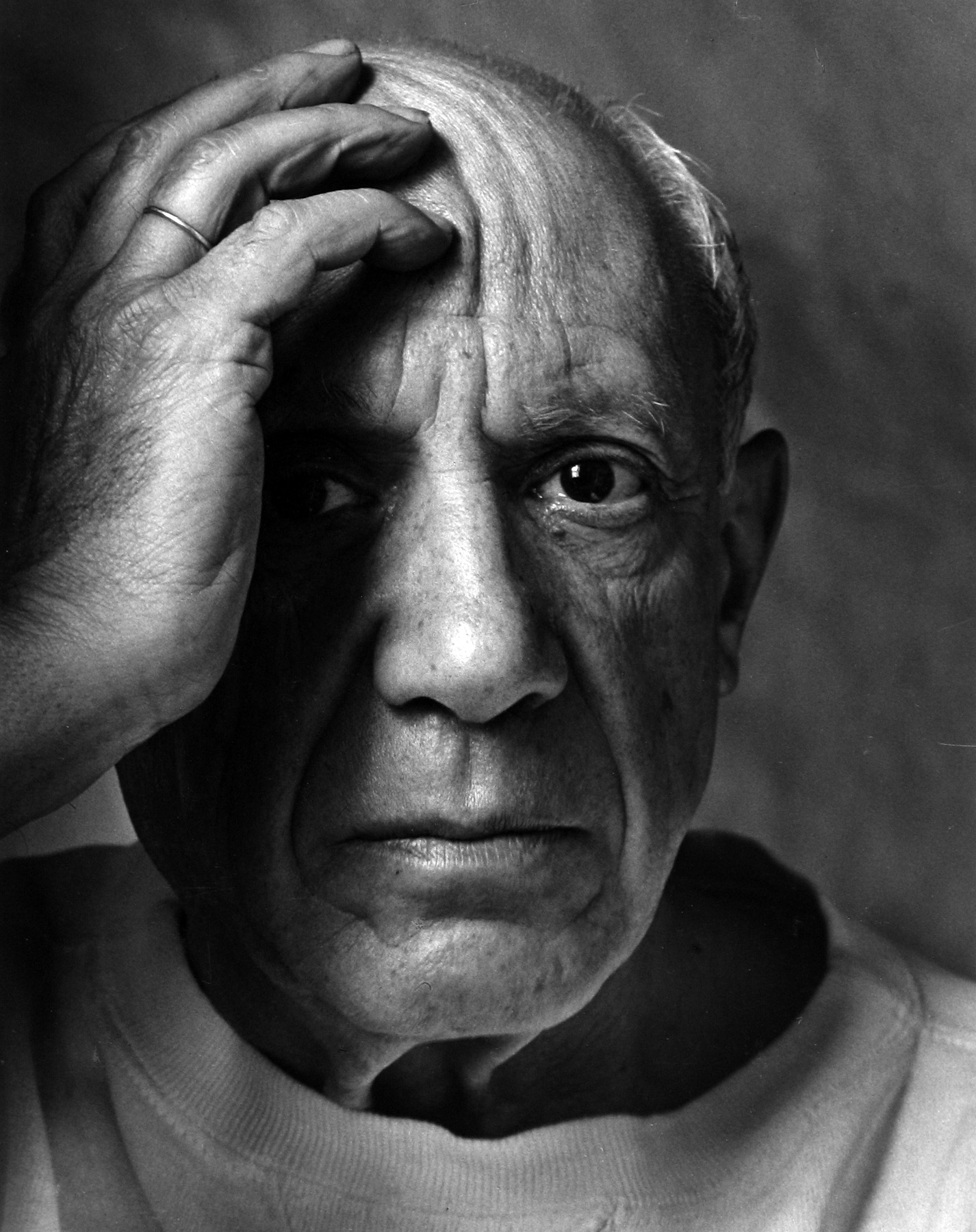
Arnold Abner Newman, born on March 3, 1918, and passing away on June 6, 2006, was a renowned American photographer. He gained fame for his “environmental portraits,” which captured artists and politicians in their own settings. Additionally, he was recognized for his skilful abstract still life photography. In 2006, he was honoured with induction into the International Photography Hall of Fame and Museum.
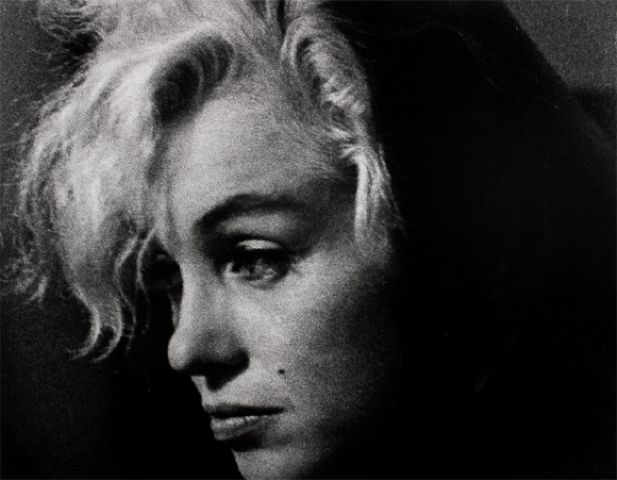


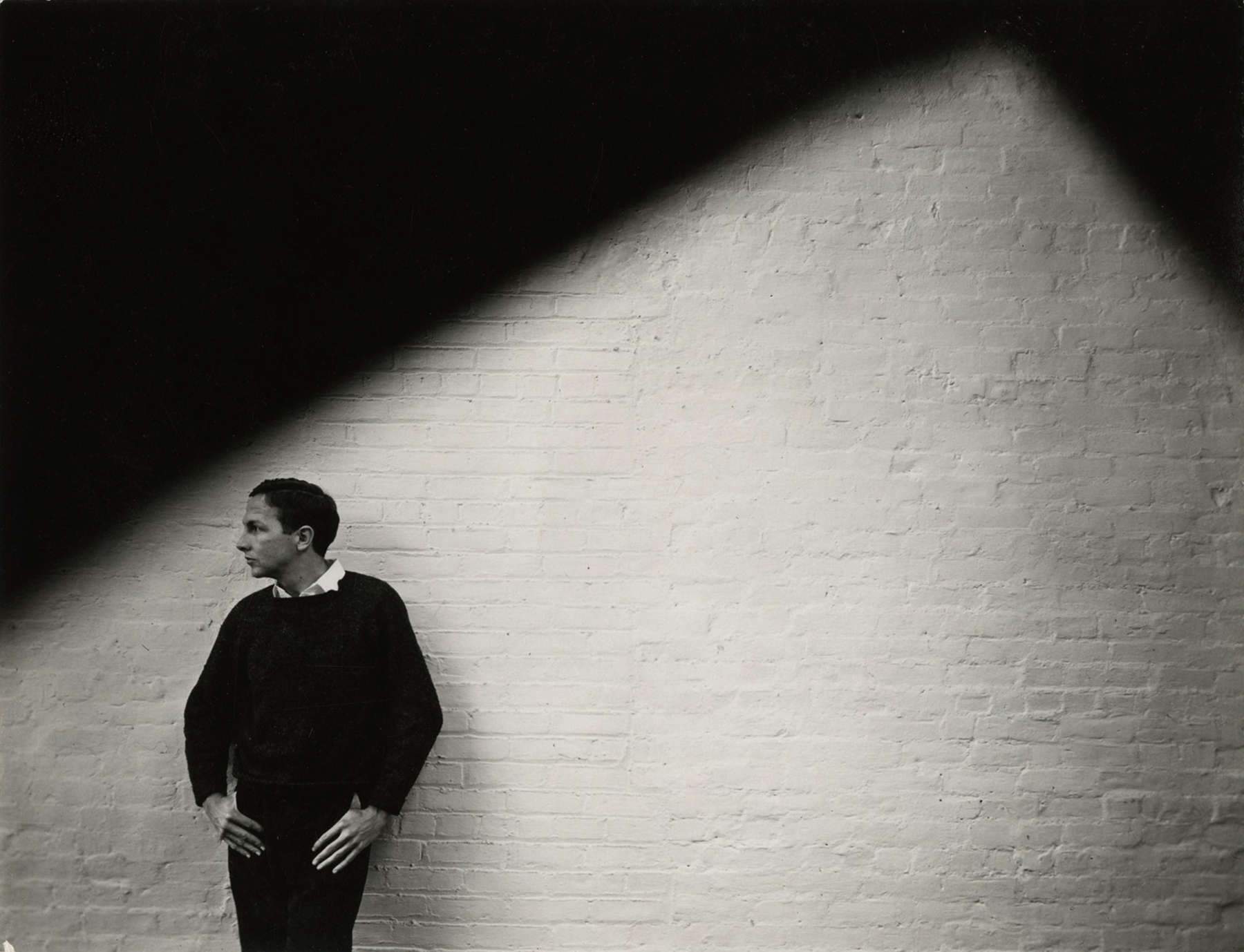
.jpg)
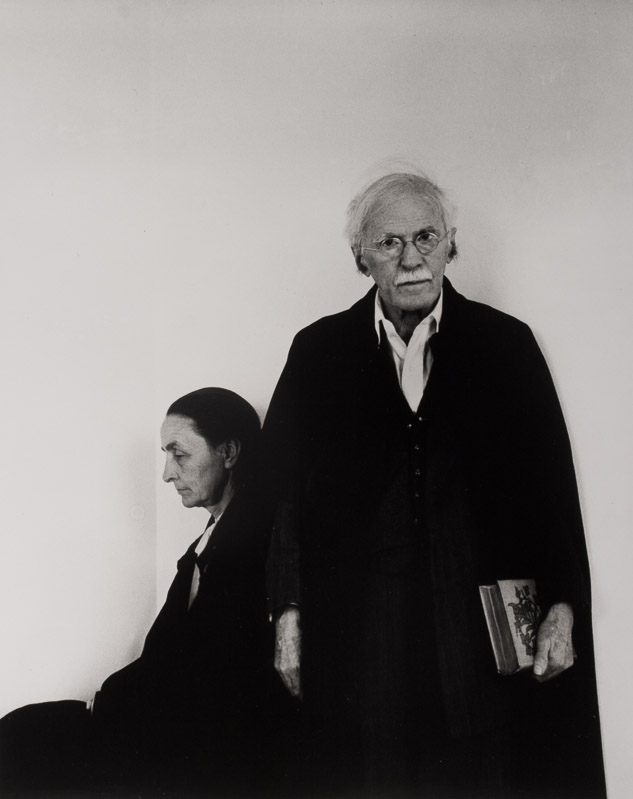

This image shows an almost villain looking old man staring directly into the camera, creating an uncomfortable atmosphere. The two pillars either side exaggerate the rule of thirds in this image and place Krupp in the centre bottom of the image. The lighting along the celling creates leading lines that take the viewer to the industrial, train station background.
Visual – The sitter ( Krupp ) is the main focal point of the image, he is leaning forward suggesting how he is confident he is and how he is probably the owner and not a worker. Krupp’s wrinkly face and hands highlights his age and worn appearance, it also shows how he has seen and been through a lot in his life. Krupp is fully centre with lights leading to him and pillars either side to show how he is the centre of attention. The relatively bland colours create a strong contrast between the dark and light patches of the image. The photo has little negative space and is extremely cluttered which could allude to how messy and cramped his past life was. Krupp seems raised from the background showing how he could be more important than average.
Technical – The dim lighting, probably artificial, creates and eerie atmosphere. Furthermore the cold tone of the lighting emphasises the serious, uncomfortable scene. Moreover because of this lighting technique, each side of his face is lit up whereas the front of his face is left in darkness, this reinforces how mysterious Krupp is. The background is blurred however some of the background details are still identifiable, Krupp is in focus, this is through using a medium to shallow depth of field and a middle to low f/stop. The shutter speed is most likely fast as he is fully in focus with a balanced exposure. The angle the photo was taken at is directly facing him at eye level which allows the view to connect better with him.
Contextual – Arnold Newman was a Jewish photographer who was asked by Newsweek to capture a photo of Alfred Krupp who was not a military man but an industrialist who owned and ran the war factories. Newman didn’t want to take the photo but then agreed to it in the end and saw it has his small bit of revenge for what Krupp did.
Conceptual – Newman didn’t want to take the photo but then agreed to it in the end and saw it has his small bit of revenge for what Krupp did. When Newman asked Krupp to lean forward for the photo he naturally without being asked put his hands together and put them to his chin. Newman seeing this took the photo without hesitation, however Krupp hated this photo that was now famous world wide. This was Newman’s revenge.

August Sander (November 17, 1876 – April 20, 1964) was a notable German photographer known for his portraits and documentary style. His first book, Face of Our Time, came out in 1929. Many consider Sander to be the most significant German portrait photographer of the early 1900s. While he also captured landscapes, nature, architecture, and street scenes, his portraits are what he is most famous for, especially in his series People of the 20th Century. This series was created to represent a diverse slice of society during the Weimar Republic.

The image shows an older man using two walking sticks, prominently featured in the foreground. He seems to have stopped for a moment while making his way up the lane in the background. You can tell he’s elderly by his hunched posture and the white hair on his face. In the photo, the man looks like he’s been walking down the road and has taken a break to look at the camera. He’s positioned on the right side of the frame, facing towards the centre and the empty space on the left. This composition leads our eyes to the building in the background, suggesting that this is his destination. His calm expression makes it feel like a candid shot, capturing him in a genuine moment rather than a posed picture.
Visual – All of Sanders’ photographs, including this one, are in black and white. This choice stems from the limitations of cameras back then, but it also gives a unique style that ties all his photos together, making them feel like part of a single collection. The black-and-white look really brings out the different shades in the image. The dark bushes on the right side stand out against the lighter path on the left, which naturally leads your gaze toward the house. The wild and rough texture of both the bushes and the path hints that this scene is set in a countryside area.
Technical – This picture makes great use of natural light, which adds to its authentic feel. The exposure is well-balanced and doesn’t rely on any fancy techniques. The wide aperture used here results in a shallow depth of field, which helps focus our eyes on the main subject in the foreground.
Context – This image comes from the book ‘Face of Our Time’ by August Sander. The book was originally published in 1929 and features a foreword by the German author Alfred Dublin. When it was first released, it was promoted with the following description: “The sixty photographs of Germans from the twentieth century included in Face of Our Time are just a small part of Sander’s larger project, which he started in 1910 and has been developing for twenty years. Sander didn’t take on this huge personal project from a scholarly perspective or with scientific tools, nor did he seek guidance from racial theorists or social scientists. Instead, he approached it as a photographer, relying on his own direct observations of human nature, appearances, and environments, guided by a strong sense of what is authentic and important.”
Conceptual – The book isn’t about the ‘faces’ of our time; it’s about a single ‘face.’ This implies that all these individuals together represent one unified identity. It seems like Sander’s idea was to bring these people together as a single representation of his era. There’s no deep theory behind the work; it’s simply an observation of that time, at first glance.

These red lines are strong leading lines that show how his walking sticks are used to frame his face in the image. Furthermore because of this framing the view is immediately drawn to the main subject, his face. The red line going across the image shows how the large amount of negative space below the red line is counter acted by the vast detail above the line.
For my photoshoot I plan to photography my younger brother doing one of his hobbies. He plays airsoft so I plan to get him to dress up in his full gear and I’m going to use my garden and surrounding trees to frame him in the photo. I also want to capture photos of him from many different angles and him in different places and positions. I intend for him to have a serious, straight face for the photos as I think this would look the best. I want to use a mix of landscape and portrait orientated photos as I want to use the landscape photos to capture more of the environment and then portrait so all of the focus is on my subject.
Furthermore my brother also does gaming so I’m going to use him for a second photoshoot and capture him gaming. I want to get different angles and poses. I want to use the same mix of landscape and portrait photos when I’m taking them to include the environment and a focus on the subject. I intend for him to have a serious, straight face, almost like he’s concentrating on the game.
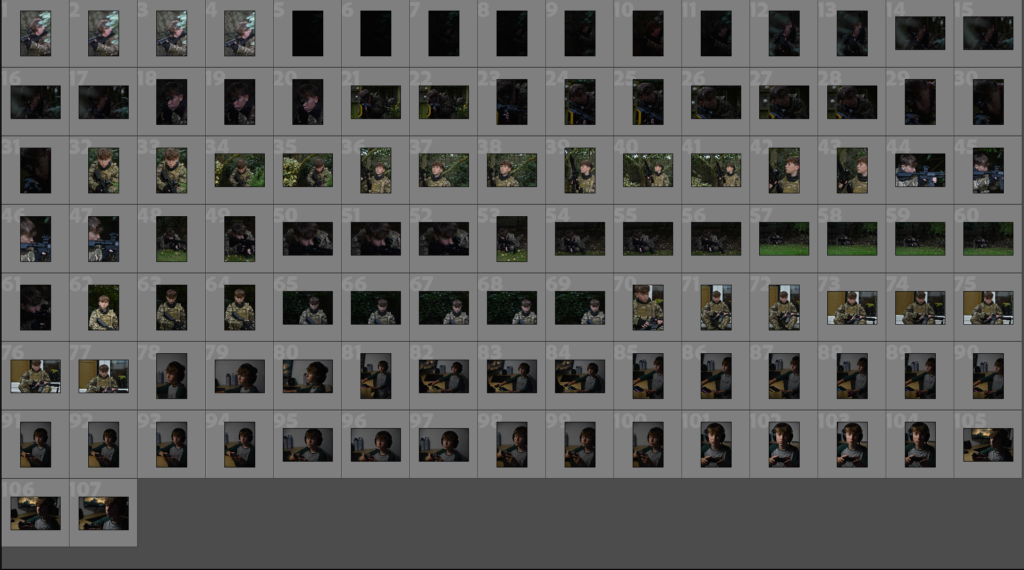
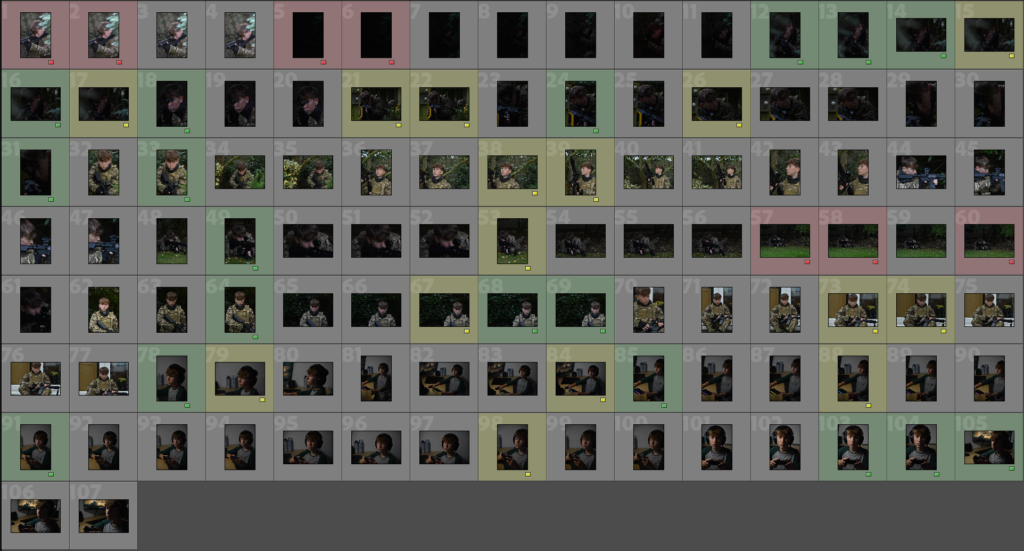
I used three colours to grade which photos are good, okay and bad. It also gave me an idea of which photos I want to work with and edit.
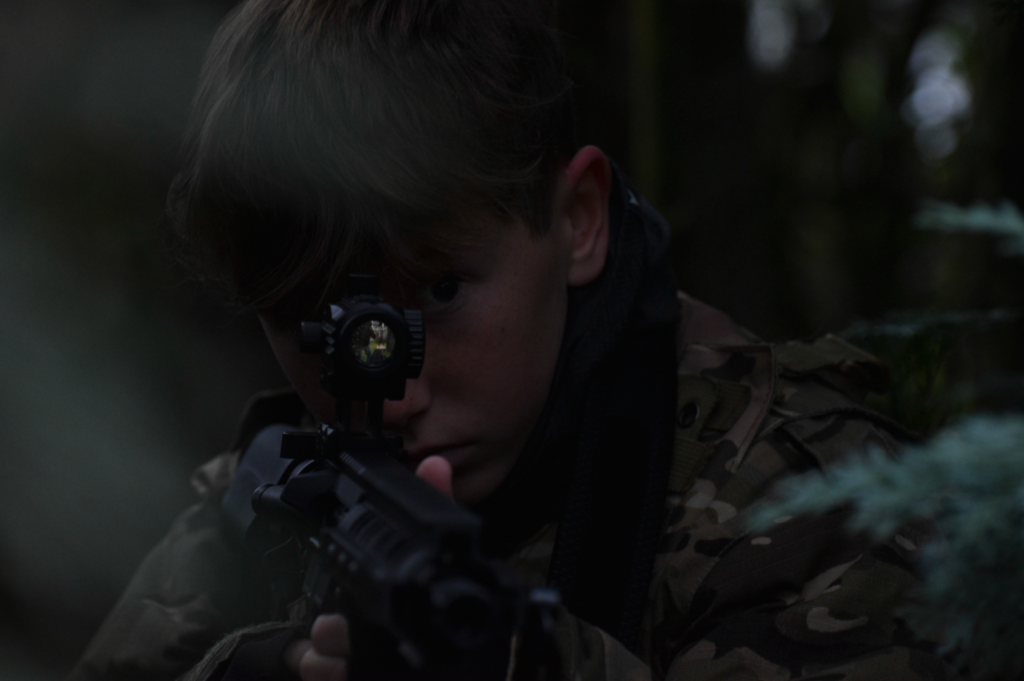
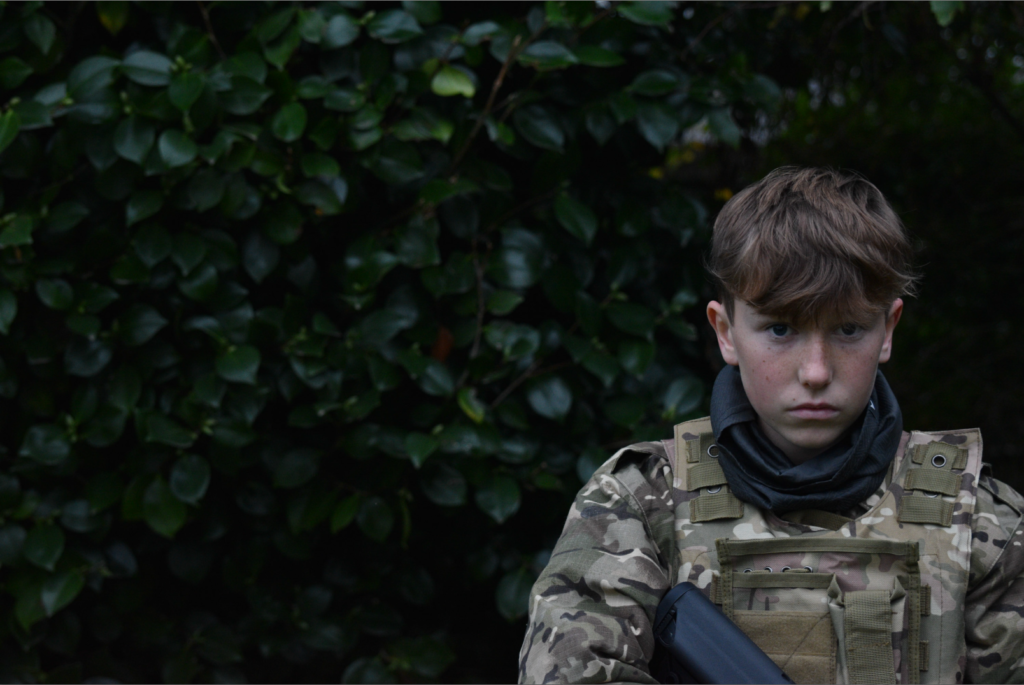

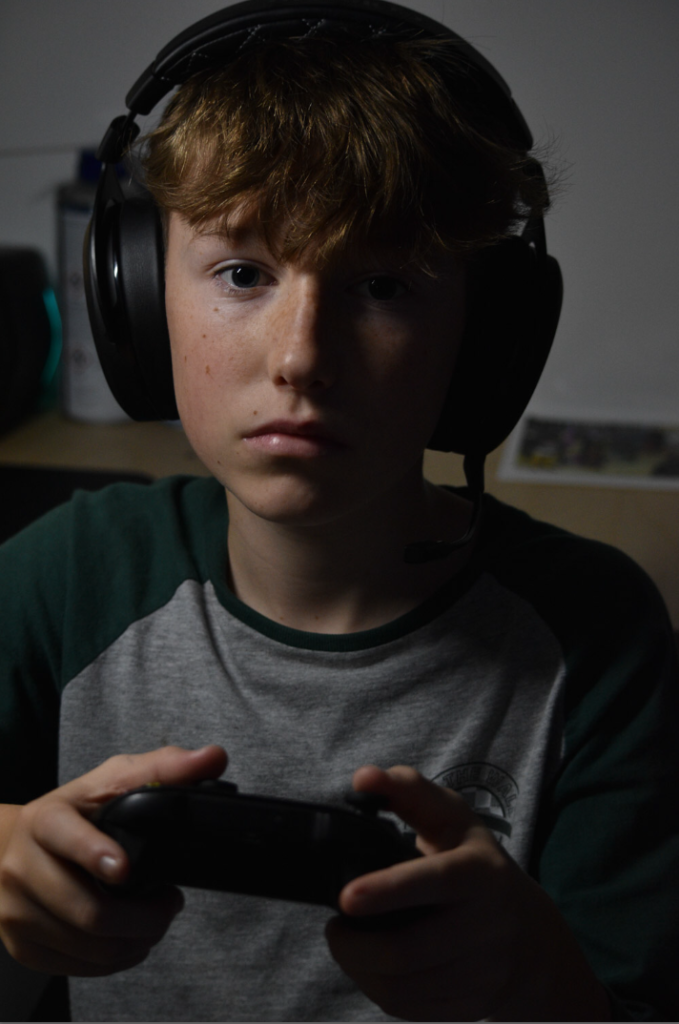
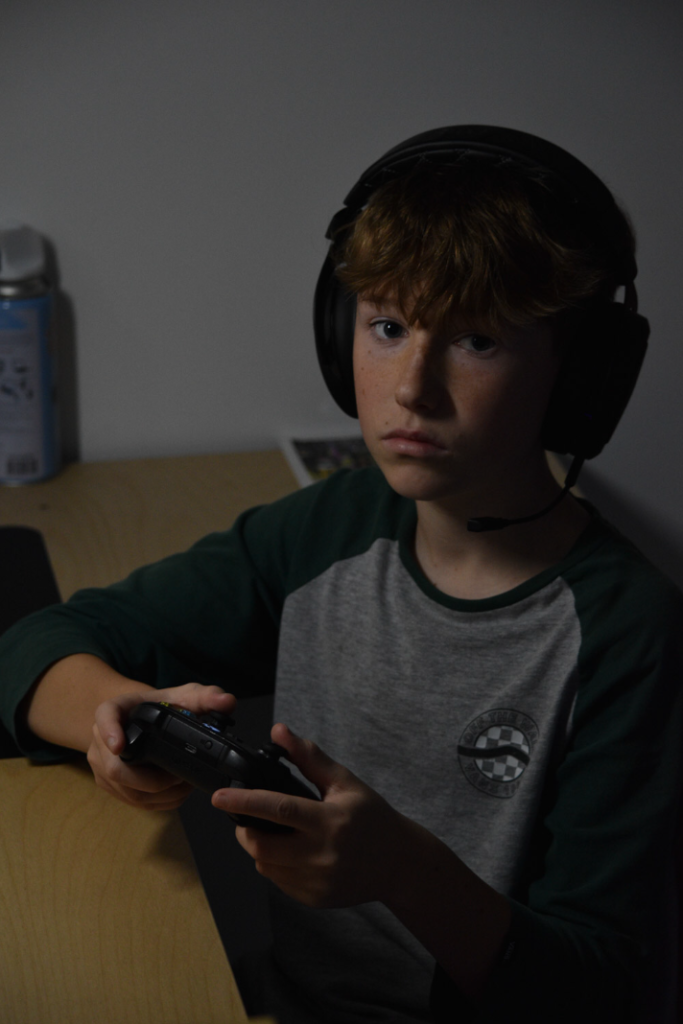
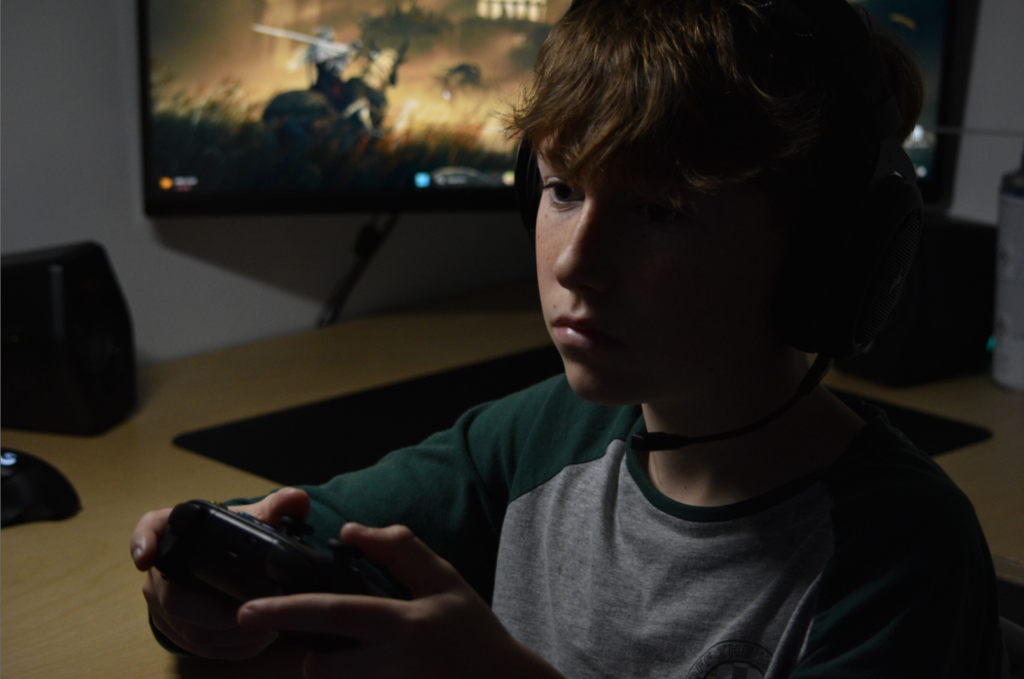
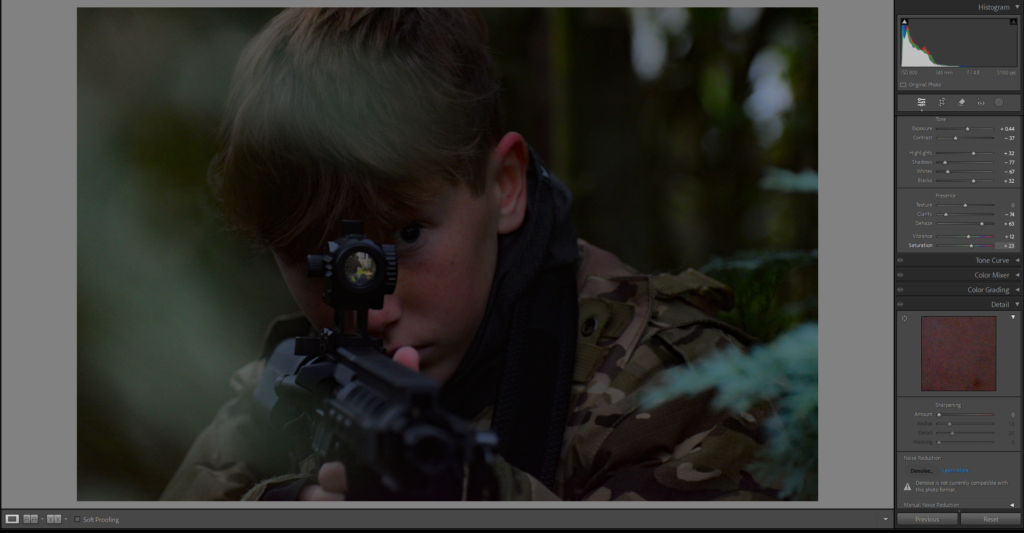
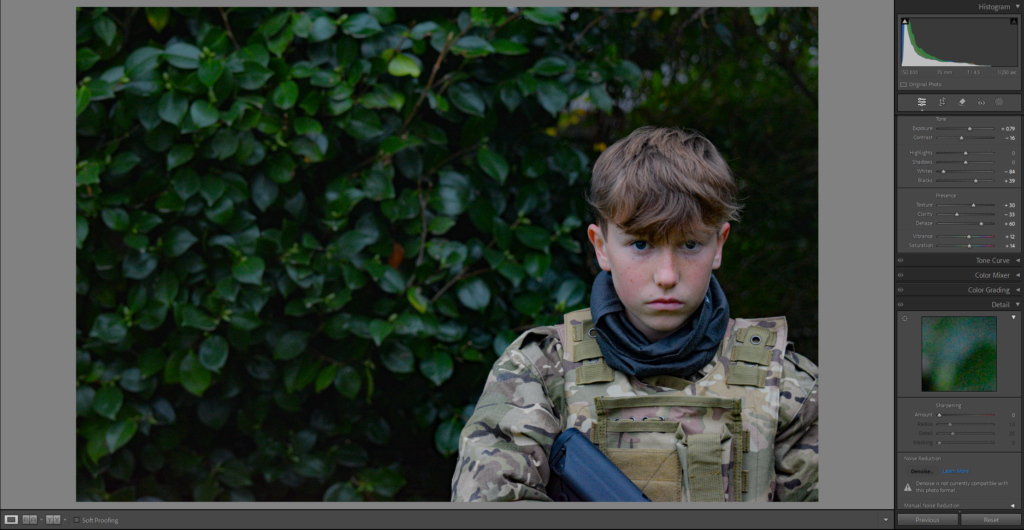
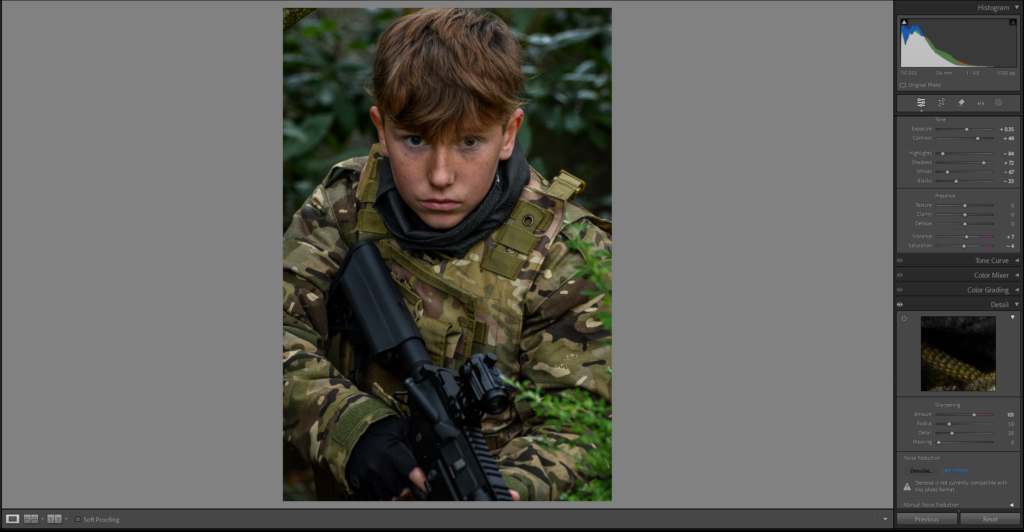
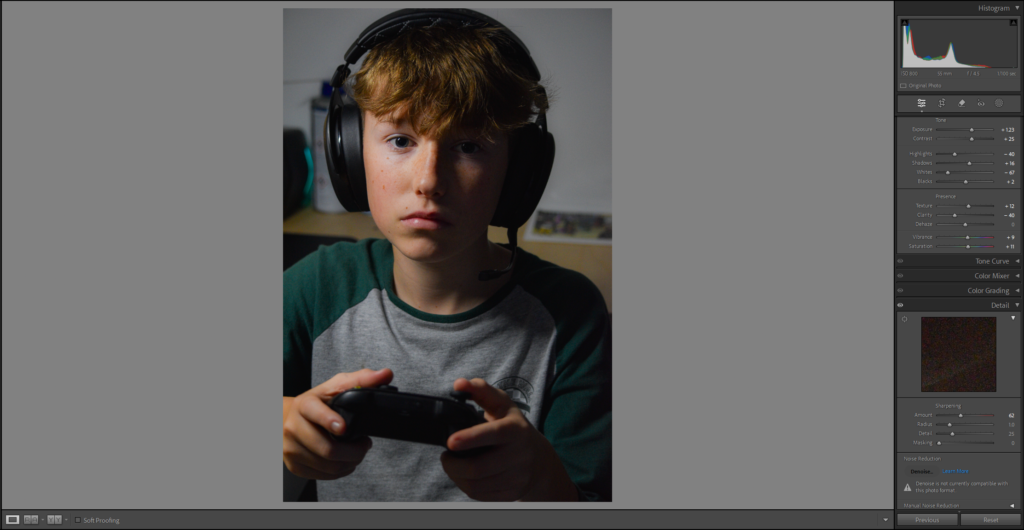
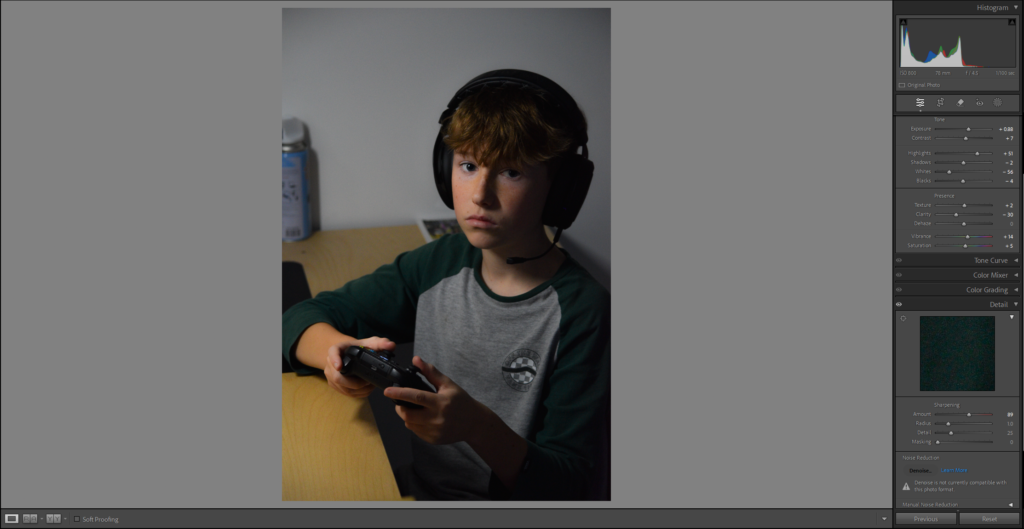
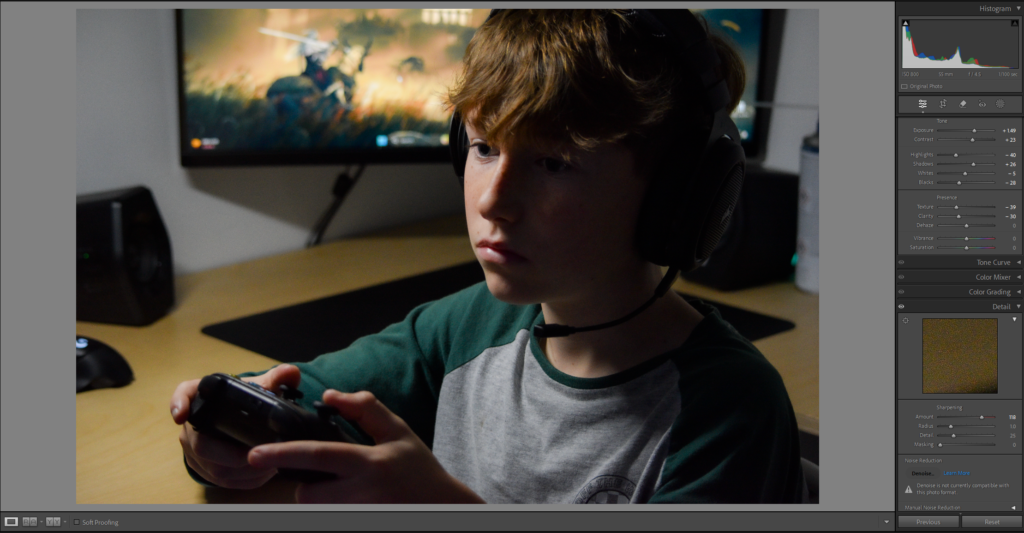
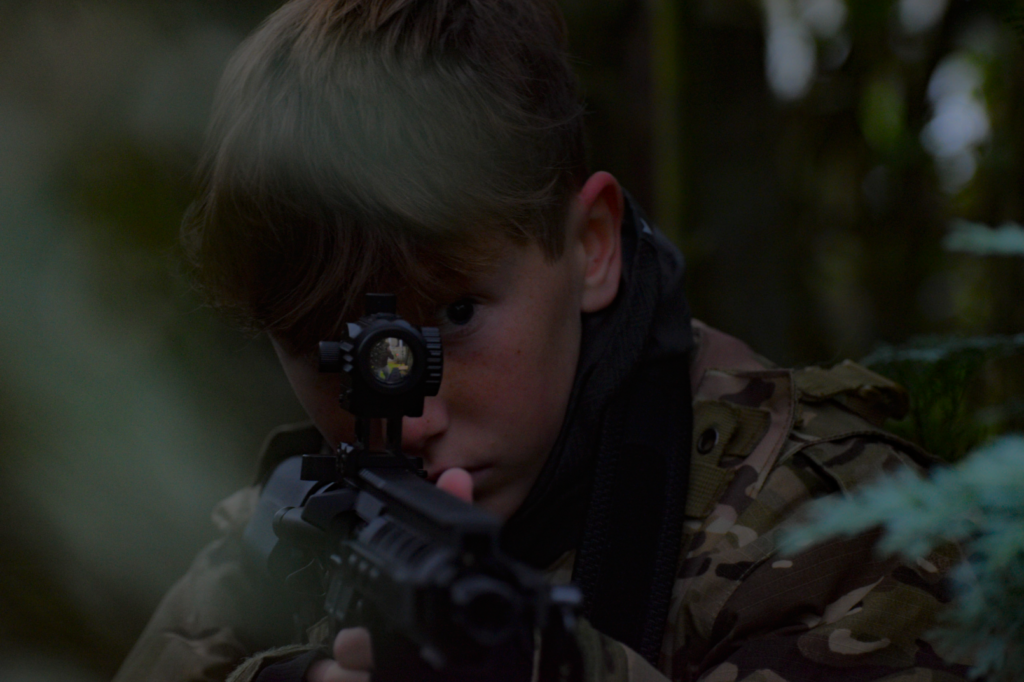
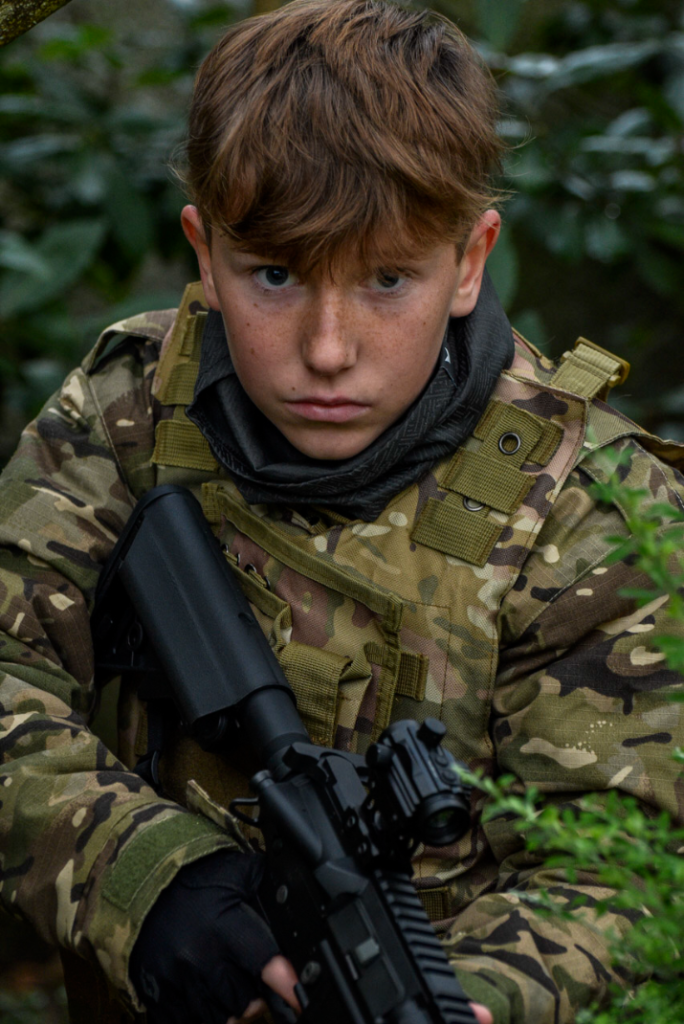
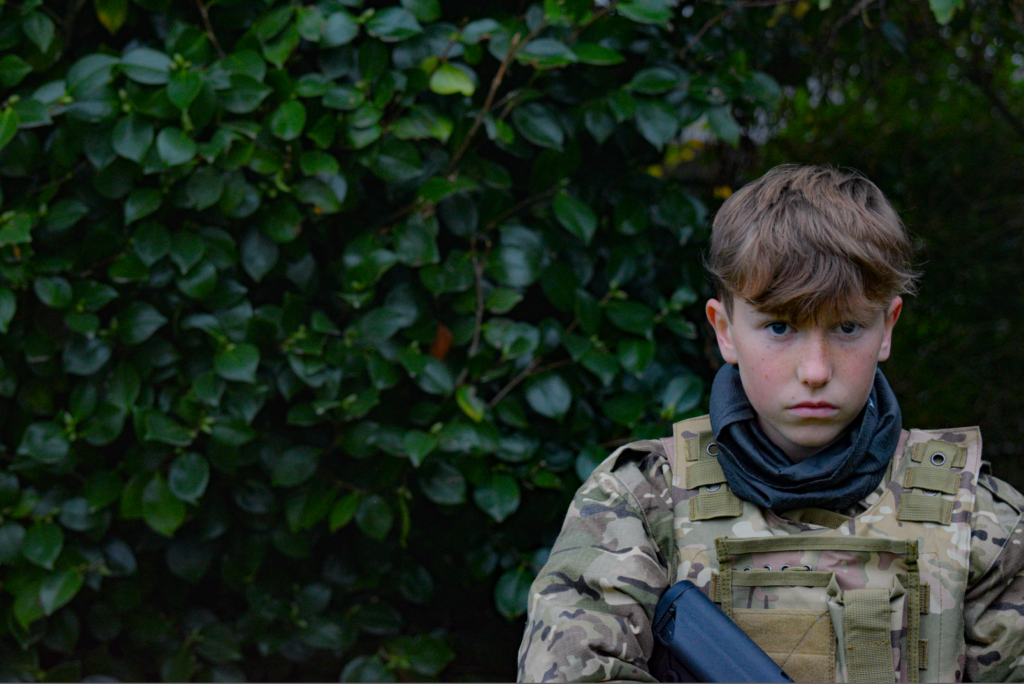
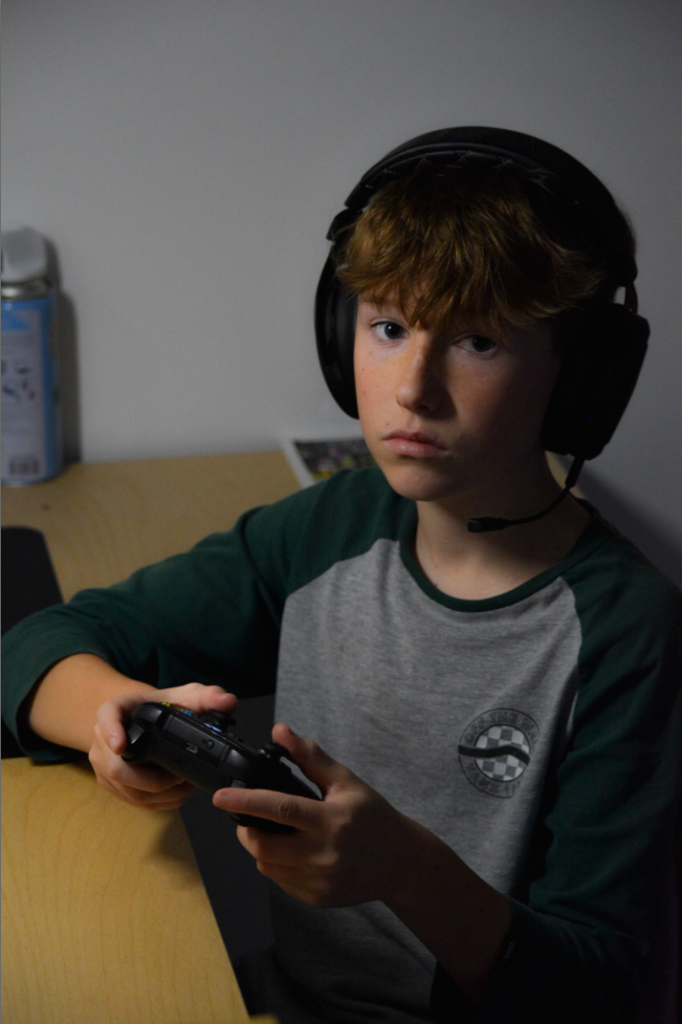
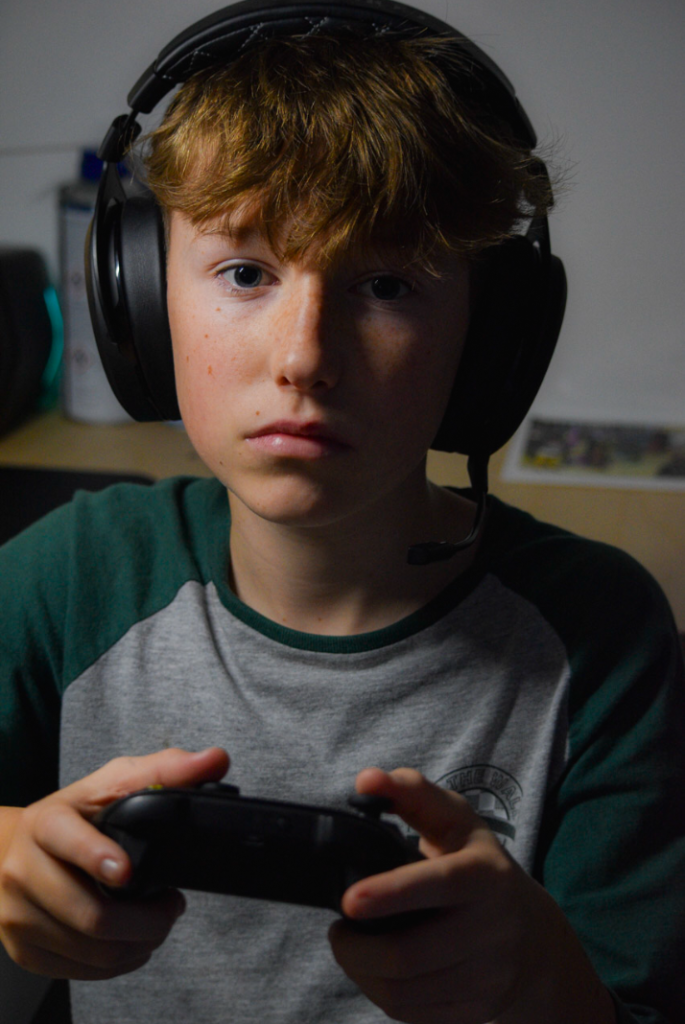
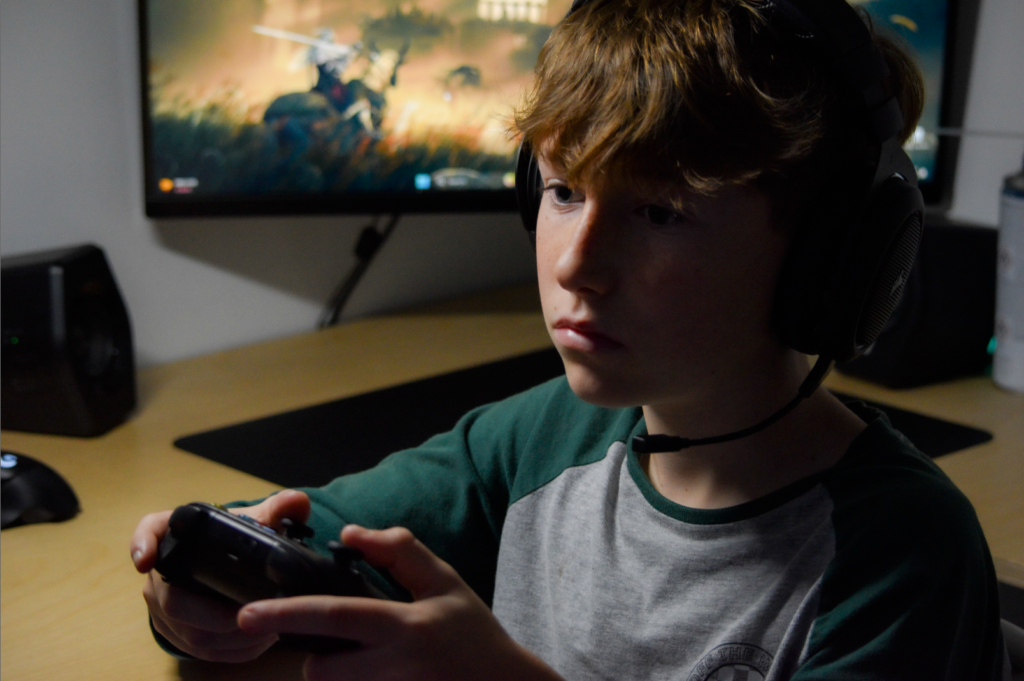
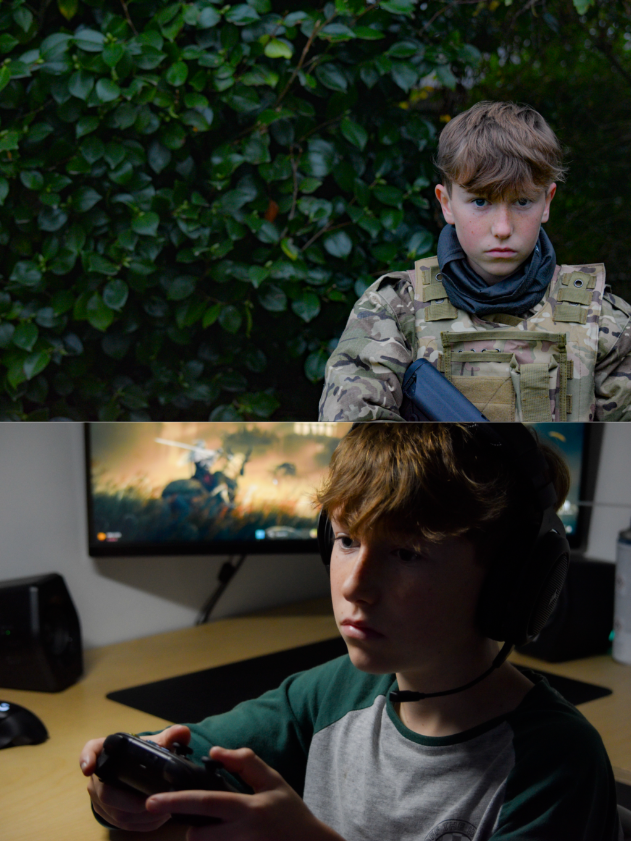
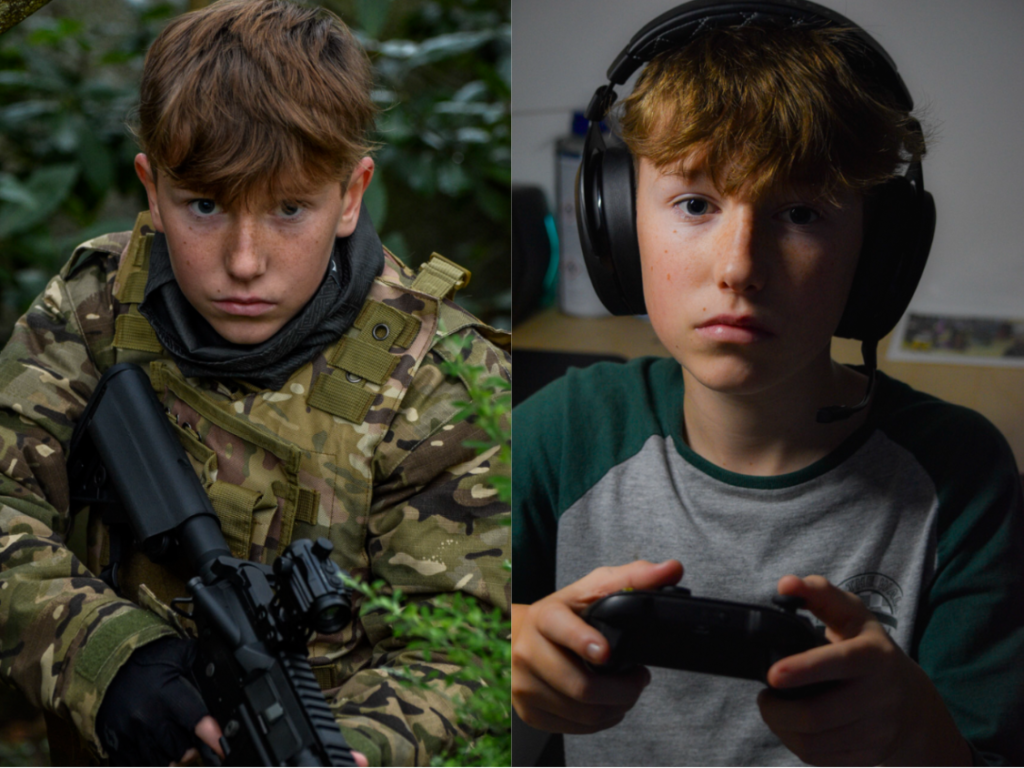
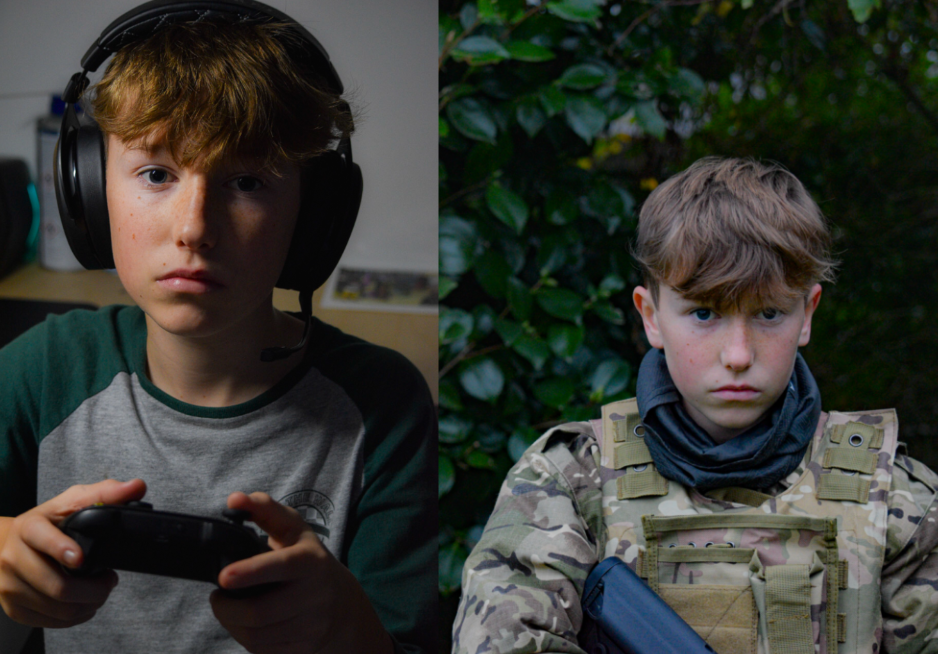
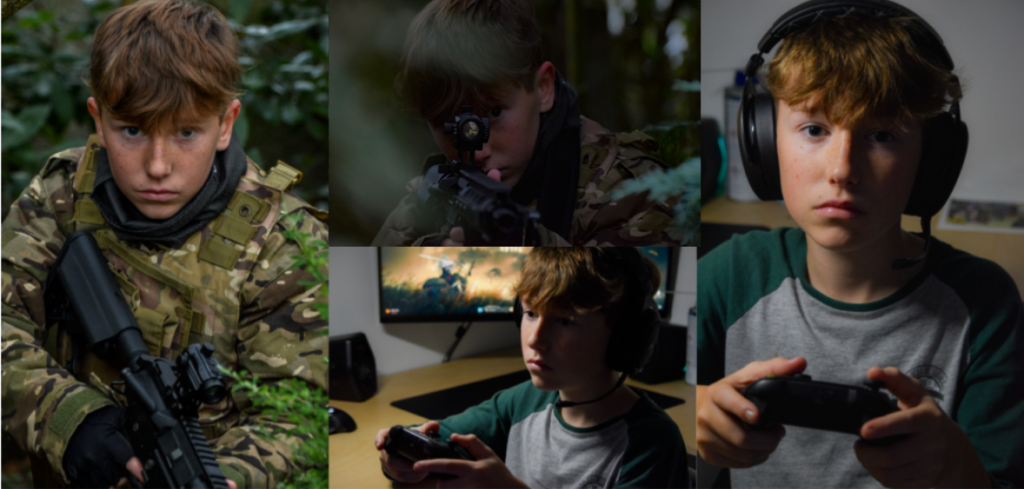
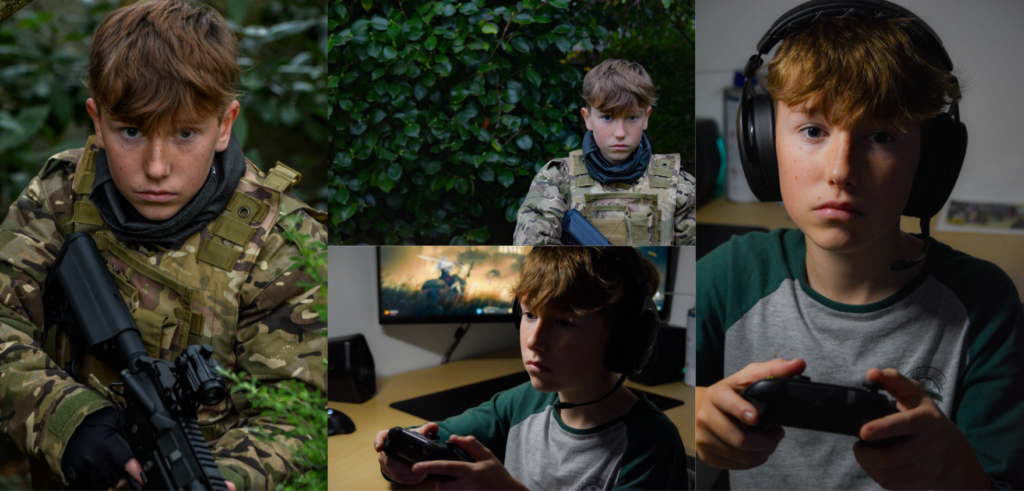
In my opinion I think this photoshoot went really well and I’m super happy with the outcome. The photos I produced is exactly what I was aiming to do originally and in the photoshoot plan. I think the editing process went really well and really enhanced my already good photos. To improve my next photoshoot I might consider shooting photos in better light or cropping in while editing.
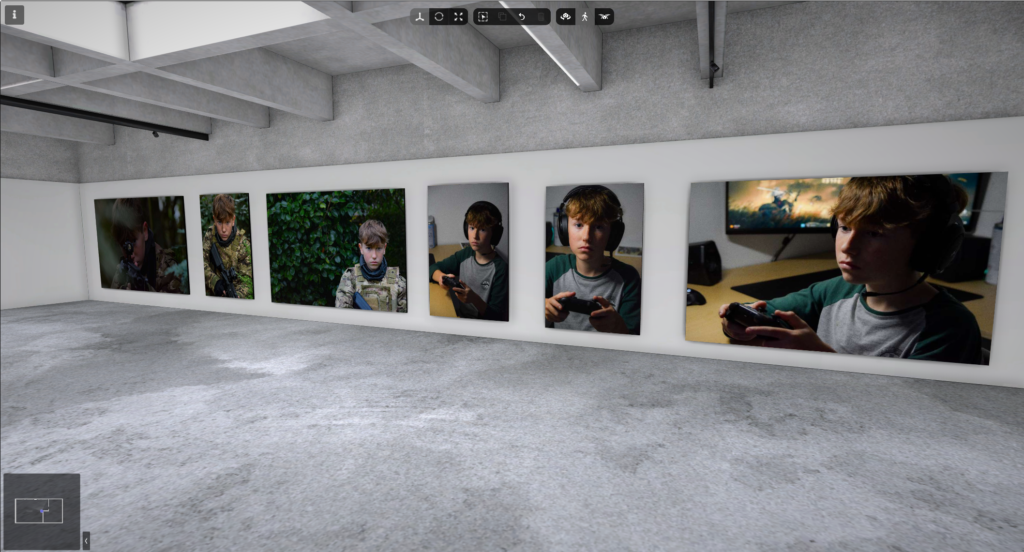
I used Art Steps to create a realistic gallery of my best, edited photos.
Mood-Board, Mind-map of ideas:
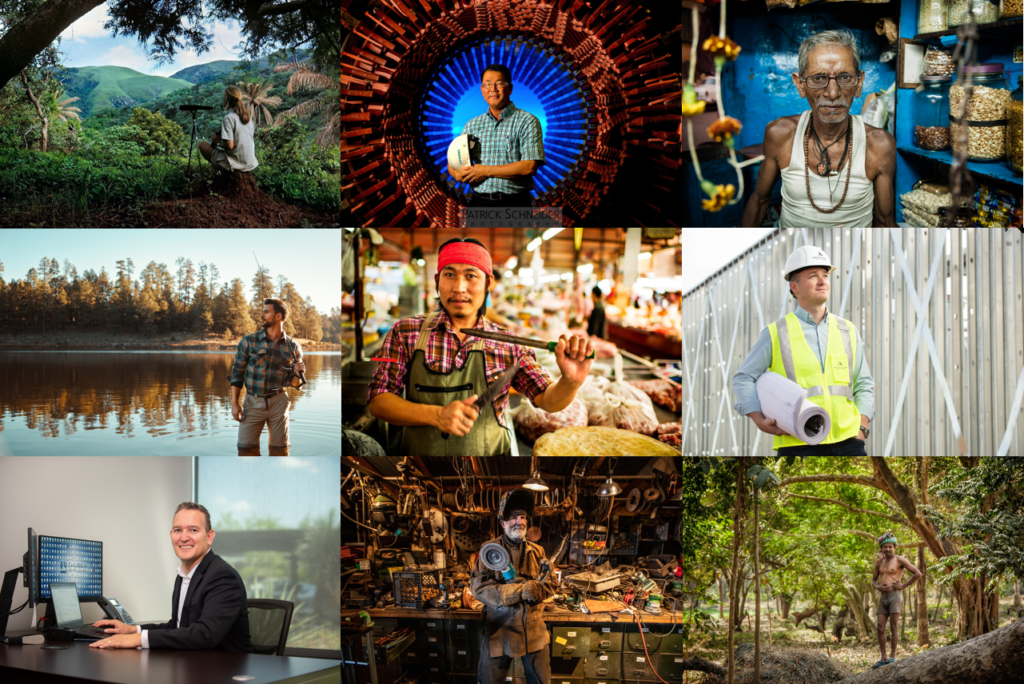
Definition and introduction:
An environmental portrait is a photo of someone taken in their own space, like their home, office, or any place that’s meaningful to them. Unlike a traditional portrait where the focus is just on the person, in an environmental portrait, the surroundings are just as important. The place they’re in helps tell us something about who they are. The environment can reveal a lot about the person’s personality. For example, if someone is photographed surrounded by books, it might suggest they’re into reading or have an intellectual side. If they’re in a studio with art supplies, we might guess they’re creative. The space can show us what they care about or what they’re passionate about. It adds depth to the person’s identity, turning the portrait into a more complete picture of who they are.
Compare and contrast to artist reference:
Arnold Newman

Arnold Newman (1918–2006) was a famous American photographer known for his portraits that told a bigger story about his subjects. Instead of just snapping a regular headshot, Newman’s portraits often included the subject’s surroundings places or objects that reflected who they were and what they did. This style became known as environmental portraiture. Newman started out in New York and studied photography at the University of Miami. He worked in commercial photography early on but soon developed his own artistic style. Rather than taking posed, studio photos, he preferred to shoot people in the places that defined them, like artists in their studios or musicians with their instruments. Some of his most famous photos include a shot of composer Igor Stravinsky at the piano and an image of Alfried Krupp. Newman’s portraits helped show not just what someone looked like, but who they were and what they cared about.
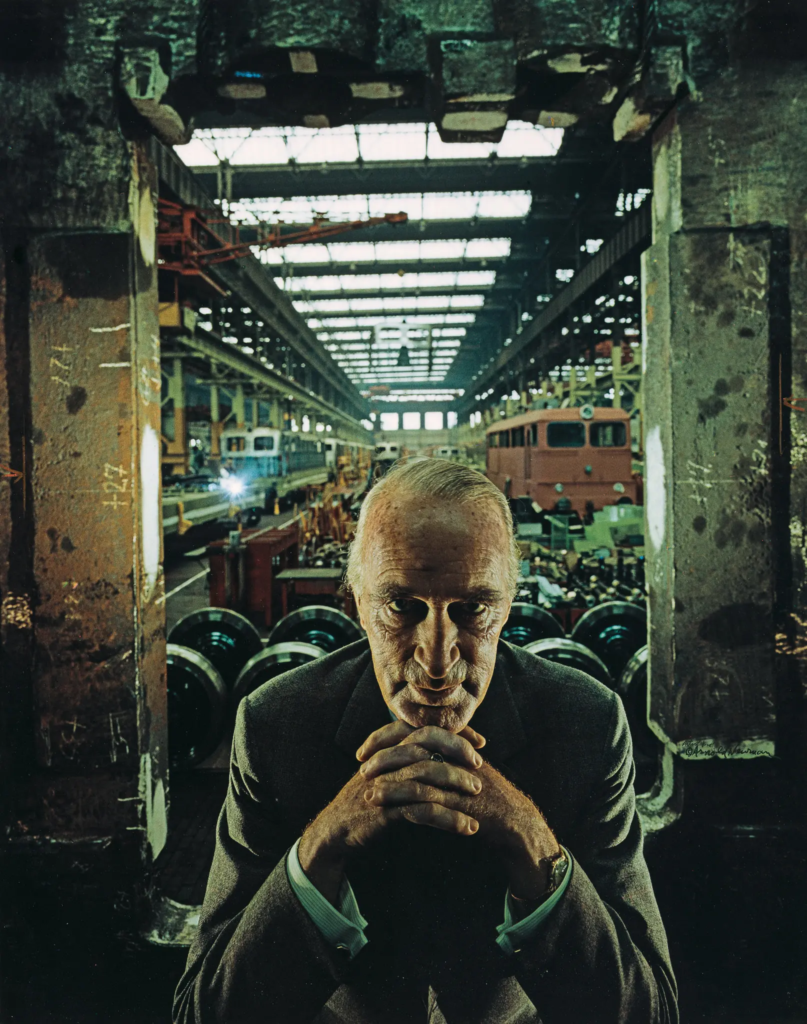
Visual:
The photo of Alfred Krupp, taken by Arnold Newman, puts him right at the center of the frame, making him the clear focal point. The concrete pillars in the background add to the cold, industrial vibe, giving the whole scene a harsh, almost intimidating feel. Krupp is leaning slightly forward, his hands clasped under his chin, and he’s making direct eye contact with the camera. His posture and gaze suggest confidence, but there’s also something sinister about it. The industrial backdrop makes it look like Krupp is in charge of everything around him, adding to his sense of power. The lines in the photo, especially those at the top, draw the viewer’s eyes directly to his face, which adds to the feeling that he’s the center of everything. The balance of light and dark in the image also plays a big role. The light at the top of the photo contrasts with the darker bottom, creating a sense of tension and drama. This contrast exaggerates the eerie feeling, making Krupp seem even more menacing. His elevated position in the frame makes him appear in control, almost as if he’s towering over the scene.
Technical:
Technically, the lighting in the photo seems to be artificial, casting sharp shadows across Krupp’s face and deepening the intensity of his gaze. The sharp focus on Krupp’s face suggests a medium aperture, which keeps him in clear focus while the background is a bit softer but still recognizable. The fast shutter speed used helps keep everything crisp, with no blur in the image, and it helps maintain a balanced exposure. The camera is at eye level with Krupp, which makes the viewer feel like they’re sitting right across from him. This angle not only draws us in but also makes the photo feel more confrontational and unsettling.
Contextual:
As for the context, Alfred Krupp was a German industrialist who ran factories that produced weapons for Nazi Germany during World War II. His factories relied on forced labor, including prisoners of war, many of were Jewish. These workers were often worked to death in brutal conditions, making Krupp a figure of hate. Arnold Newman, who was Jewish, didn’t want to take the photo at first but eventually agreed. During the shoot, Newman asked Krupp to lean forward a little, and when Krupp did, he clasped his hands under his chin. The way the light hit Krupp’s face in that moment was striking, and Newman said he got a chill down his spine when he saw it. That moment led to one of Newman’s most famous photos.
Conceptual:
When Krupp saw the photo, he was reportedly furious. For Newman, though, this was a bit of sweet revenge. The photo captured Krupp in a way that was both sincere and menacing, showing a side of him that was both powerful and unsettling. As the image circulated, it forced Krupp into the public eye, pulling him out of the shadows and exposing his true nature. For Newman, it was more than just a portrait, it was a way to share his own deep hatred for Krupp with the world, using the photograph as a tool to show the man’s cruelty and dark legacy.
August Sander

August Sander was a German photographer known for his groundbreaking portraits that captured the different people in German society during the early 20th century. He’s considered one of the most important portrait photographers of his time. Sander’s work aimed to document the variety of social classes, professions, and lifestyles in Germany, especially during the period between the World Wars. His most famous project, Antlitz der Zeit (Face of Our Time), was a collection of portraits of people from all walks of life, from farmers and factory workers to scientists and artists. Rather than just taking a photo, Sander tried to reveal something deeper about each person, showing who they were in their society and what their role in it was. His approach was direct and respectful, aiming to capture the personality and dignity of each subject.

Subject:
The photo shows an elderly man using two walking sticks, standing in the foreground. He seems to have paused while walking up the lane in the background. You can tell he’s old by his bent posture and white facial hair. The man appears to have been walking along the road and stopped to face the camera. He’s positioned to the right of the frame, looking toward the center and into the empty space on the left. This draws your eye to the building in the background, suggesting that he’s heading there. His neutral expression makes it feel like a natural moment, as if he’s just going about his day, not posing for the camera.
Sander’s photographic style helps us connect with the people he captures. The subjects’ direct eye contact with the camera draws us in without being forced or overwhelming. They seem natural and at ease, going about their everyday lives in familiar surroundings. His photos feel like a celebration of ordinary people, giving us a glimpse into who they are and inviting us to appreciate their essence.
The environment:
The house in the background looks like a classic Tudor style, with white stucco walls and decorative half-timbering, or a mix of dark brick and stone. This traditional building adds to the feeling of a cozy, simple setting where the subject likely lives.
Visual:
This photograph, like all of Sander’s work, is in black and white. While this was due to the limitations of cameras at the time, the monochrome style actually strengthens Sander’s typographical approach, giving all his photos a unified feel. The lack of color also brings out the tonal contrasts in the image. For example, the dark shrubbery on the right contrasts with the lighter pathway on the left, guiding your eye towards the house in the background. The rough, natural texture of both the shrubs and the path suggests this is a rural setting.
Leading Lines:
The main leading line directs your gaze from the bottom right corner, up to the subject, and then towards the house. Additionally, the angle of the walking sticks guides your eye straight to the subject’s face.

Balance:
The line formed by the shrubs in the background cuts through the photo, splitting it into two halves. The bottom half features the pathway, which is more open and empty, creating a contrast with the heavier details in the top half of the image.

Composition:
Upon closer inspection, it seems Sander has applied the rule of thirds in this composition. The subject is positioned at the intersection of the right third, while the house is placed within the top left third. The subject takes up two-thirds of the frame, making it the main focus of the image.
Angle:
The photo is taken from an eye-level perspective, which helps establish a sense of equality and connection between the subject and the viewer. By aligning the camera with the subject’s eye level, Sander creates a more personal, direct interaction. This perspective allows the viewer to engage with the subject in a way that feels natural, as if we are standing right there with them.
Technical:
The photo uses natural lighting, which adds to its authentic, unposed feel. The exposure is well-balanced, without any formal experimentation, allowing the scene to appear straightforward and true to life. The large aperture creates a shallow depth of field, focusing our attention on the subject in the foreground while softly blurring the background.
Context:
This photograph is part of Sander’s book Face of Our Time, first published in 1929 with a foreword by German writer Alfred Döblin. When it was first released, the book was advertised as follows: “The sixty portraits of twentieth-century Germans featured in Face of Our Time represent just a small selection from August Sander’s larger body of work, which he began in 1910 and spent two decades developing and refining. Sander did not approach this monumental project from an academic or scientific perspective, nor did he seek guidance from racial theorists or social researchers. Instead, he drew on his own direct observations of human nature, appearances, and the environment, guided by an instinct for what is authentic and essential.”
Conceptual:
The book is titled Face of Our Time, not Faces, which suggests that, together, these individuals form a single collective identity. It could be interpreted that Sander’s concept was to unite these people as a representation of his era. There is no underlying theory driving the work, just a straightforward examination of the period, capturing it in its purest form on the “face” of it.
Photoshoot Plan:
Mind map:
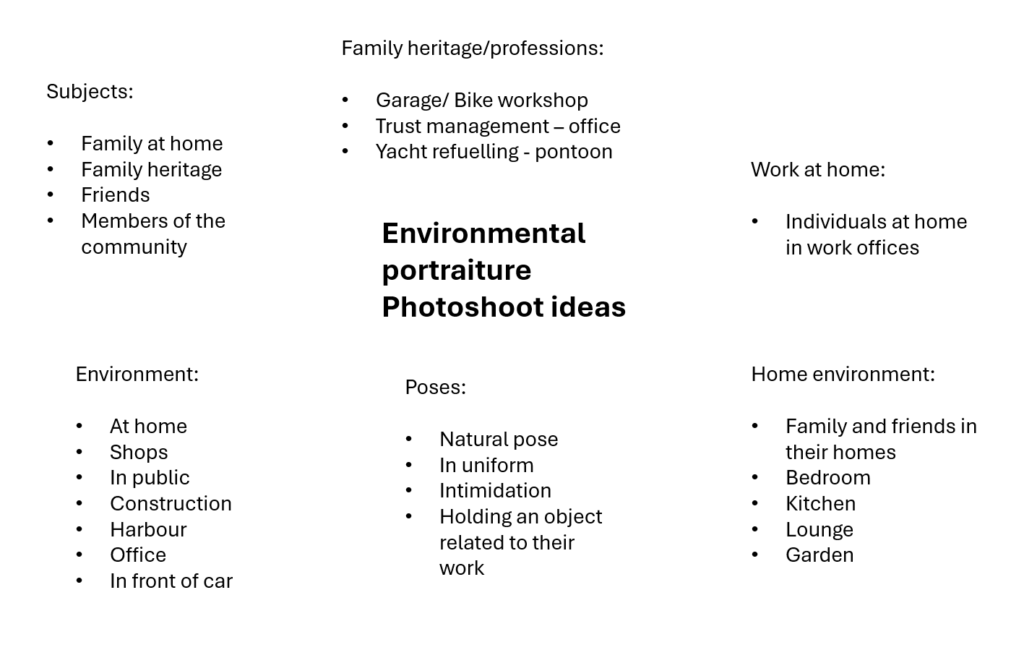
Action plan:
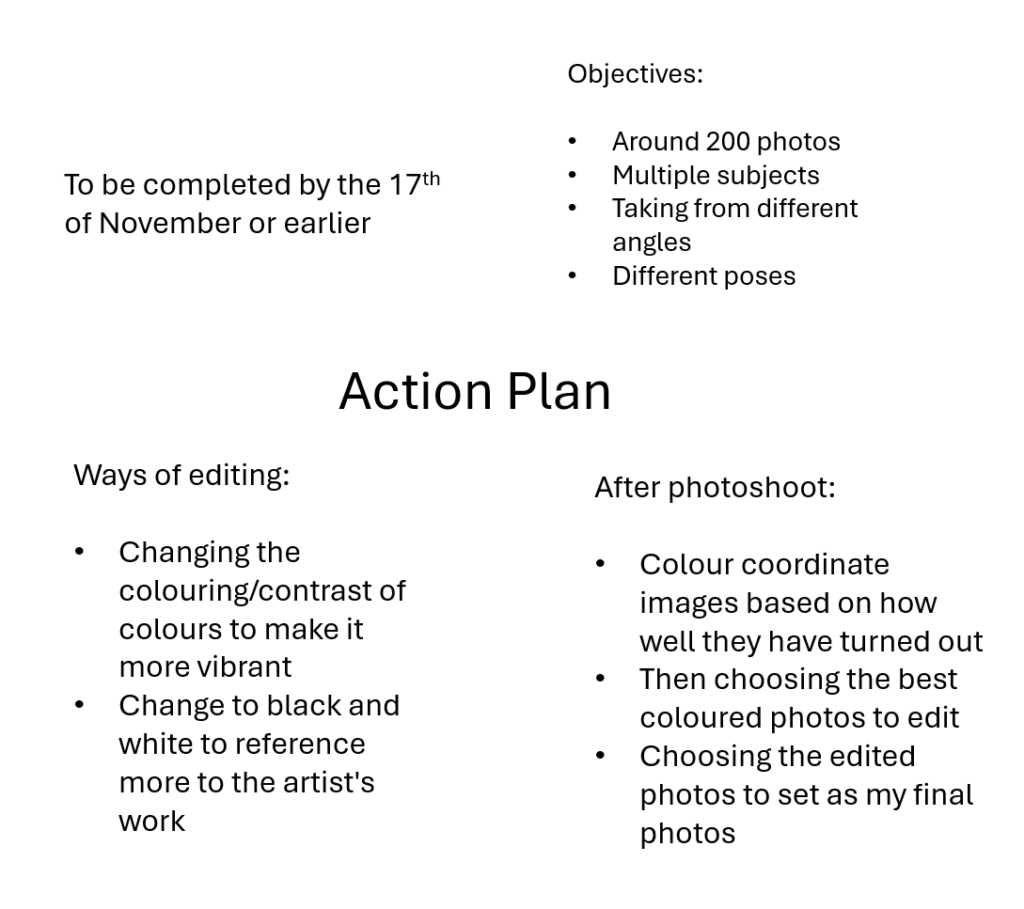
Photoshoot:
Photos inside of school:
These are the photos i have taken inside of school, in which I have colour coordinated them in terms of how good I think they are as a photo in general. With green being good, yellow being decent and red being bad. The green colours also signify that they are ready to be editing. The yellow colours could signify what I should improve on in the photo to make it good/green.
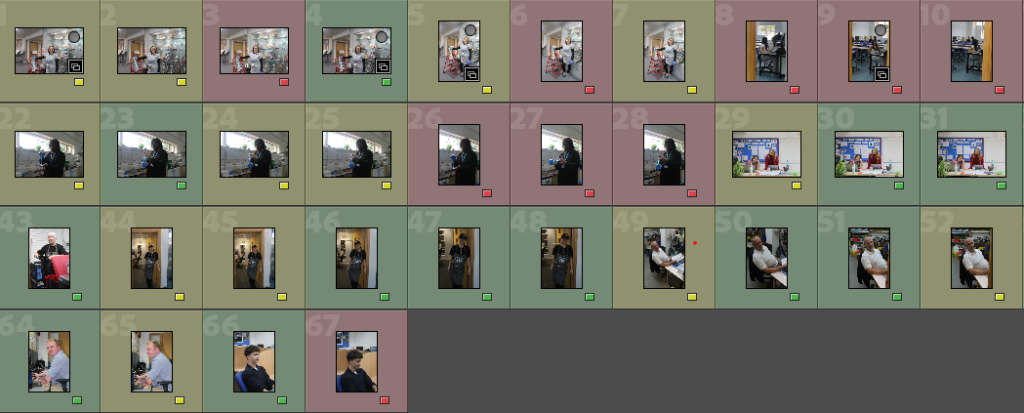

Editing photos of inside school:
For this edit, I changed the colour to black and white to more relate to August Sander’s work and how most of his work is in black and white as well. After this, I experimented with the tone and presence sliders in which enabled me to tweak the photo to completely how i would want it. I then cropped it to then make the subjects more of the focus in the photo, getting rid of any negative space in the process.
Before:
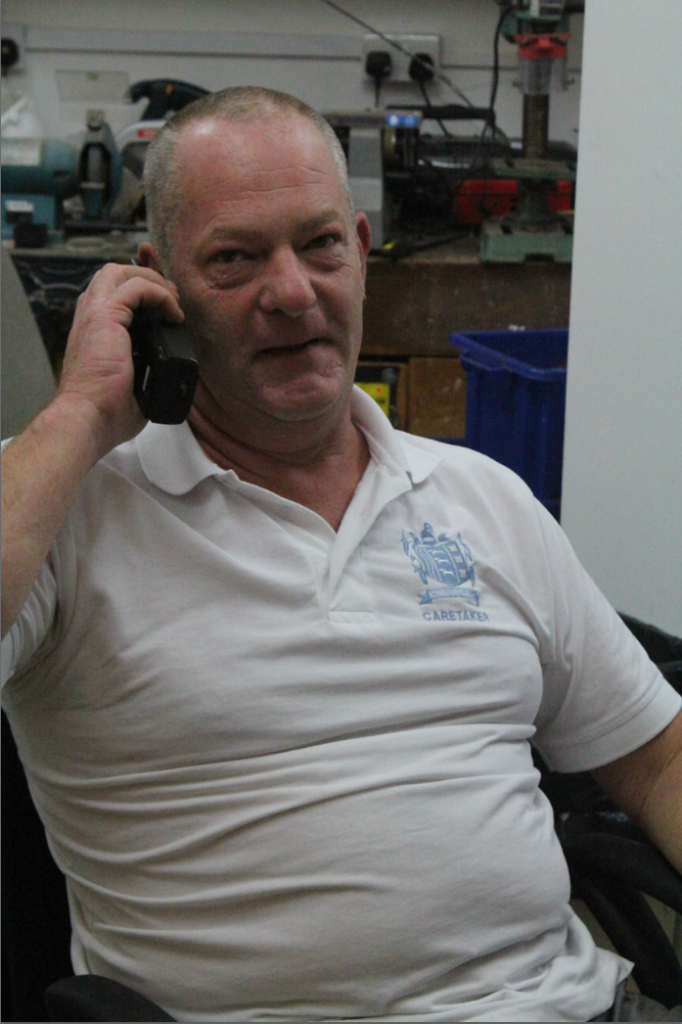
After:
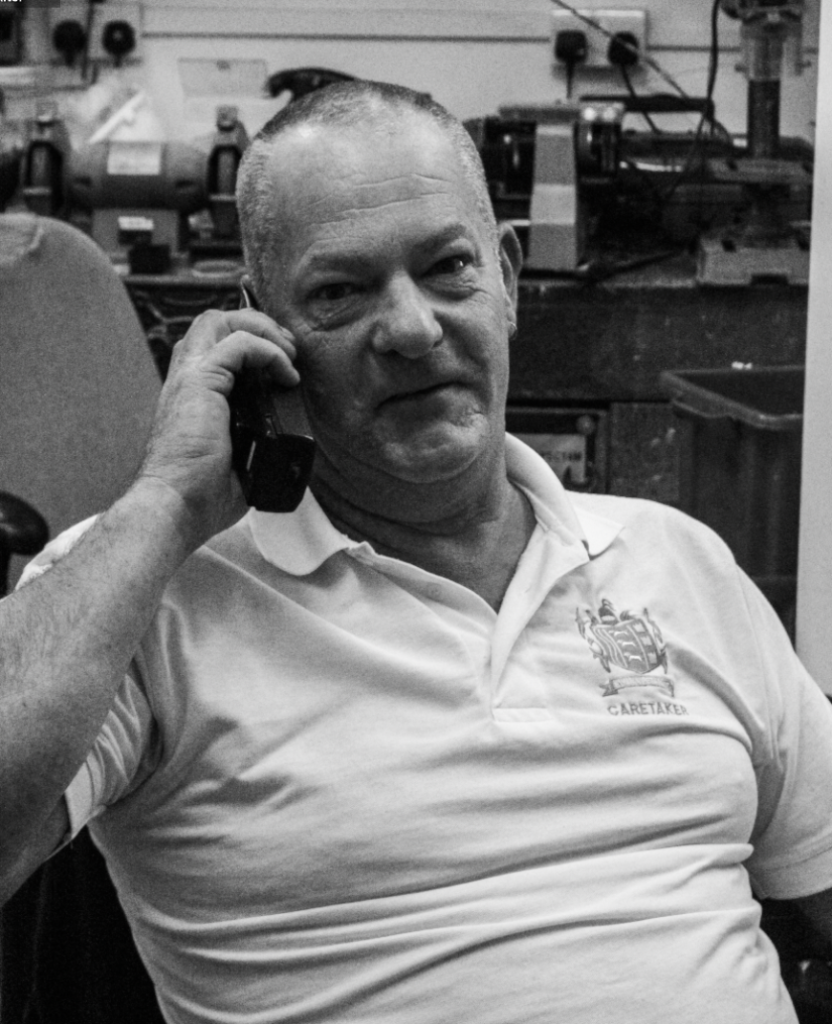
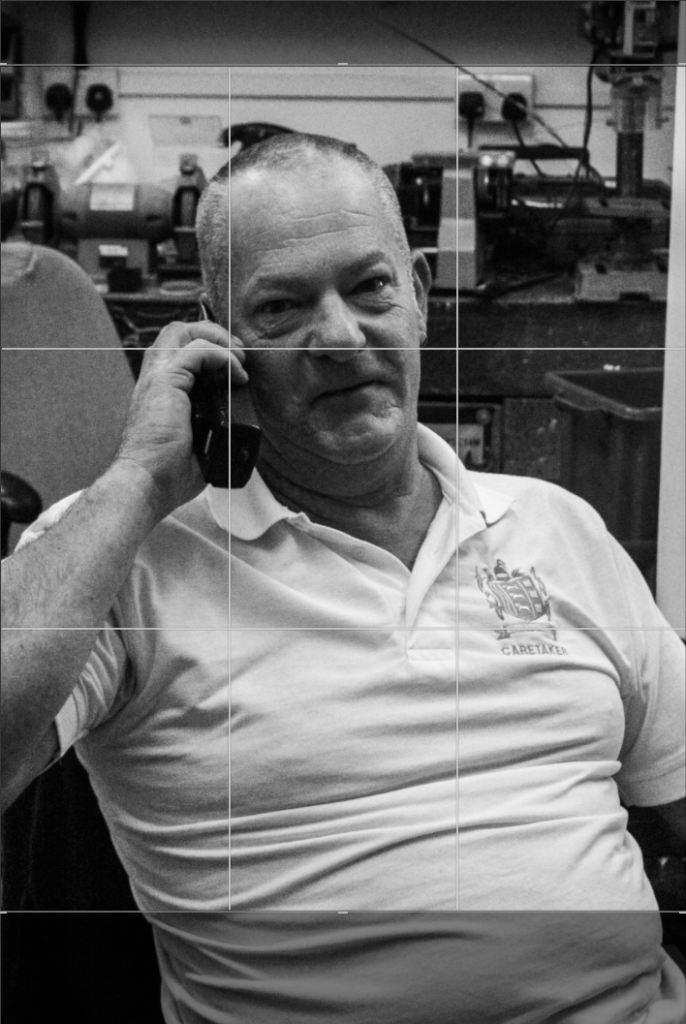
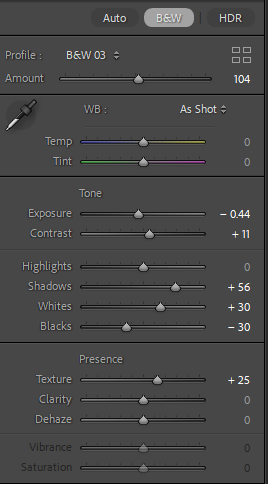
Contact sheet inside school:
Photos outside of school:
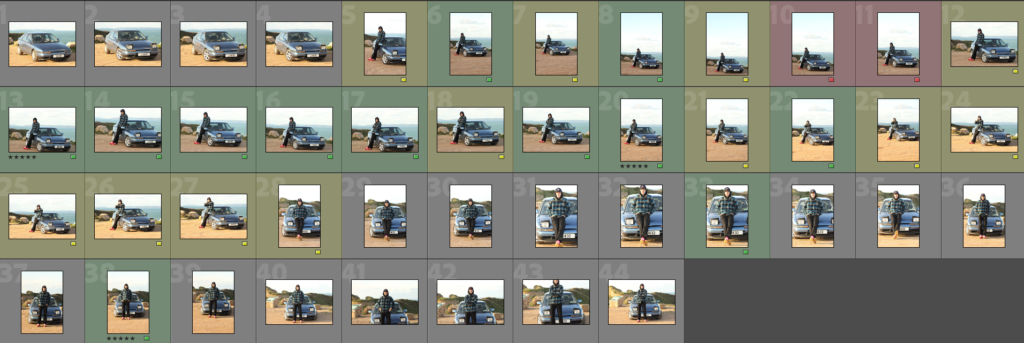
Before:
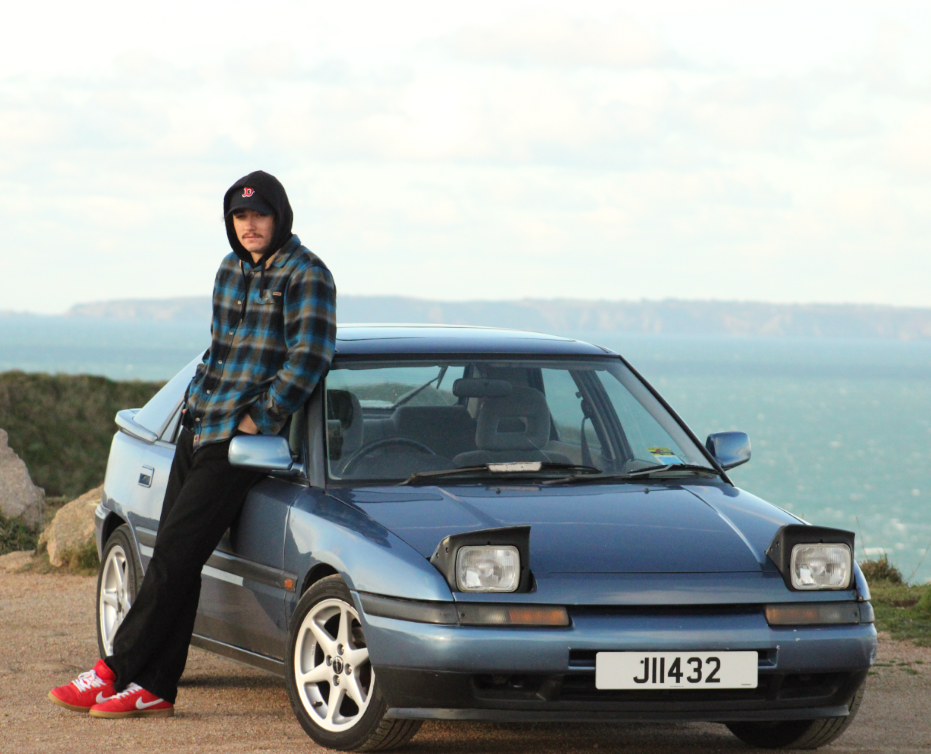
After:
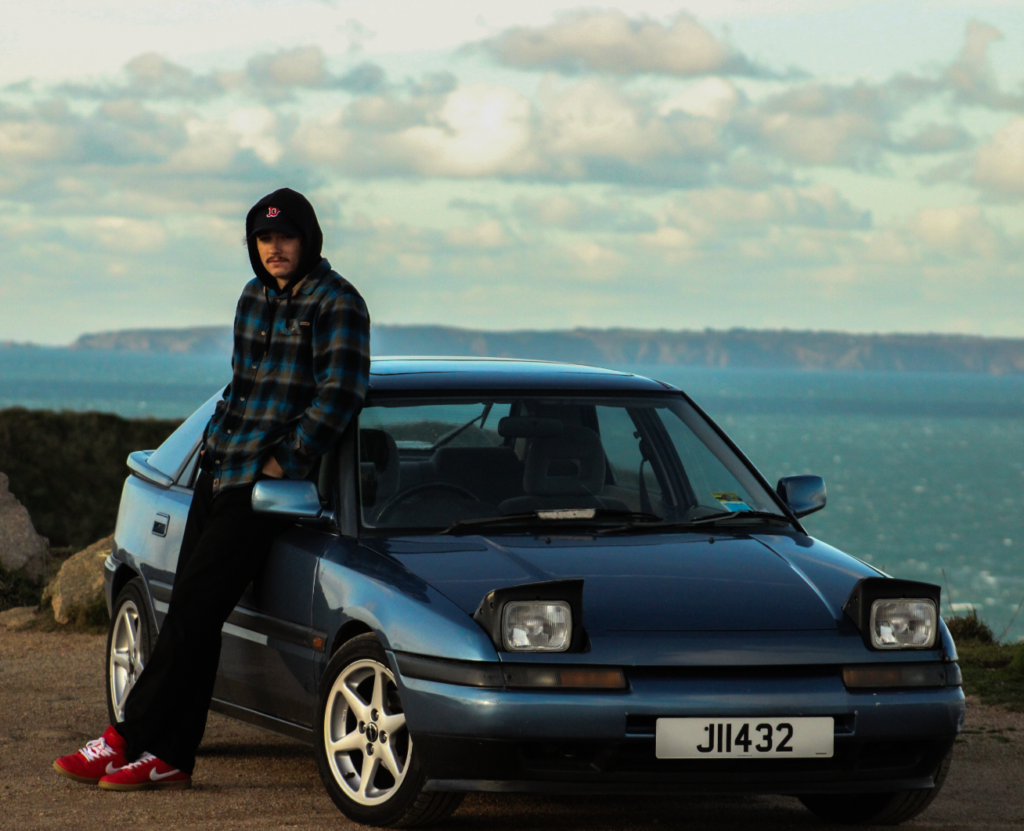
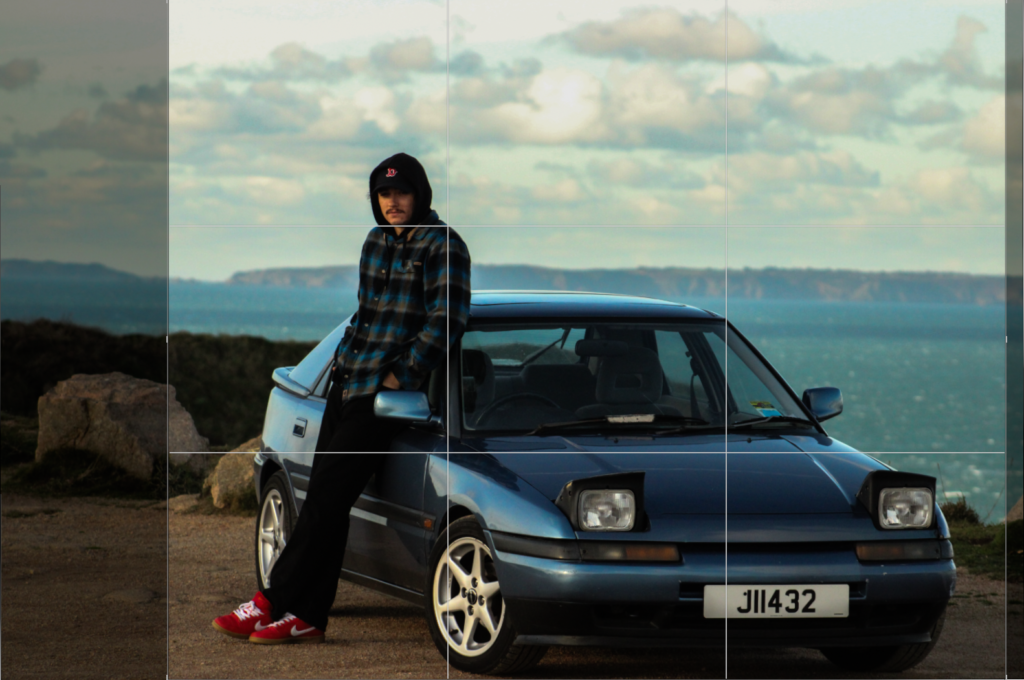
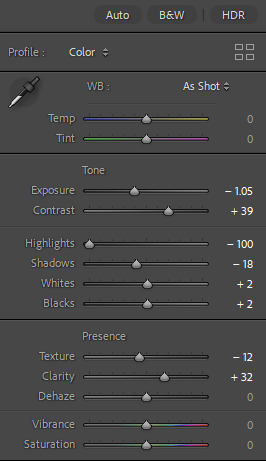
Before:
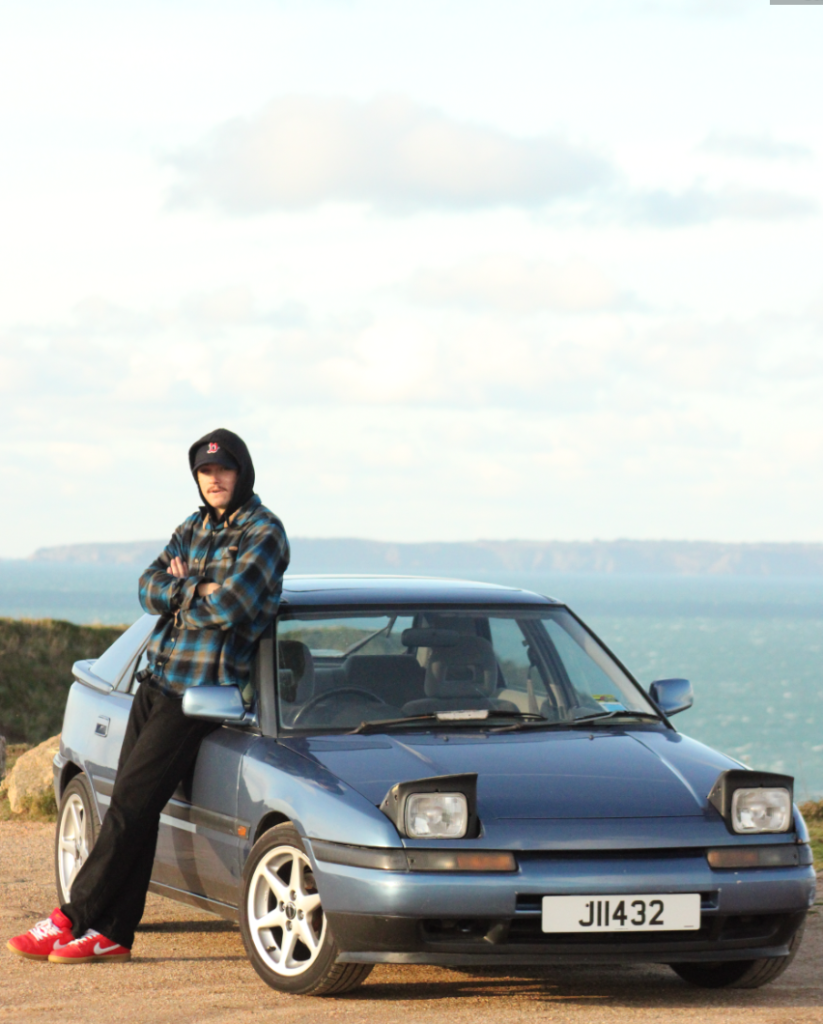
After:
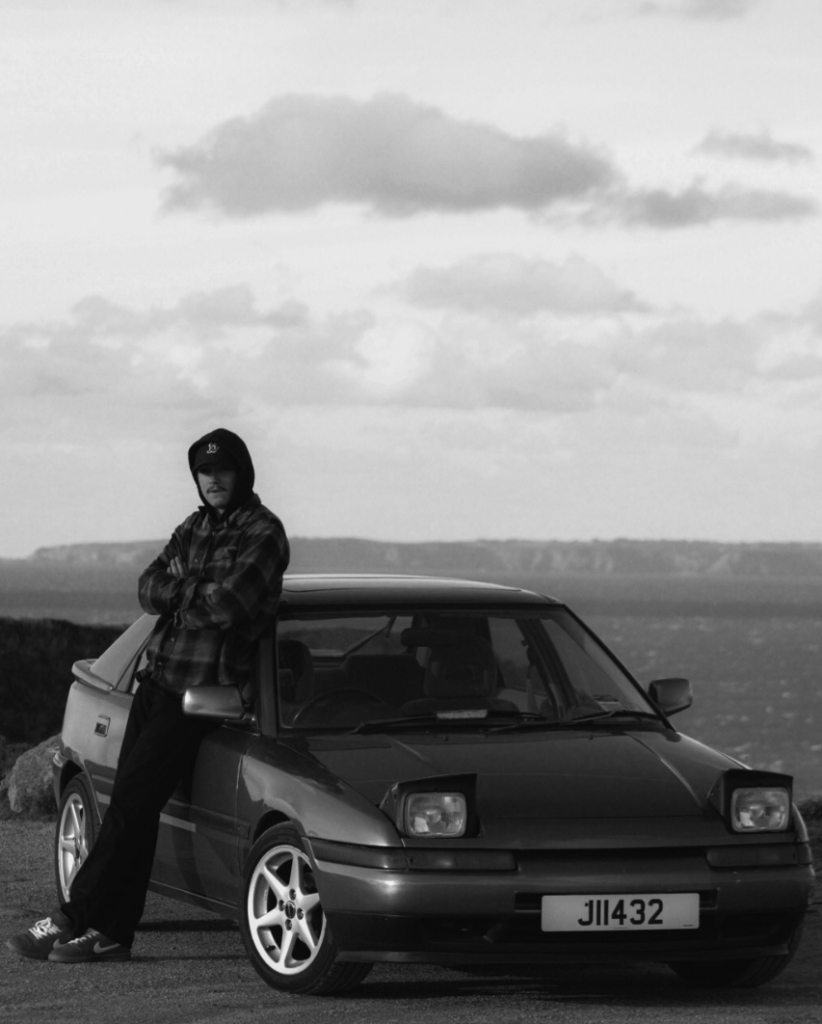
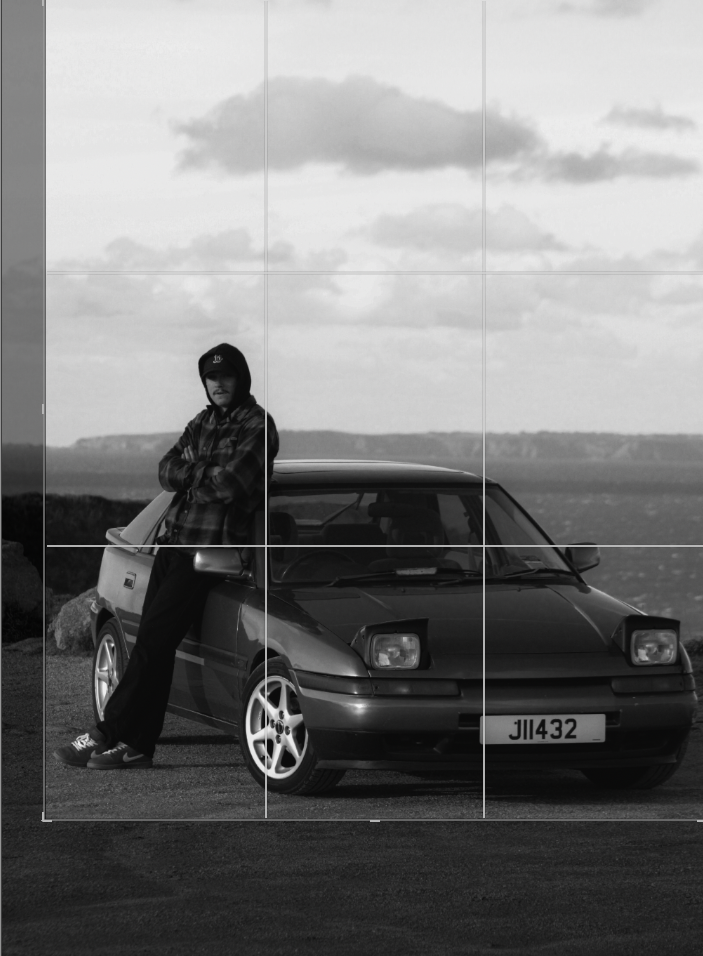
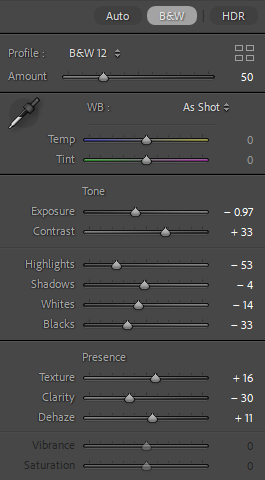
Before:
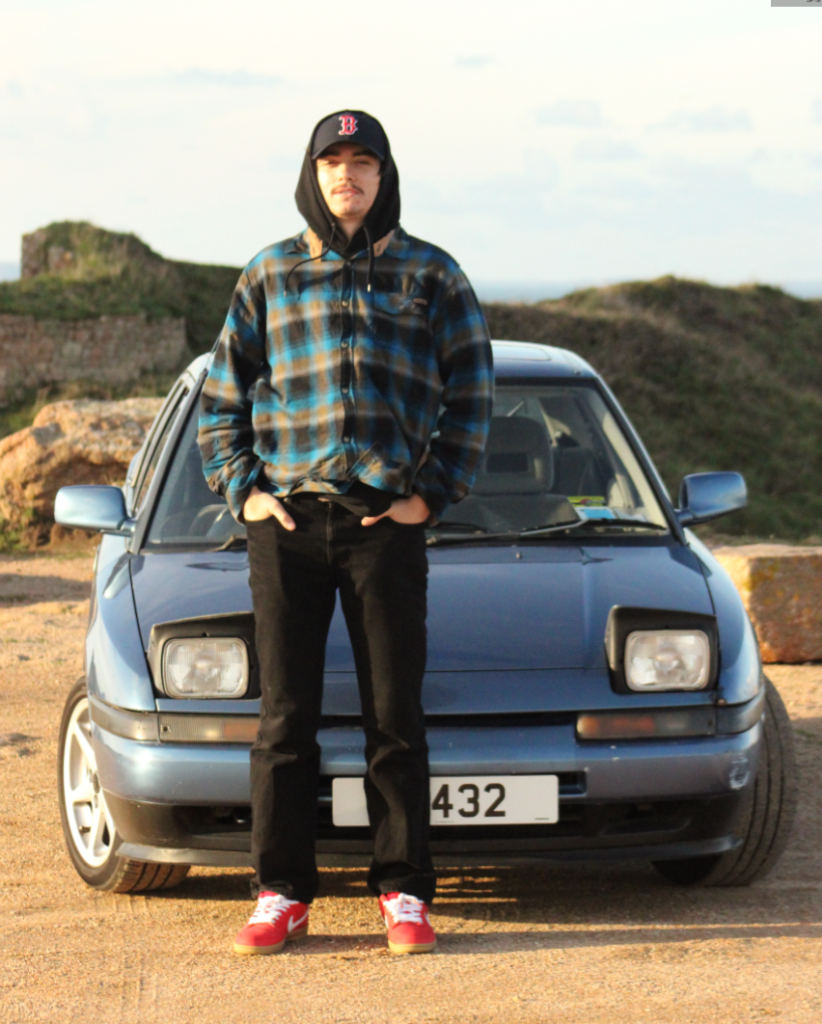
After:
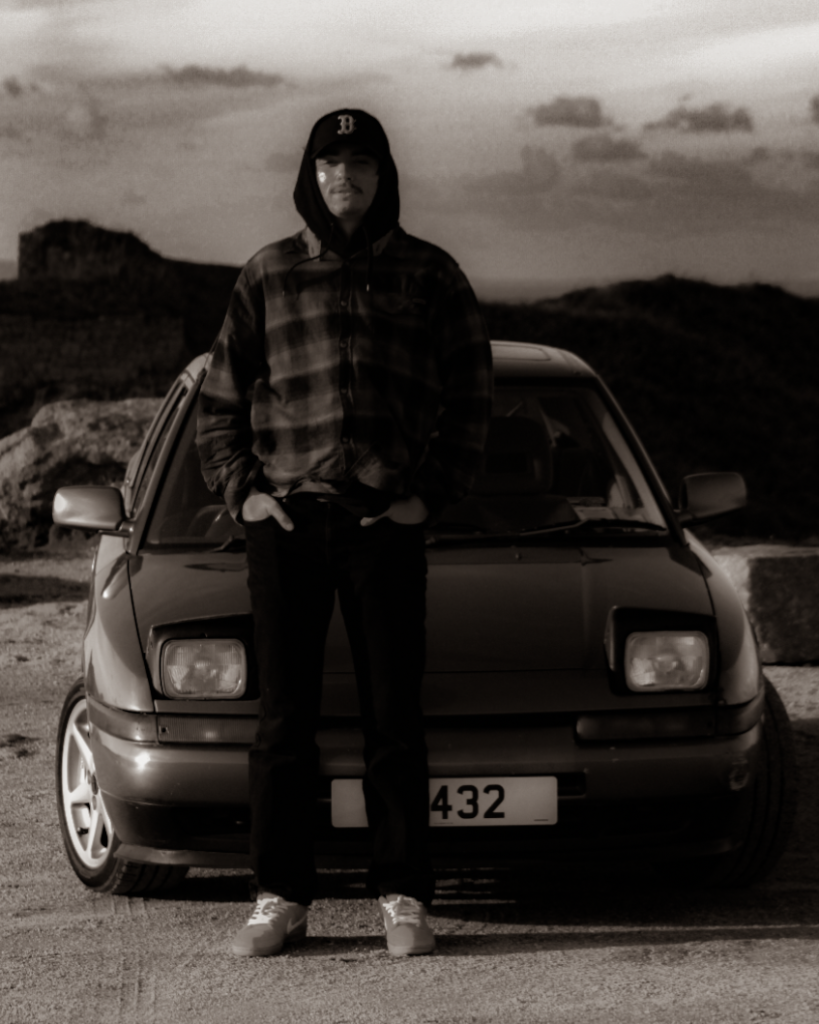
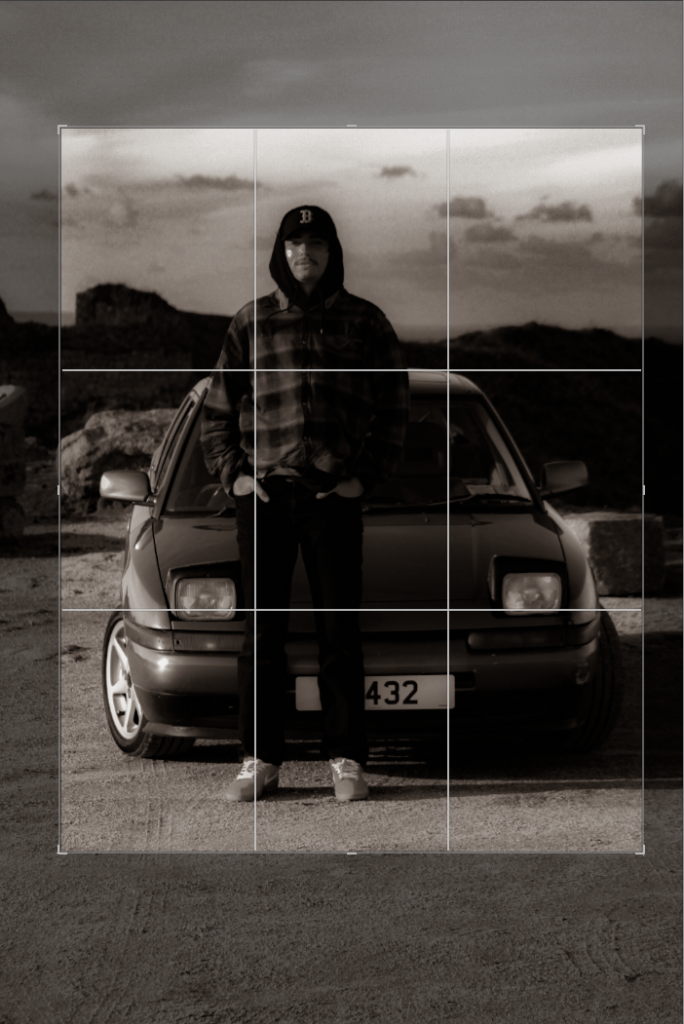
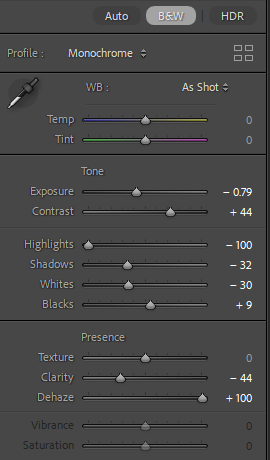
Contact sheet outside of school:
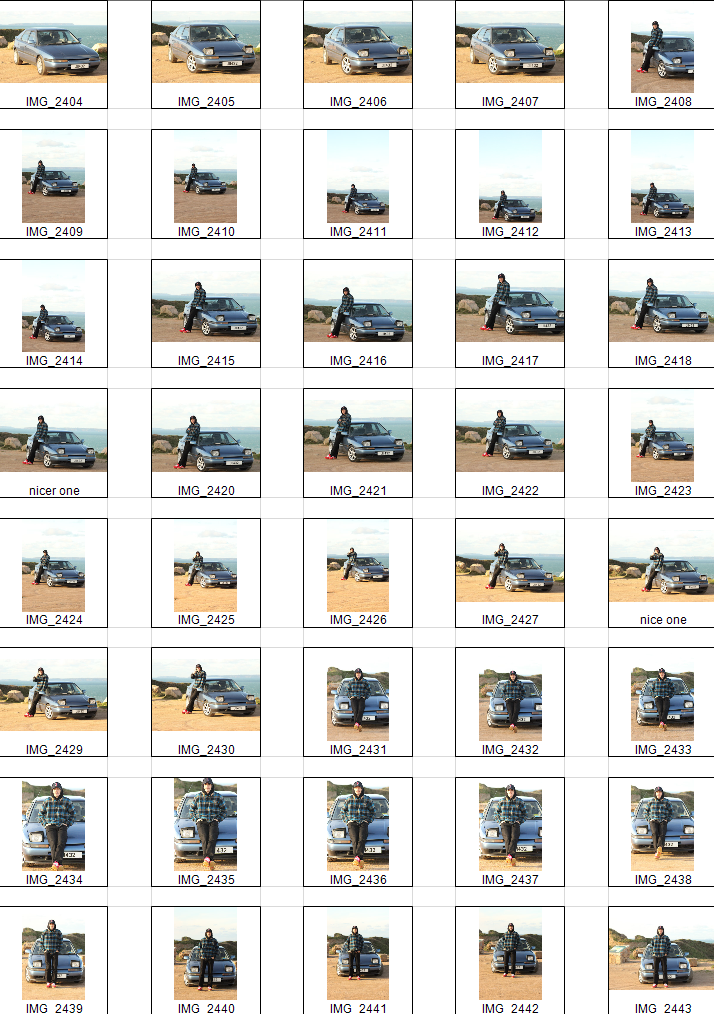

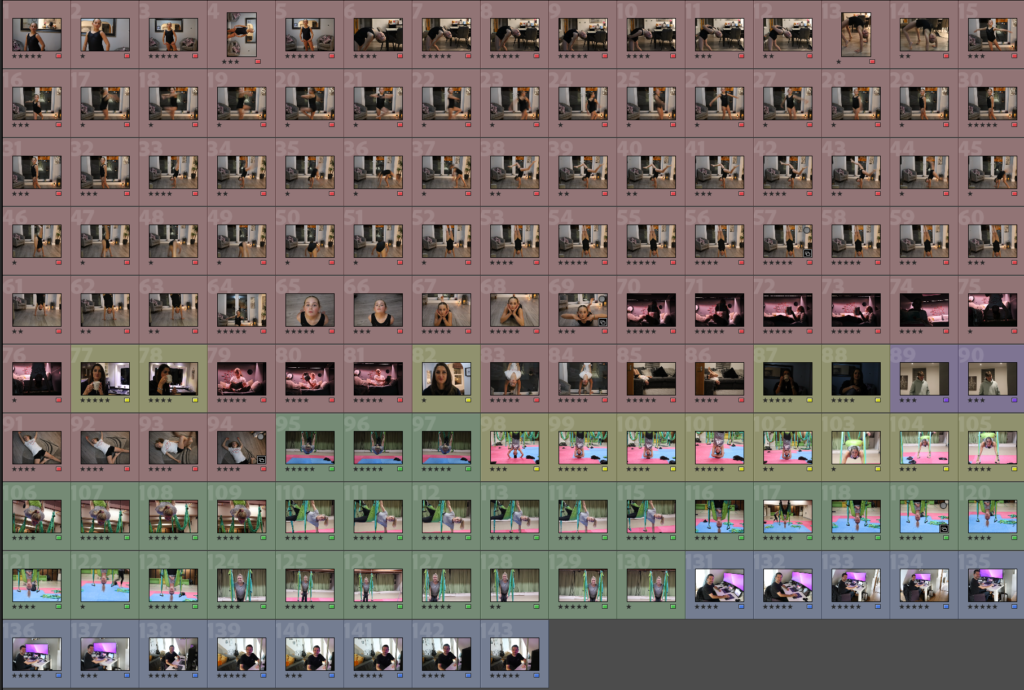
each colour shows a different person
red is my sister, yellow is my step mum and greens is a yoga instructor and blue is my dad and purple is a couple of my brother.
with the ones for my sister there are a couple of things she is doing, such as dancing poses, gymnastics and reading. and here are some of the best raw examples.
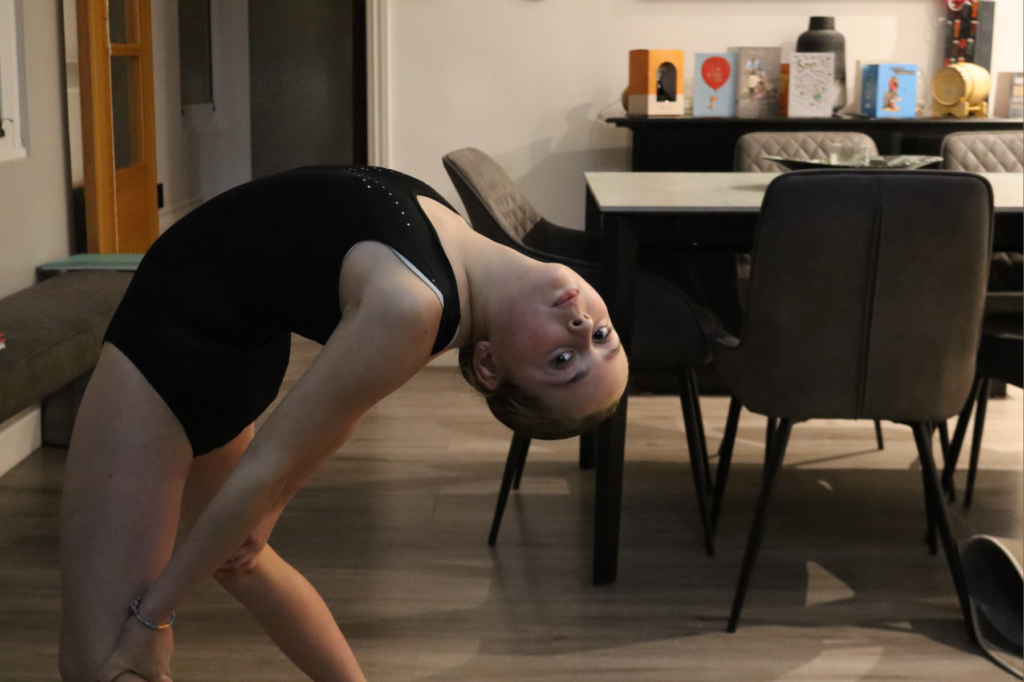
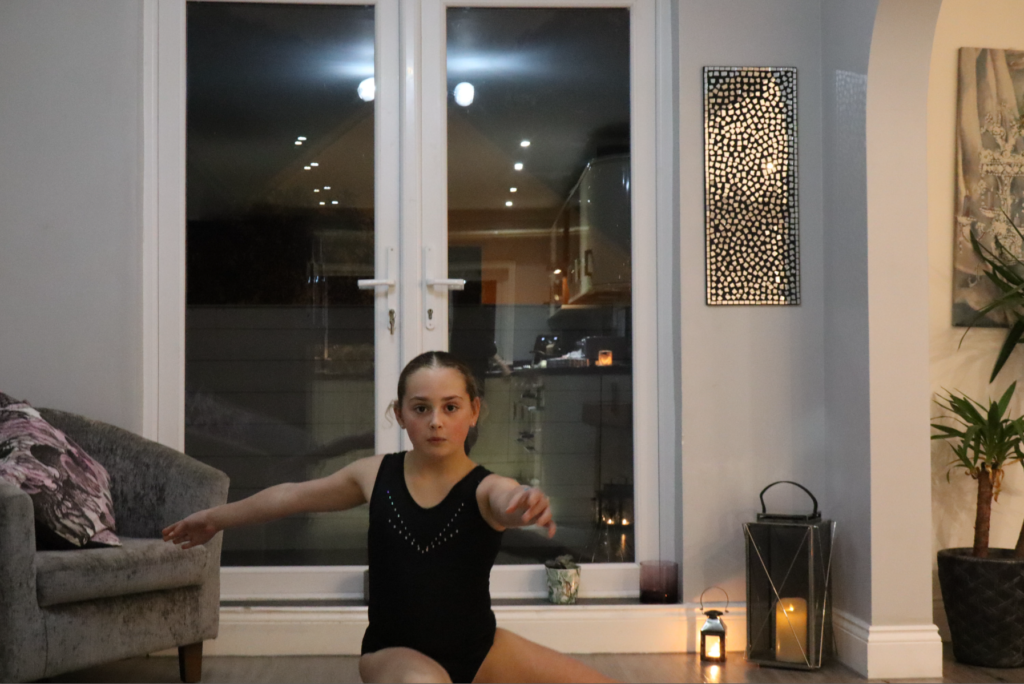
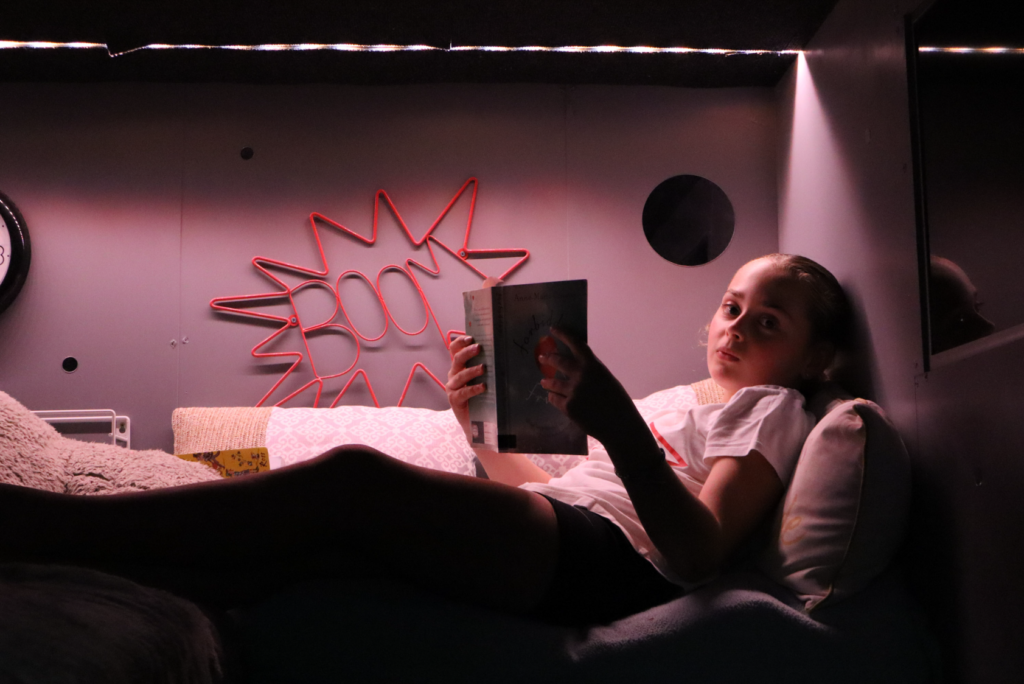
for the ones with my step mum, she id drinking tea and doing trapeze yoga. here is some of the best raw photos.
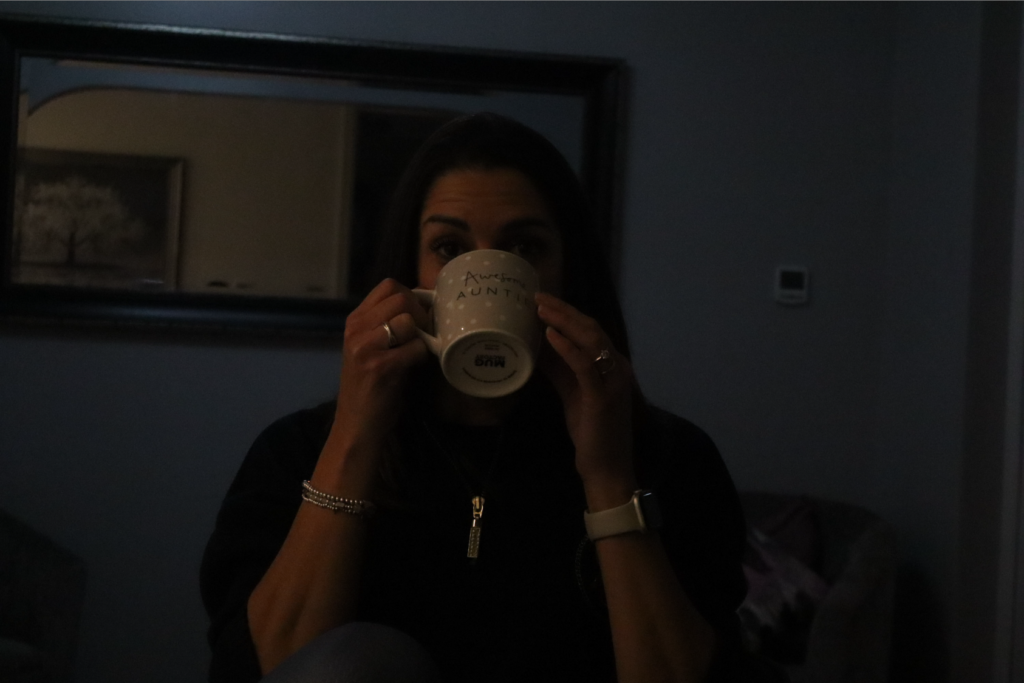
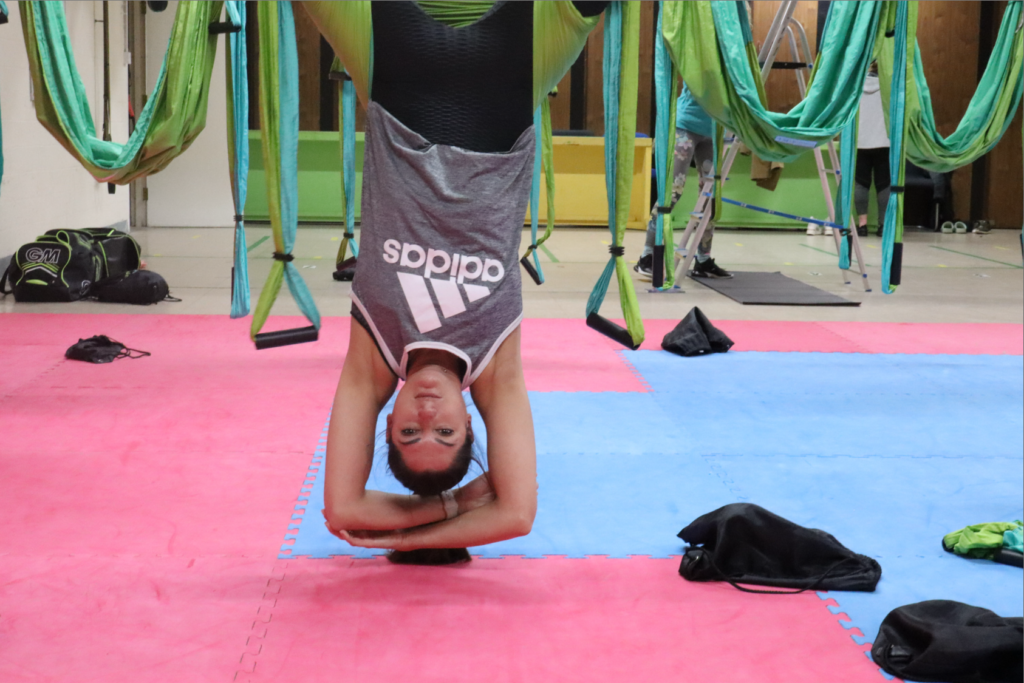
plus connected to my step mum is the yoga instructor when volunteered to participate. here are some of the best raw photos.
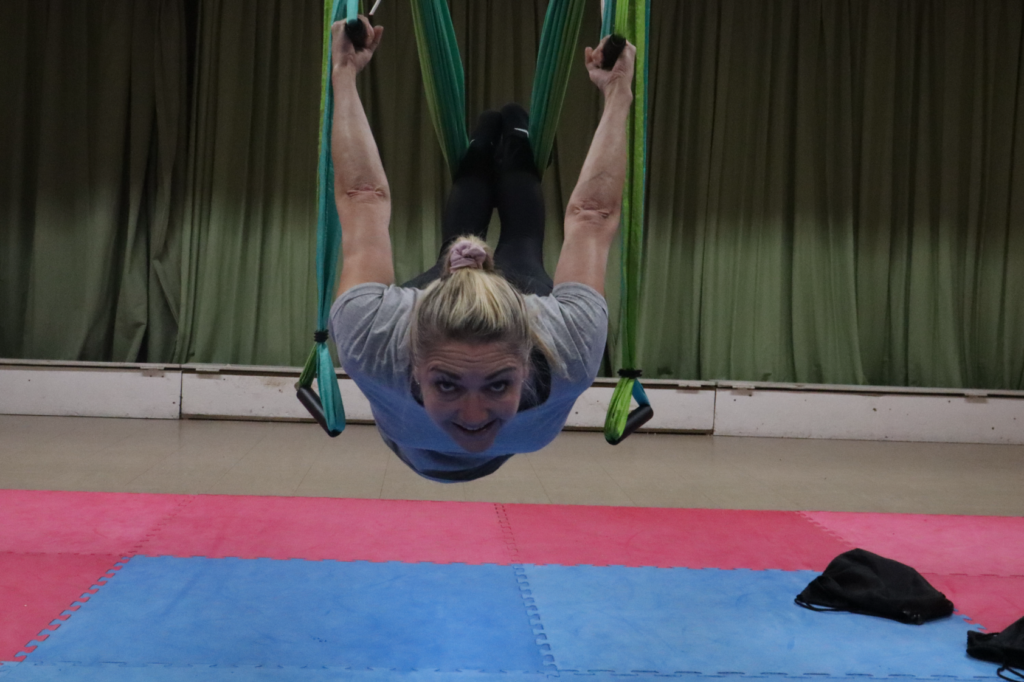
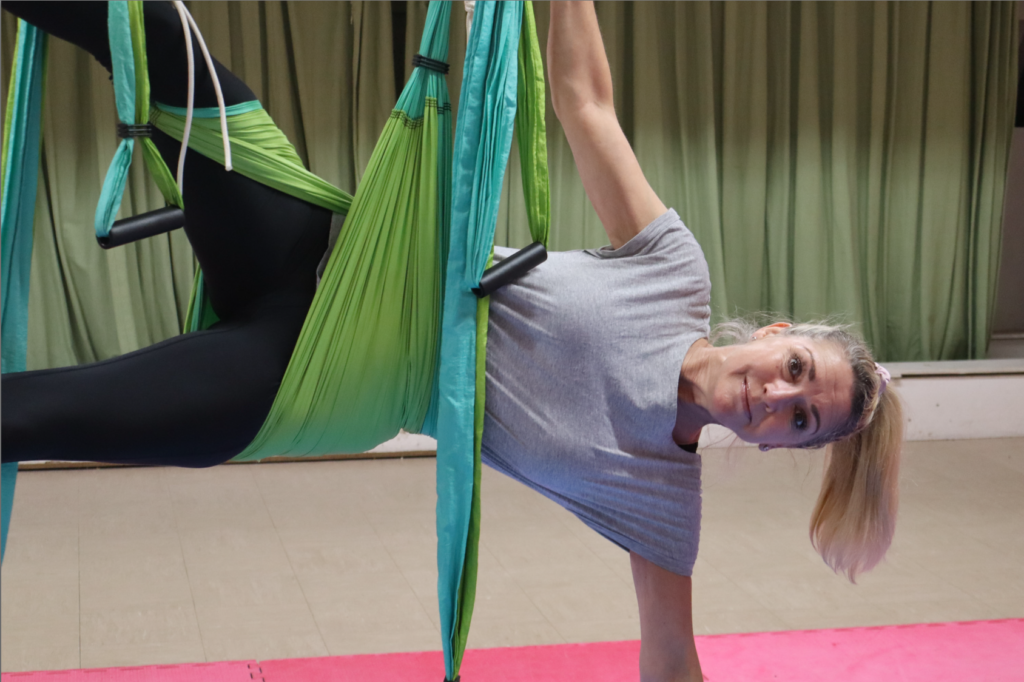
for my dad of him at his work desk, here is some of the best raw photos. which of him at his work from home space.
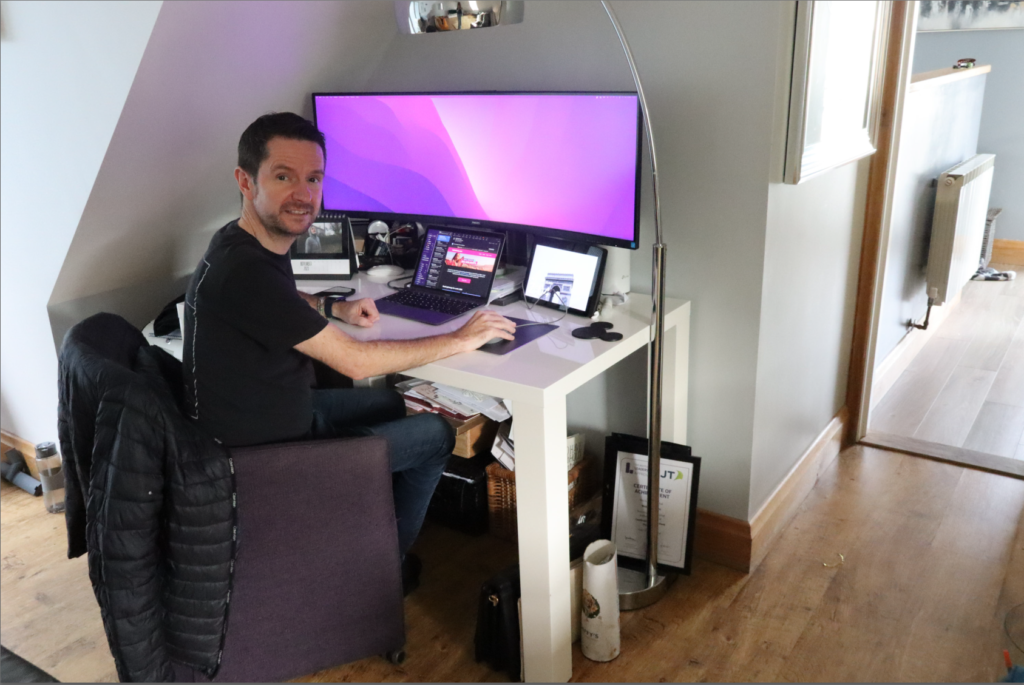
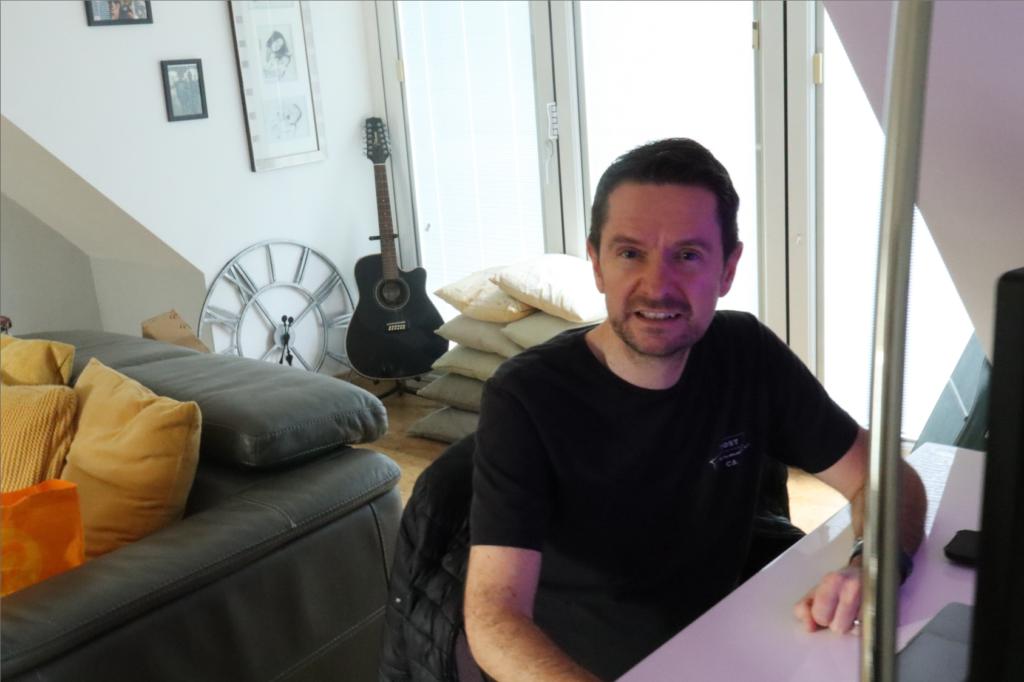
August Sander (17 November 1876 – 20 April 1964) was a German portrait and documentary photographer. His work includes landscape, nature, architecture, and street photography, but he is most well known for his portraits.
His most recognised series is titled People of the 20th century, and aims to show a cross-section of society during the Weimar Republic.
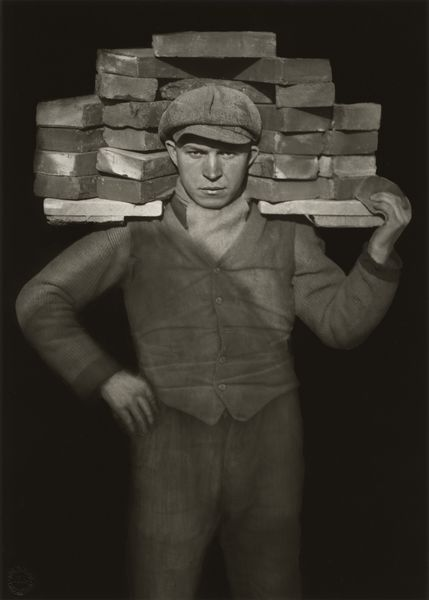
The picture shown above belongs to ‘The Skilled Tradesman’, which is one of the seven chapters in his ‘People of the 20th Century’ project. The title and focus of this image represent a typical example of Sander’s work documenting individuals from different jobs and social backgrounds. In terms of style, the way the portrait is centered, the plain background, and the traditional framing show Sander’s belief in photography as a way to reveal the truth; it captures reality as it is, without any fancy techniques, sticking to the established norms of portrait photography. Sander mentioned in his important lecture ‘Photography as a Universal Language’ that photography is the best medium to show the ‘physical path to demonstrable truth and understand physiognomy’.
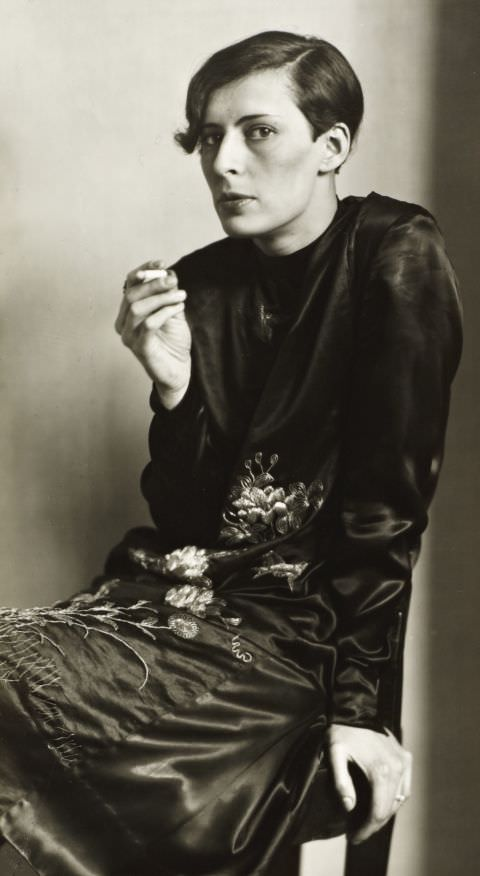
Sander later expanded his project, People of the 20th Century, to feature a group called ‘The Woman’ (shown above). One of the subjects is ‘Sekretärin beim Westdeutschen Rundfunk in Köln’ (Secretary at West German Radio in Cologne), which he captured while working for the German public broadcasting organization ‘Westdeutscher Rundfunk’. This portrait can be compared to Otto Dix’s ‘Portrait of the Journalist Sylvia von Harden’, created five years earlier. Both artworks showcase a new wave of women in the workforce during that era—balancing both androgynous and feminine traits, and breaking free from traditional domestic roles. These portraits play a significant role in the emergence of the New Objectivity movement in German art, which was a response to the prevailing expressionist style, aiming for a more realistic and straightforward representation of the human form.
A photographic typology is a study of “types”, typically a photographic series that prioritizes “collecting” rather than stand-alone images. By extracting visual elements and presenting them in a similarly consistent series, we can create a visual analysis of objects and the larger environment and its inhabitants – often without featuring the occupants themselves.
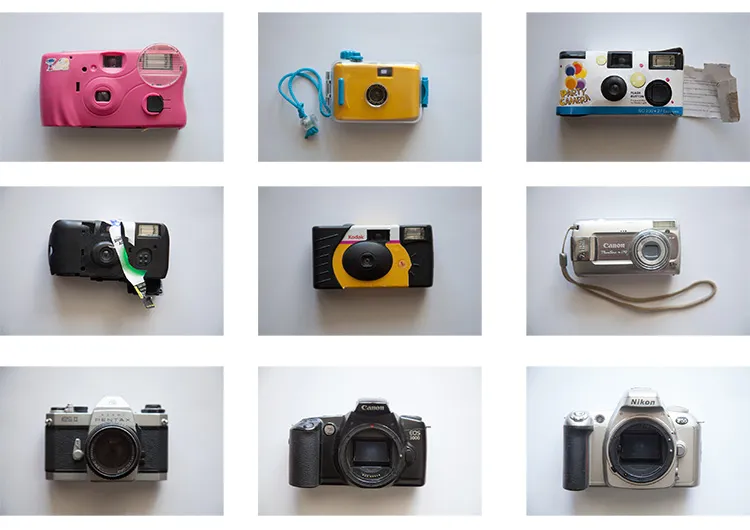
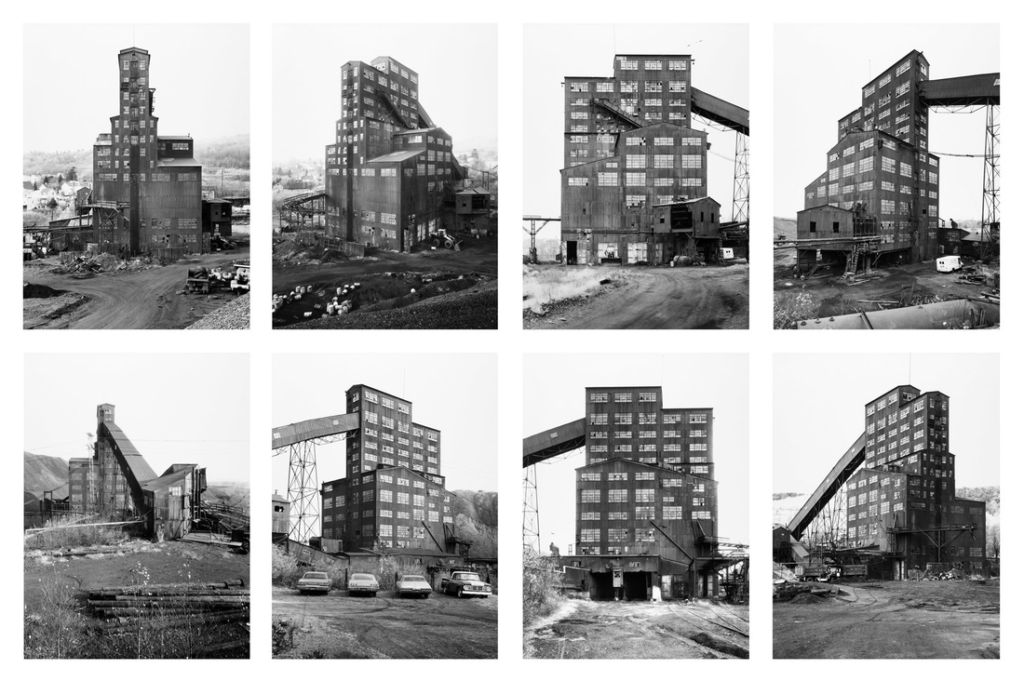
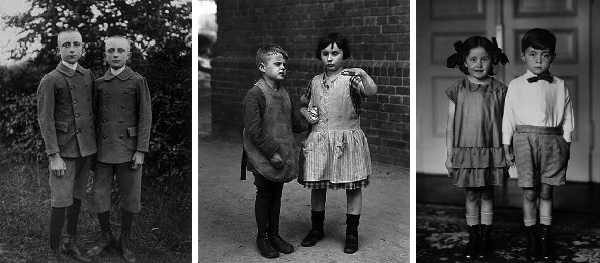
| All original work taken by me|
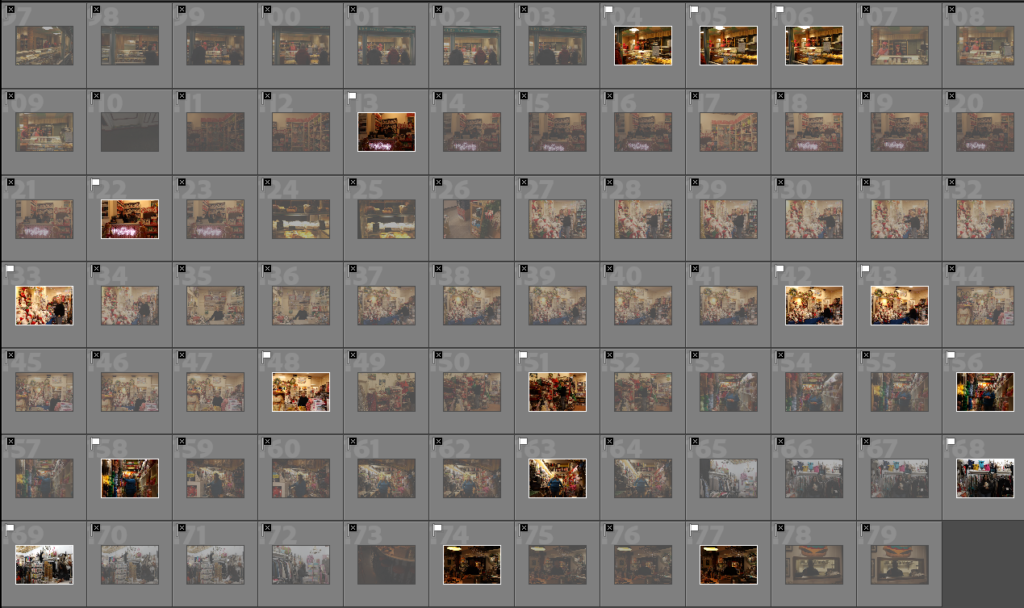
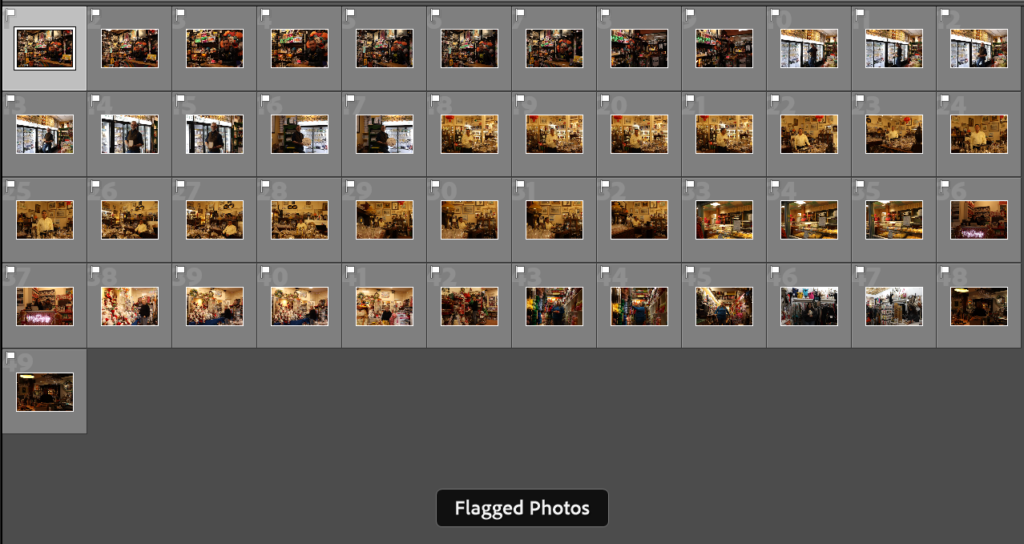
I took around 170 photos at the market and then used Lightroom to narrow down the selection. This process really helped me focus on the strongest shots, refining the collection to the ones that best captured the environment and energy of the market. In Lightroom, I also made some adjustments to enhance the images, bringing out details and improving the overall look to make each photo stand out. This approach let me transform a large set of images into a more cohesive and impactful series.
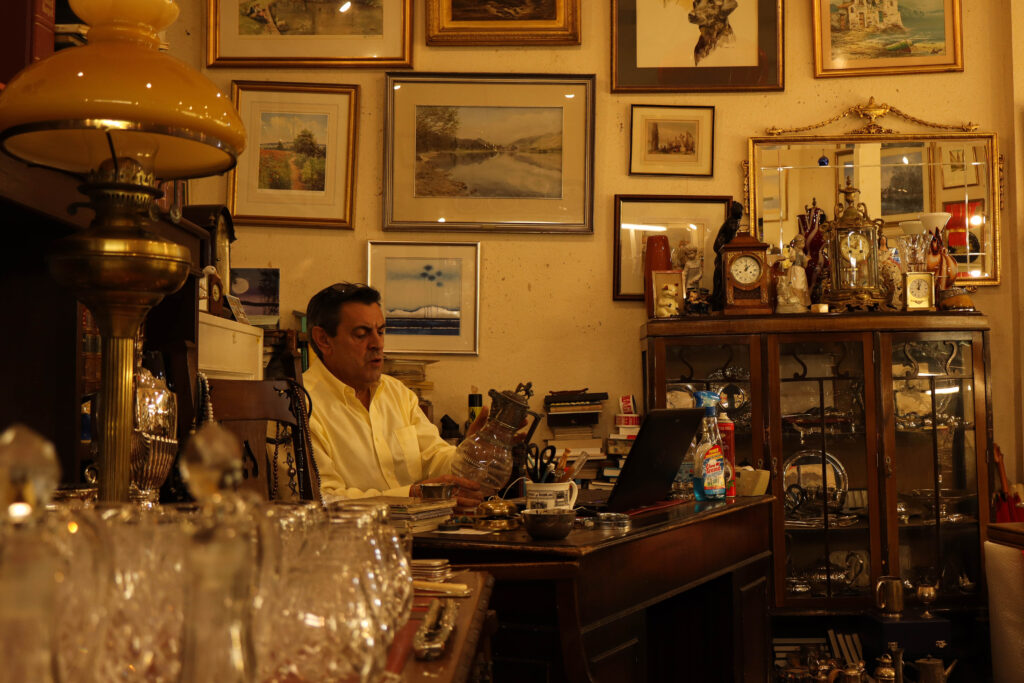
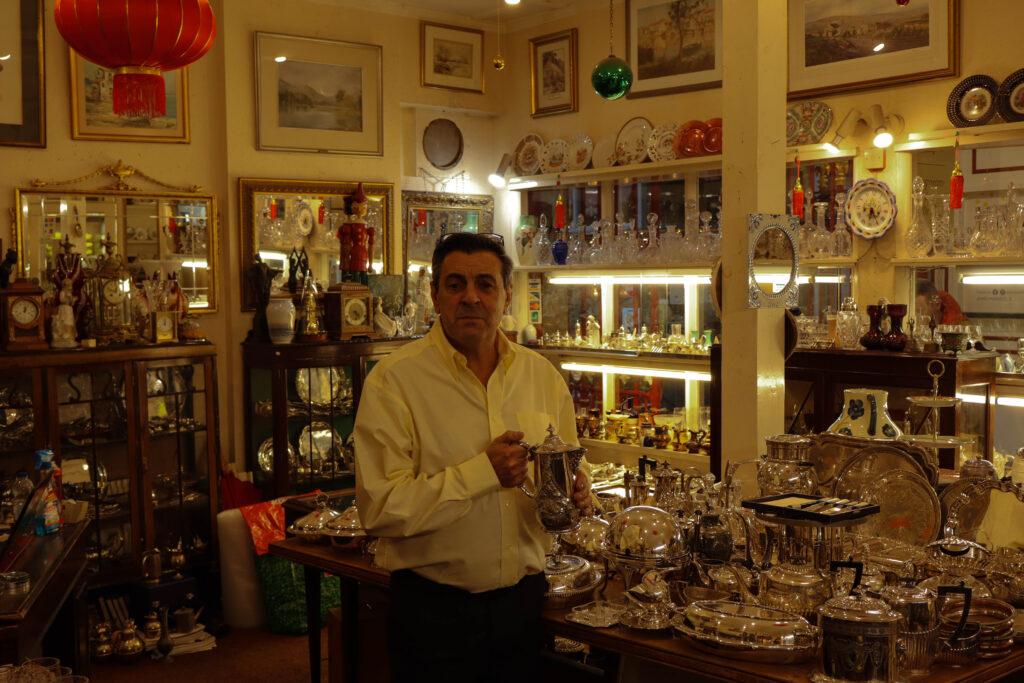
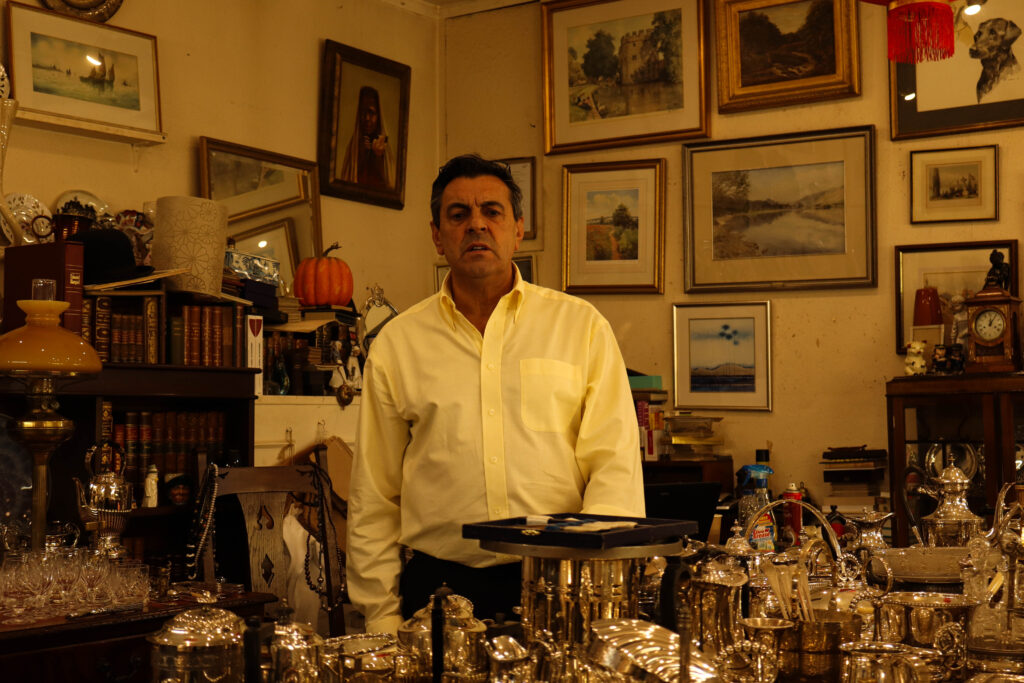
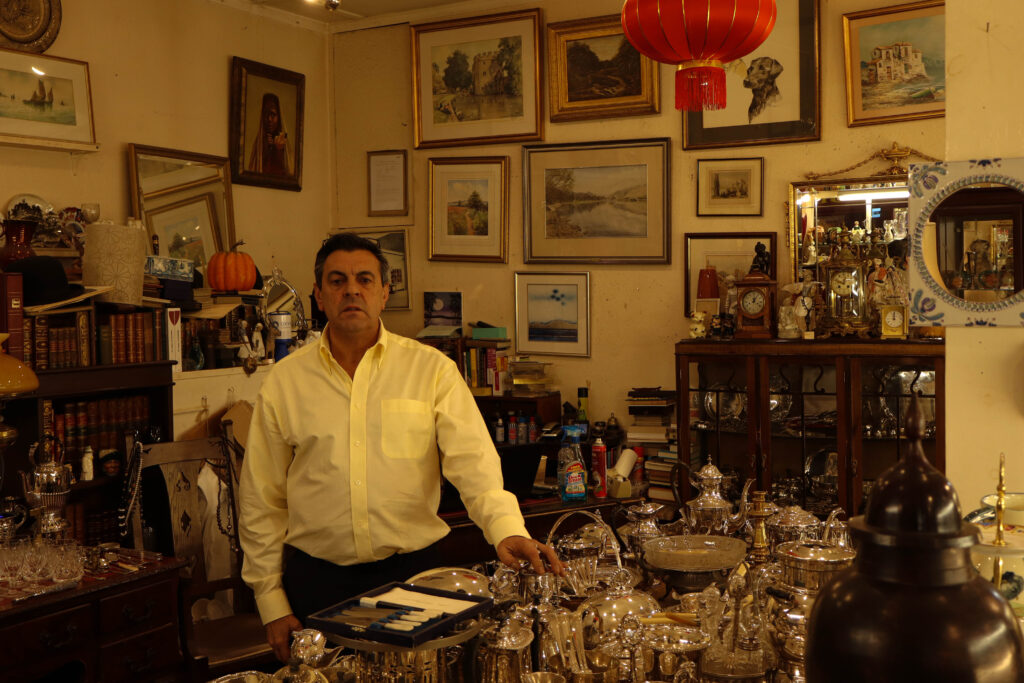
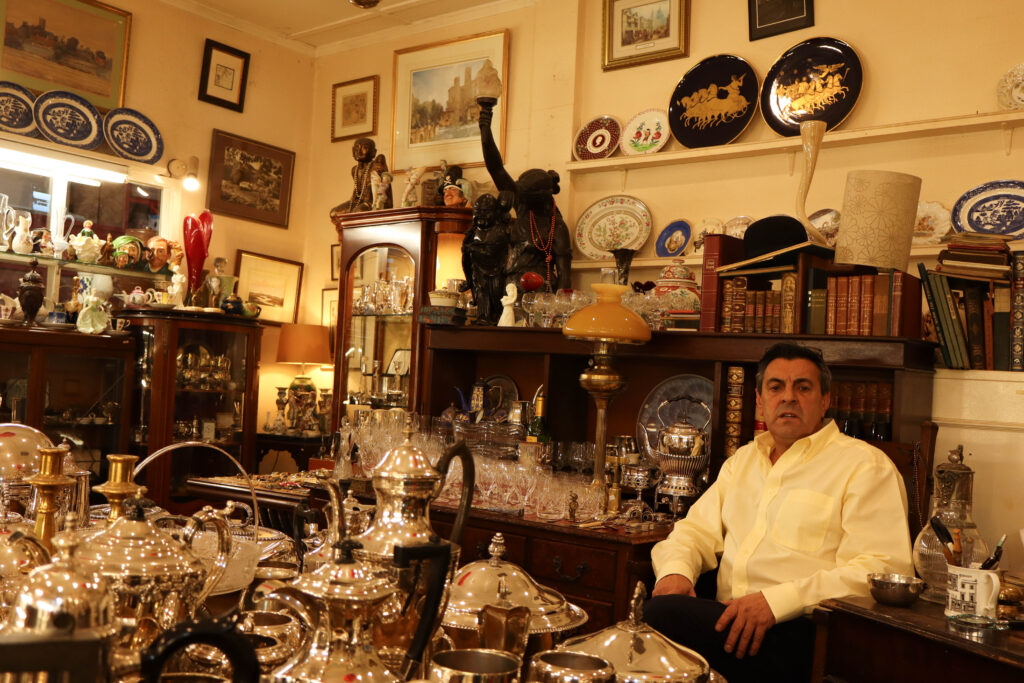
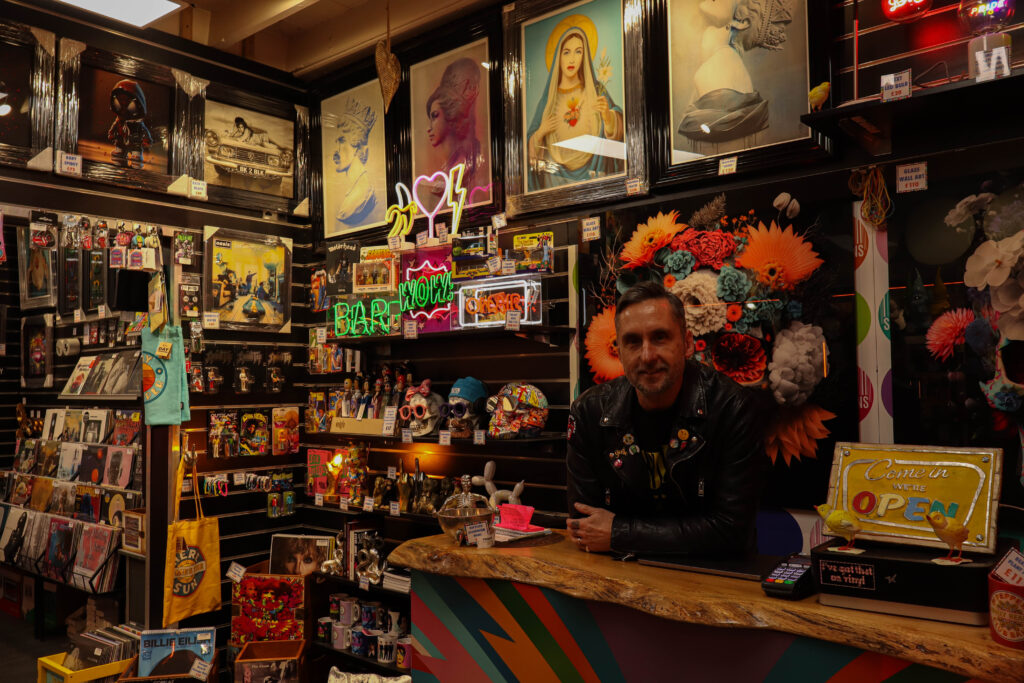
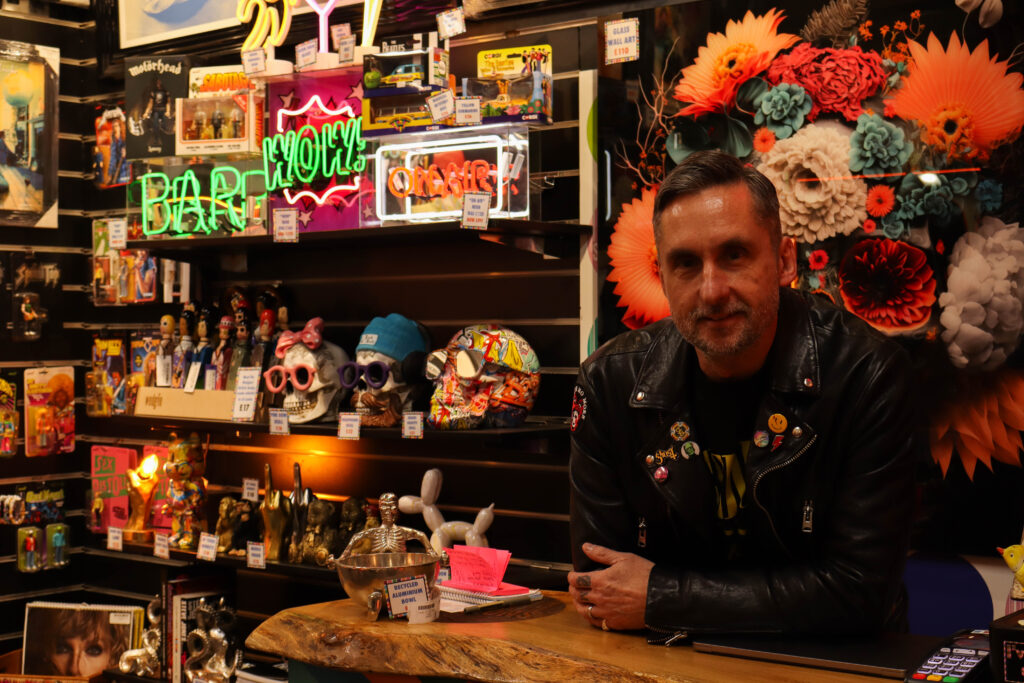
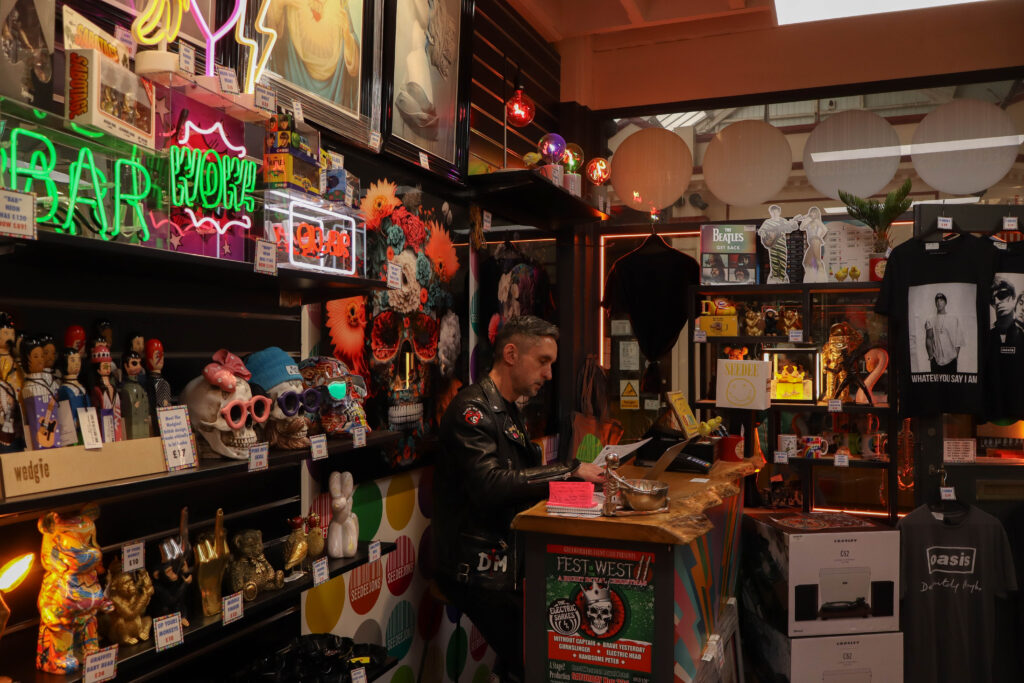
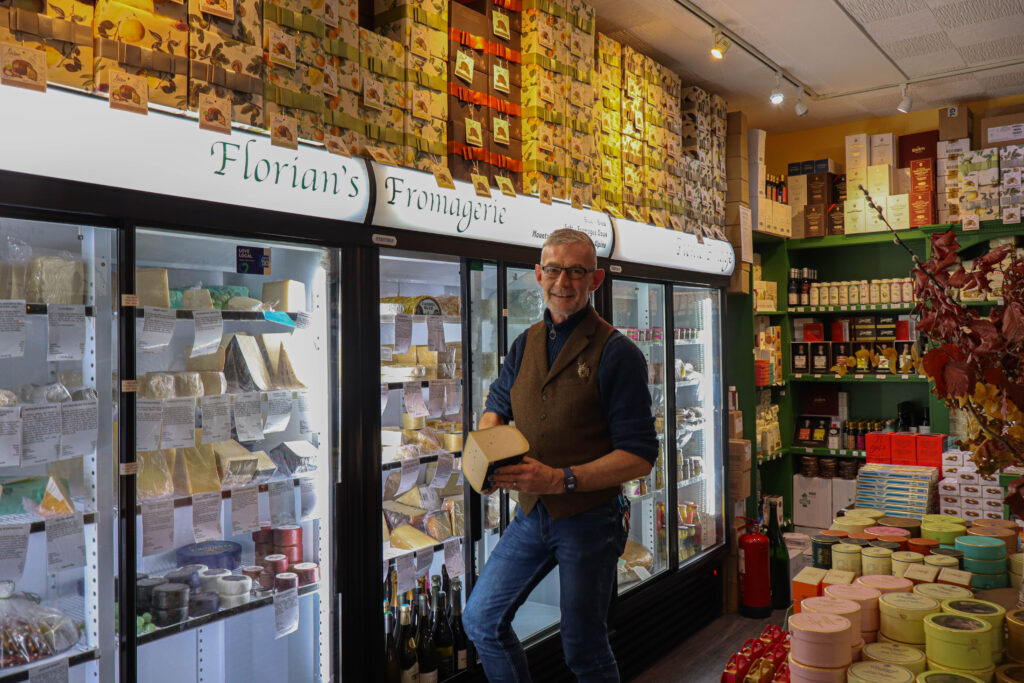
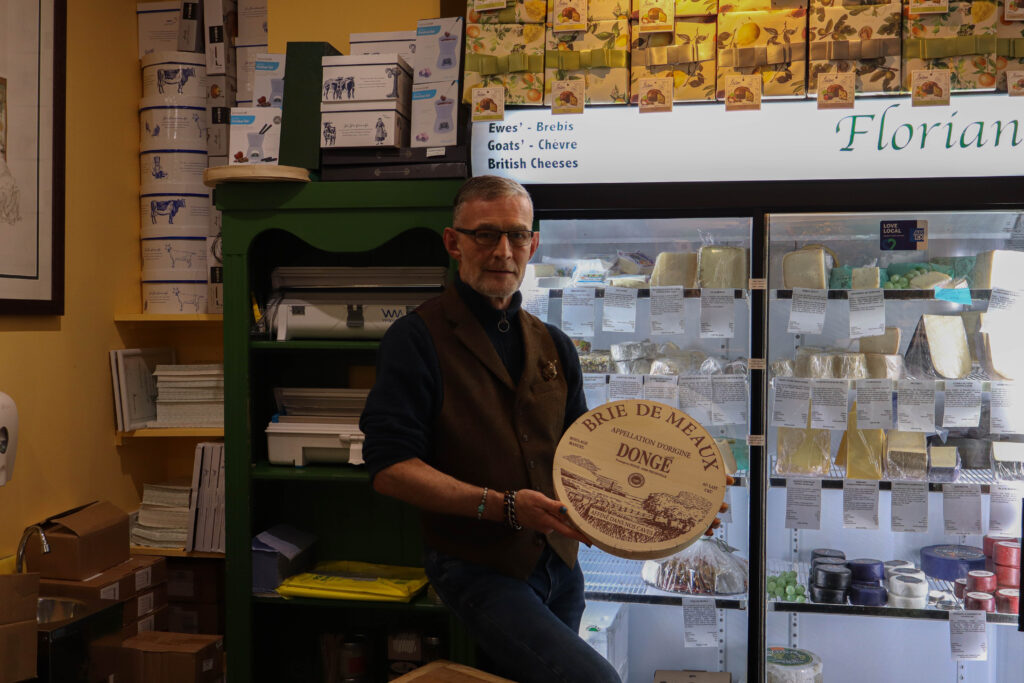
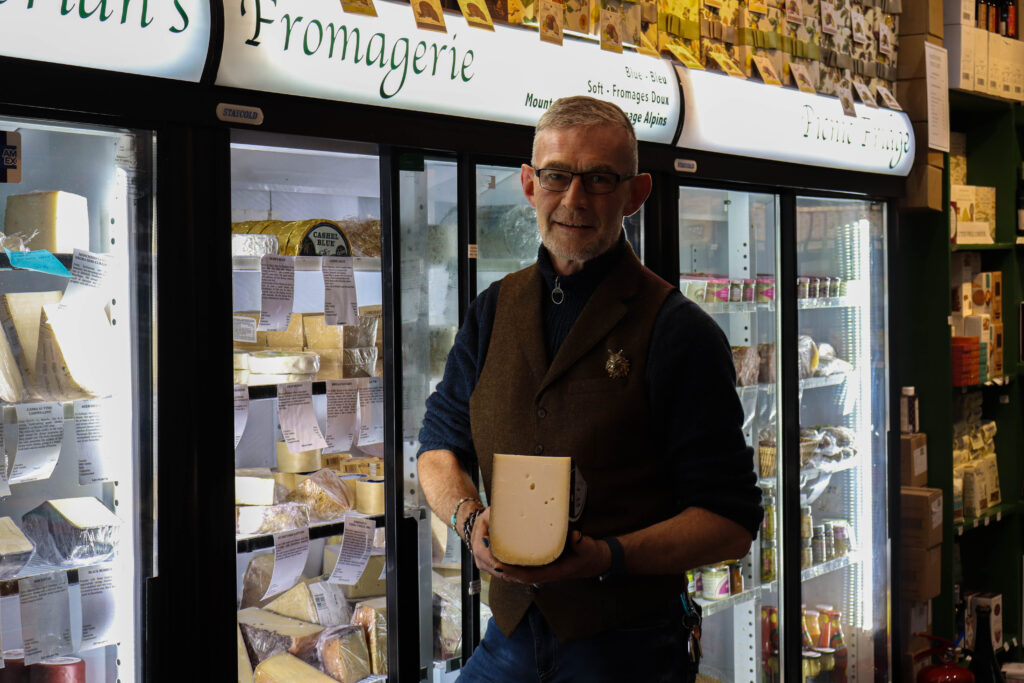
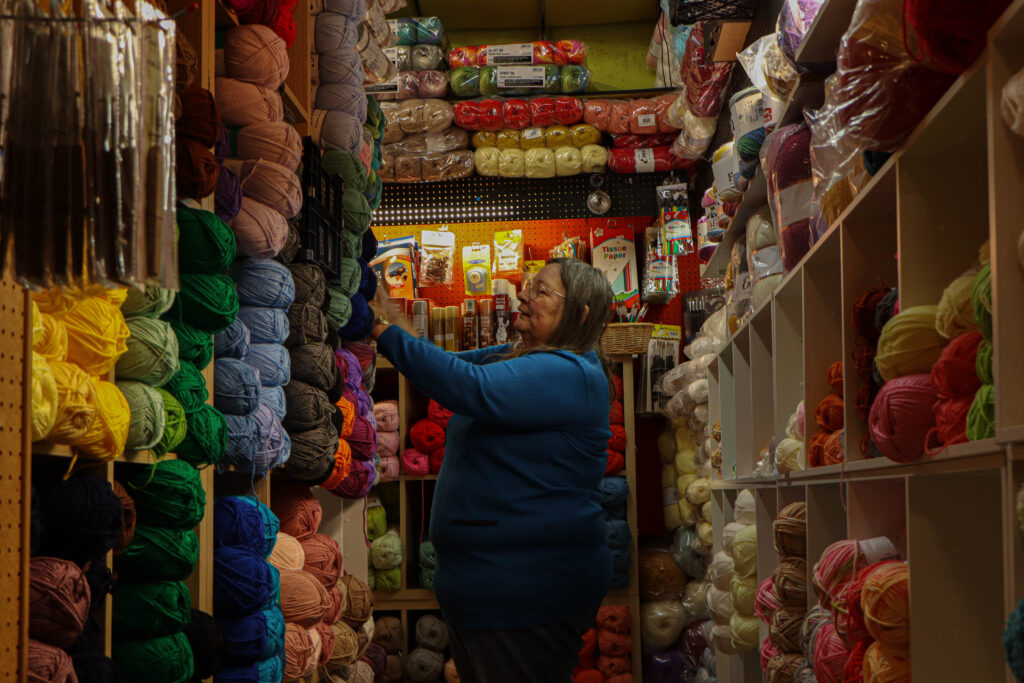
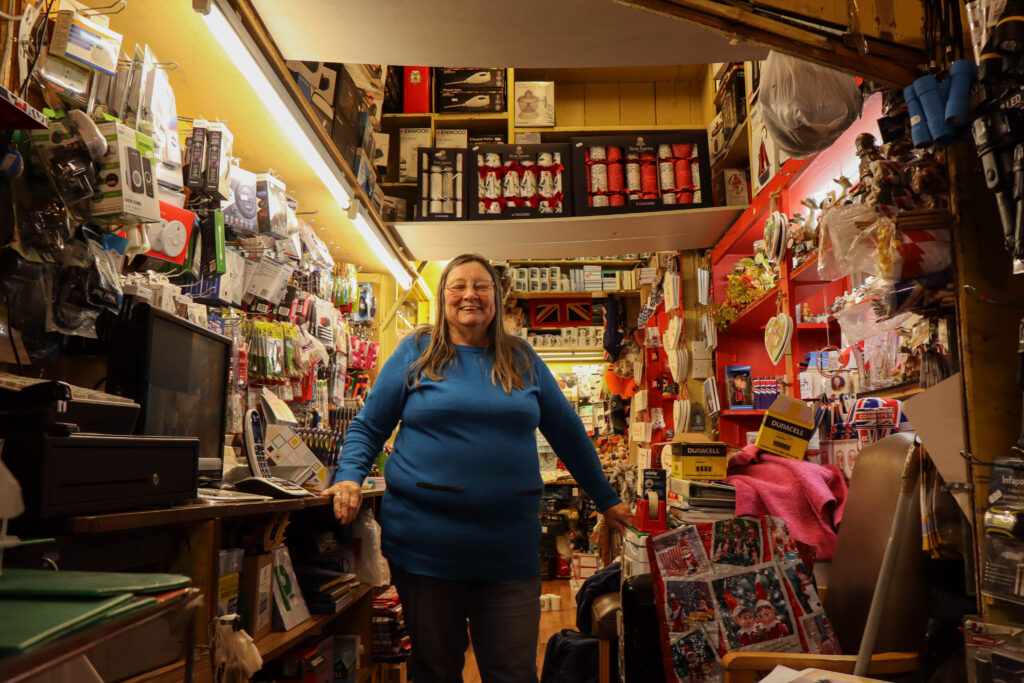
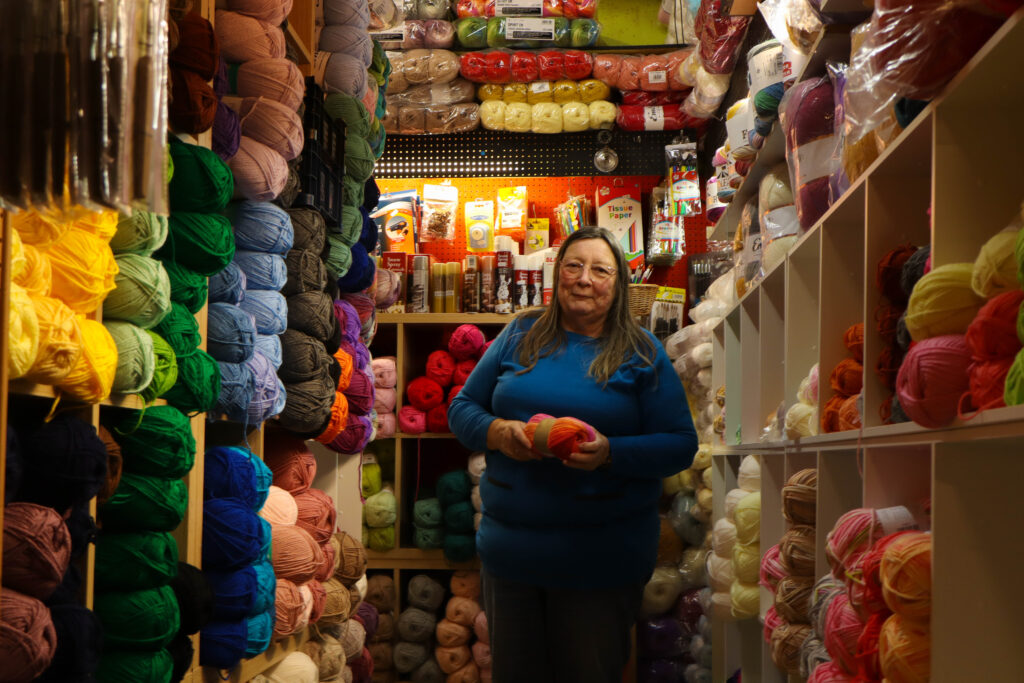
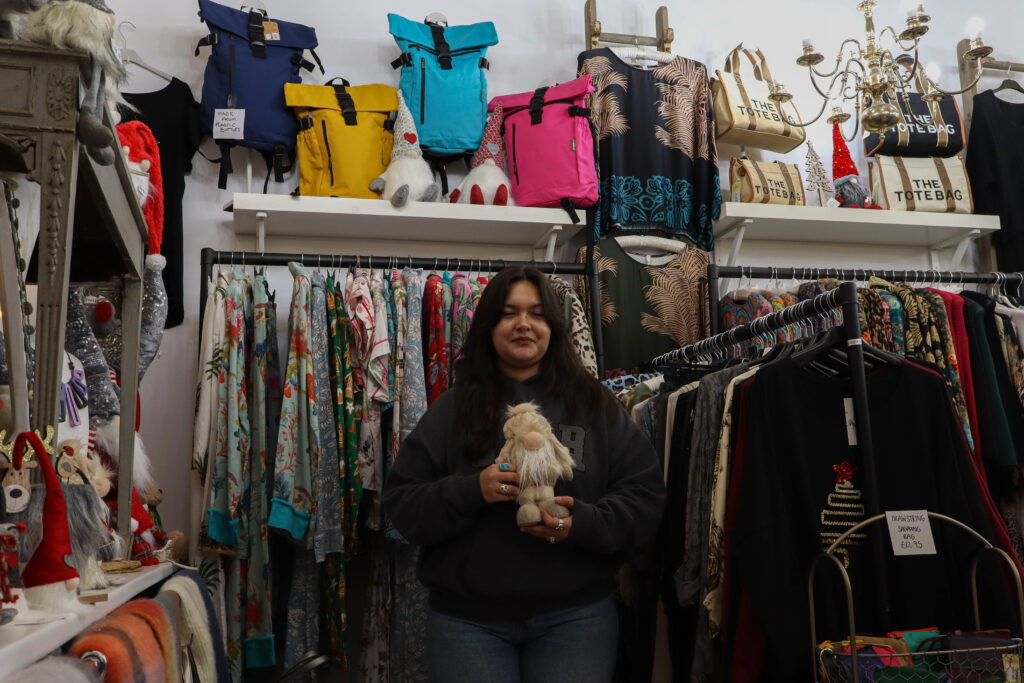
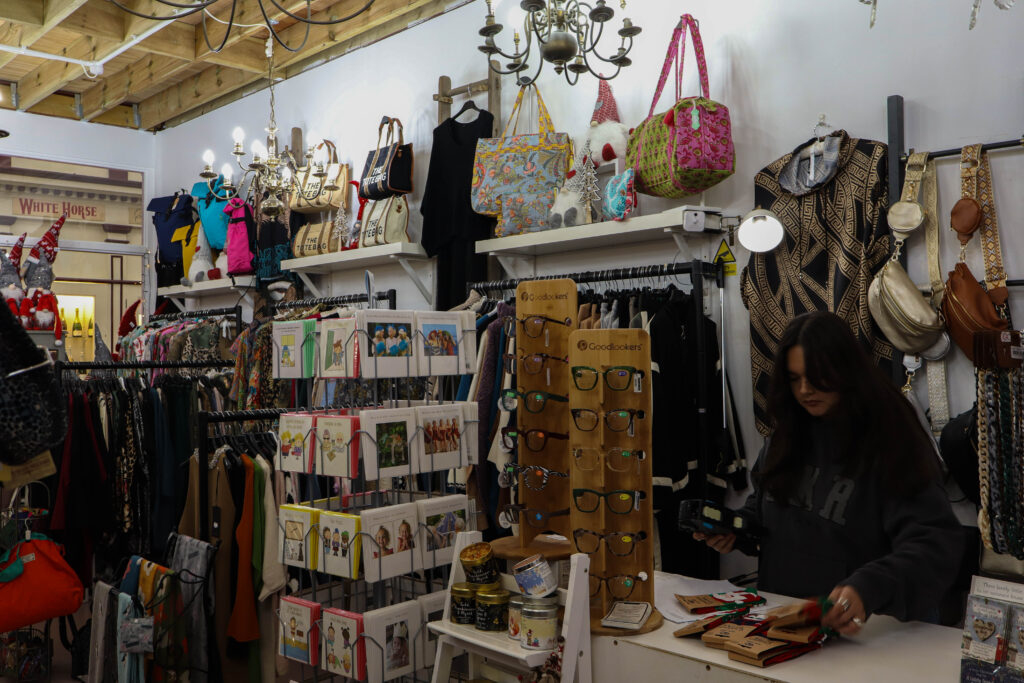

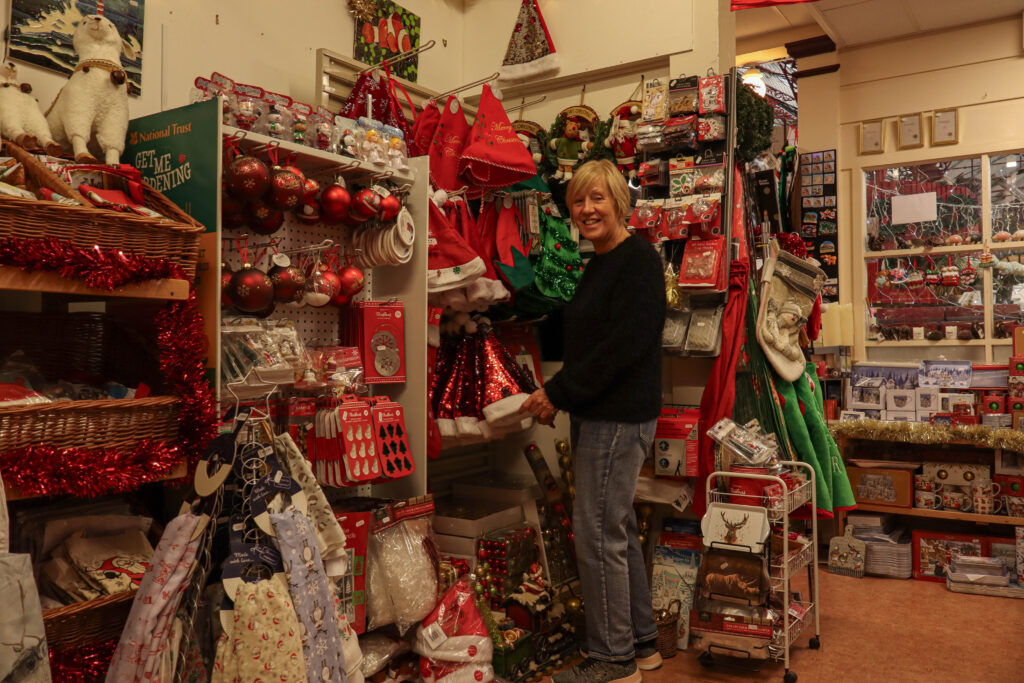

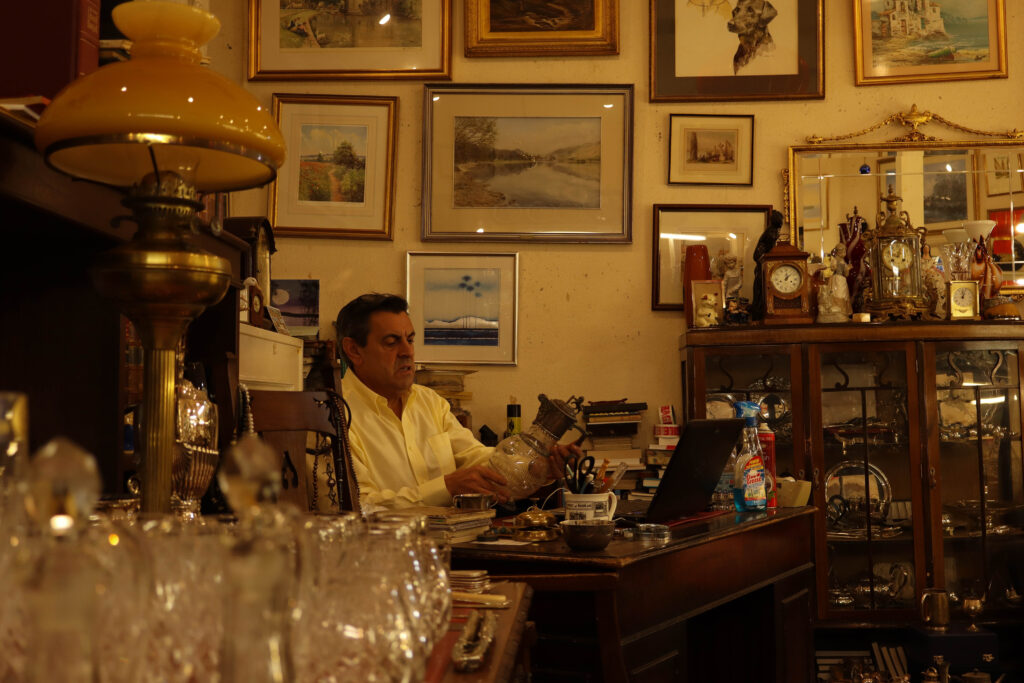
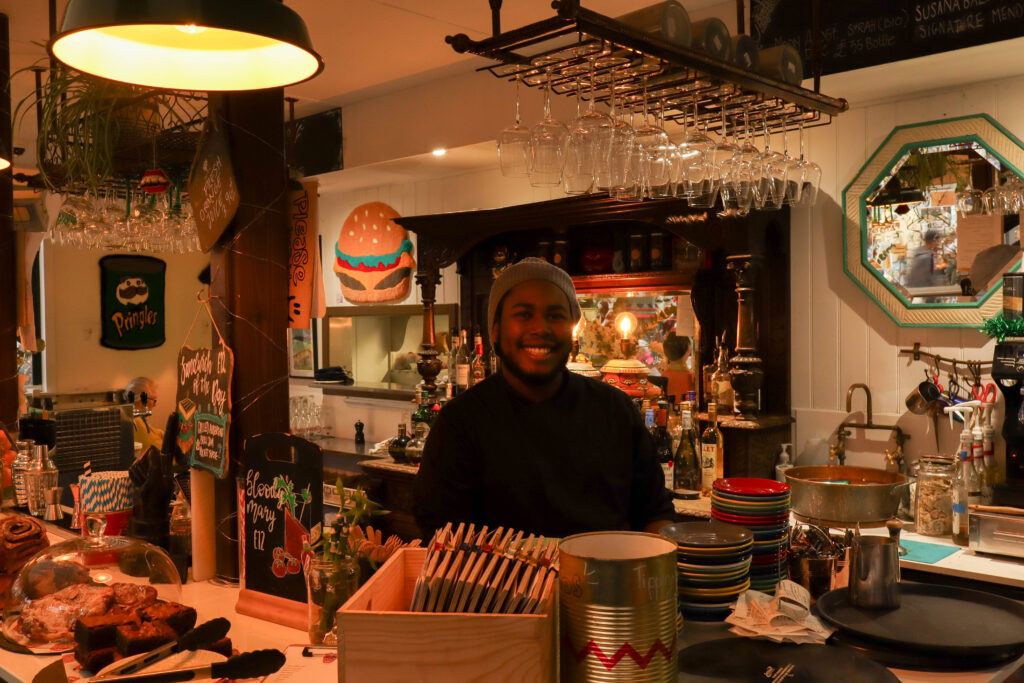
I recently went to the market to capture photos of people within their working environments. The experience was both exhilarating and challenging—the constant rush of customers created a lively atmosphere, but it also made it difficult to find the right settings and angles quickly. I was very conscious of the fact that I was on *their* time, not mine, so I had to work efficiently, making adjustments without holding anyone up. Despite the challenges, I love how the shots turned out. Some images came out a bit blurry, so next time I’ll bring a tripod to improve stability and clarity in my photos.
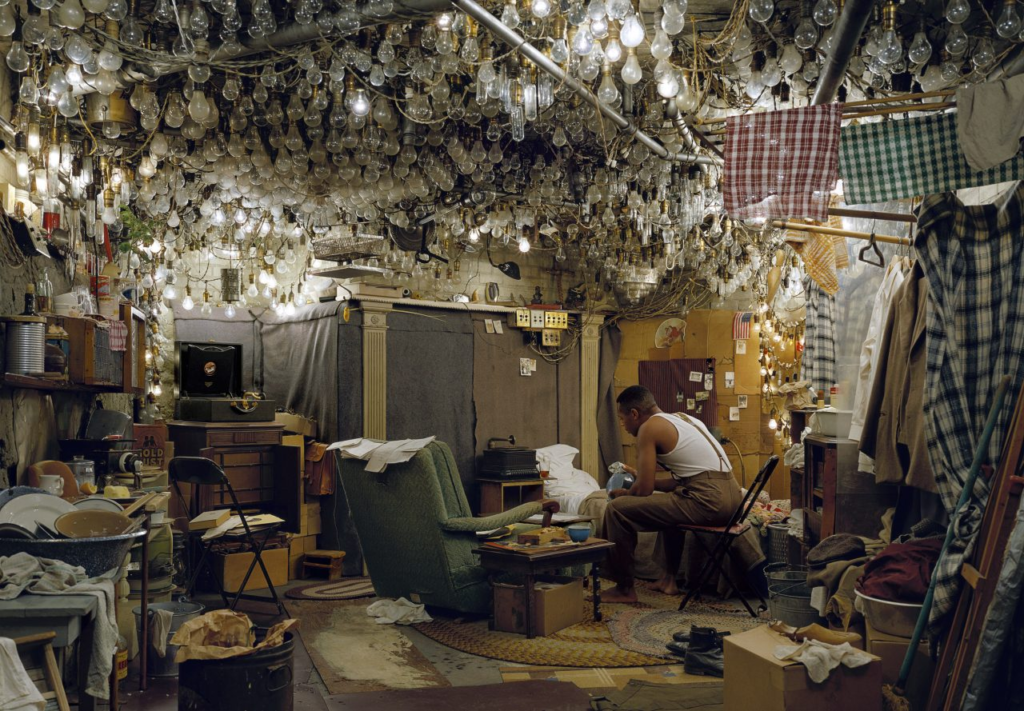
Jeff wall is a Canadian photographer who also utilised crowded spaces just how my photography does.
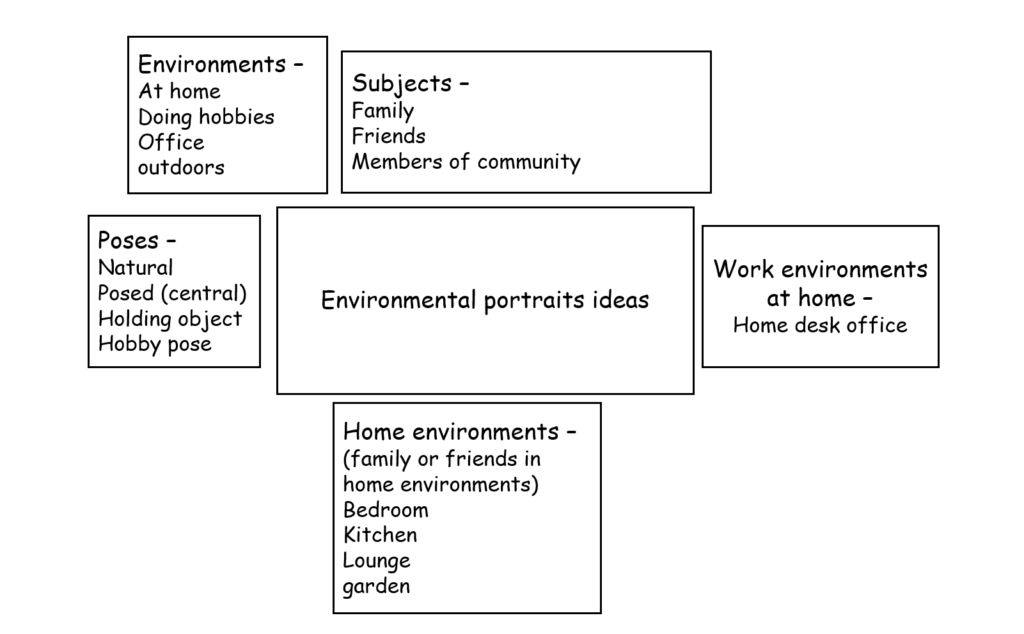

subjects – I will take photos of my family members and people in the same environment.
for this I will take photos of each family member where they are connected to
dad – his home office space
step mum – trapeze yoga
sister – gymnastics studio and dance at home
will be quite natural and if in a type of hobby will be doing a move from that.
I intend of all of my subjects to be looking at the camera.
i will experiment to with loots of different types of composition such as rule of 3rds.
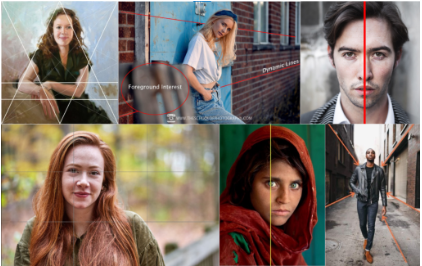
i will be experimenting with full body photos and 1/2 and 2/3 head shots and i will not do tighter crop because the environment background wont be at all visible. which are shown below from online.

in my environmental I will make mine landscape so is able to capture the environment. and here is an example I found online.
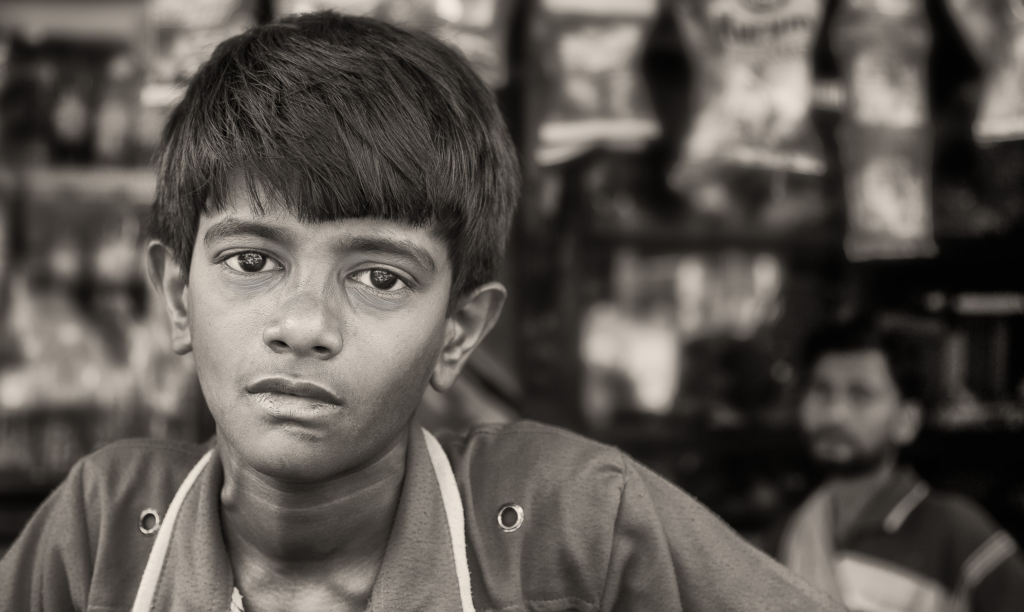
will experiment with different types of aperature.
Mood board
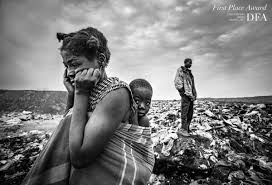
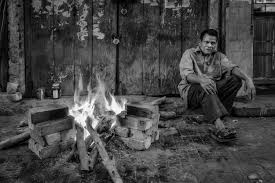
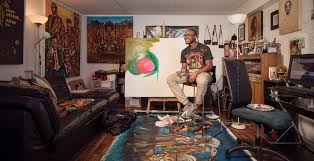
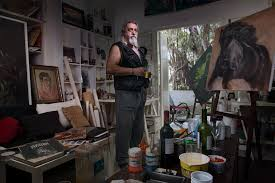
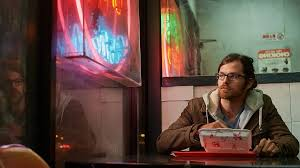

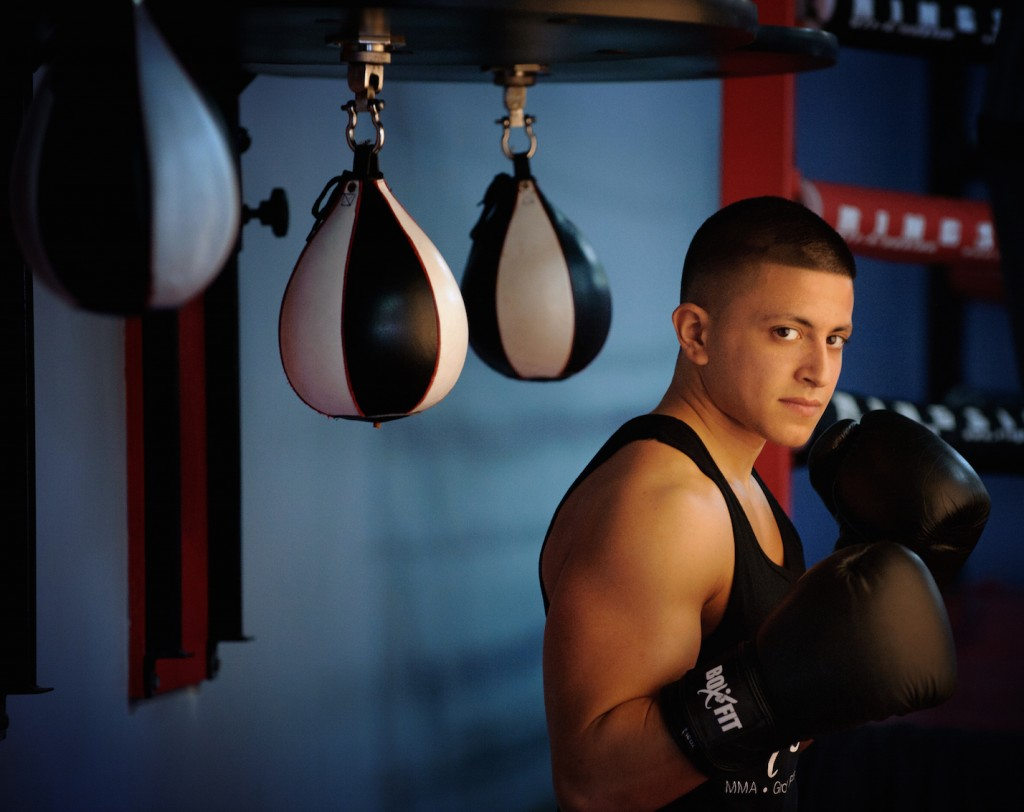

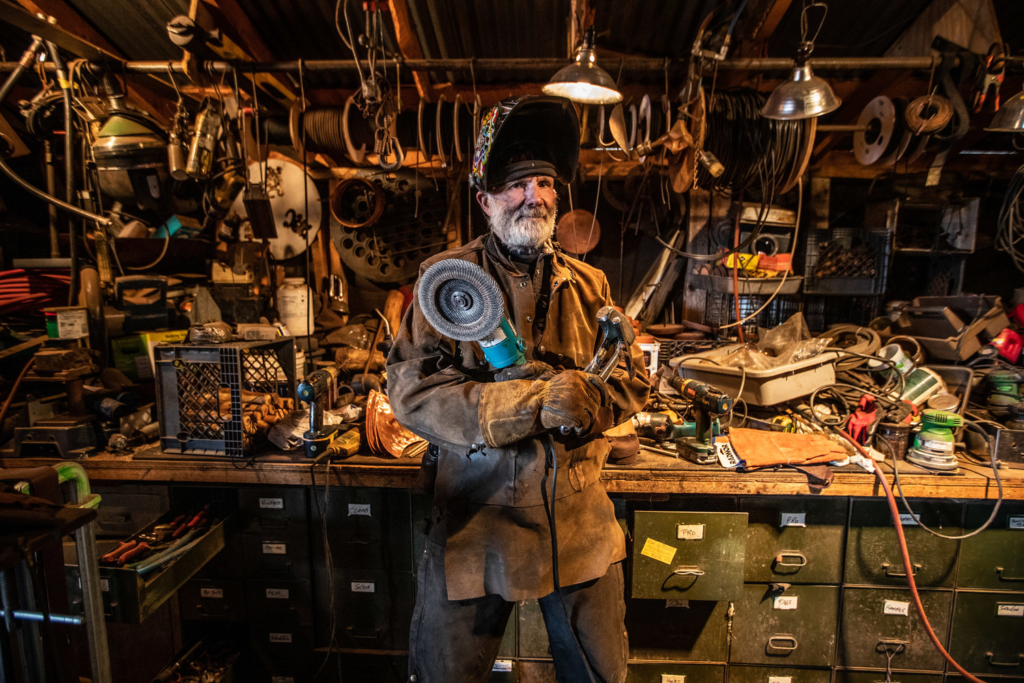
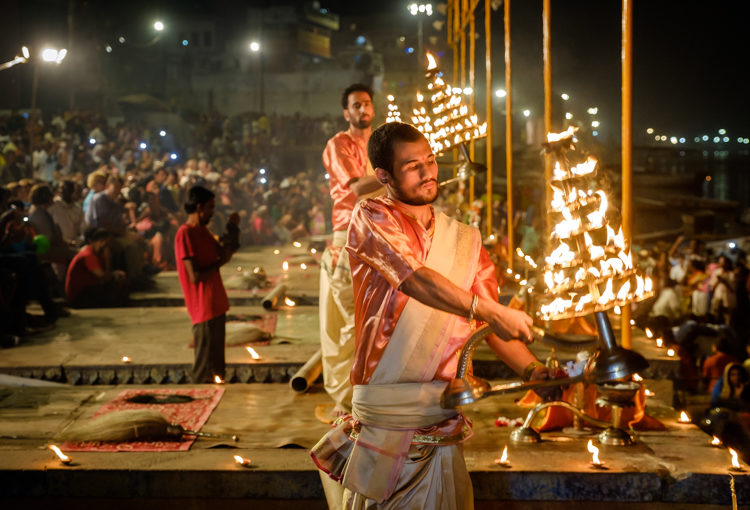
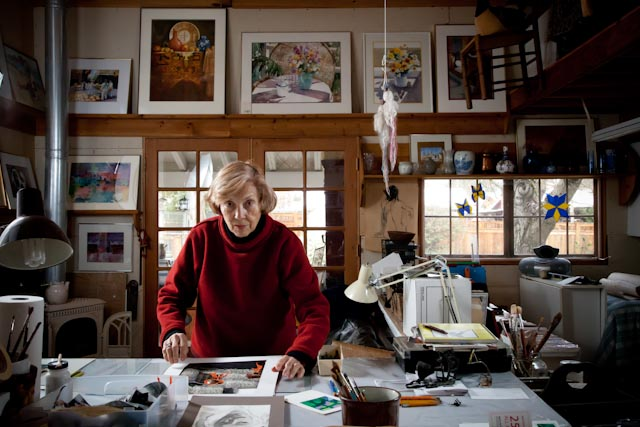
An environmental portrait is a portrait executed in the subject’s usual environment, such as in their home or workplace, and typically illuminates the subject’s life and surroundings, age, gender, and occupation.
Environmental portrait Analysis ( Mr toft’s photoshoot)
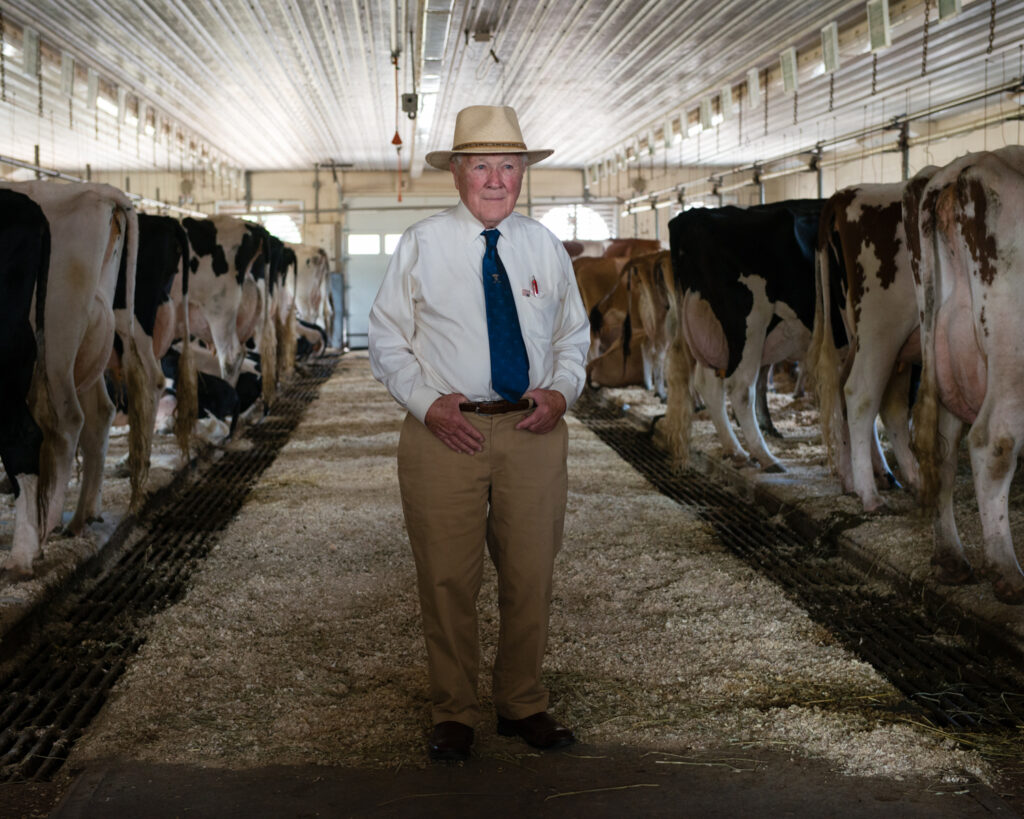
Lighting – Natural / Indoors / Soft Light / Overcast weather / Backlit
Environment – Cattle farm / Workplace / Business
Lifestyle – Farmer / Male / Elderly
No props
Framing – Full length body / Deadpan / Central / positioned in order to stand out from background
Approach – Formal body position ( posed) / unformal facial expression ( unposed )
Gaze – Averted gaze , Not looking at the camera, more natural look.
Cam settings ( Predicted )
Medium aperture ( f/4, f/5.6, or f/8. Those “medium” apertures are small enough to block light from the edges of a lens,) cow behind him is in focus however further back they are out of focus, showing the field of depth is not too deep.
Wide angle lens ( has a focal length of 35mm or shorter, which gives you a wide field of view)
Fast Shutter speed < because you can see that the room is dark and softly lit, meaning the shutter speed was not long enough for the light to be over exposed.
medium ISO, as the image is crisp yet still dark.
August Sander (1876–1964) was a German photographer , famously known for his work documenting and capturing German society in the early 20th century.
August Sander’s photography is significant for its organised approach to categorizing people, capturing a wide range of individuals from various parts of life in Germany, often with a focus on class, occupation, and social role.
Social and Class Structures: Sander’s portraits were not just about capturing the physical appearance of his subjects. They were a window into the roles that people played within the larger structure of society. He saw his work as a way to document the complexities of class, identity, and occupation, often exploring how social status and profession were reflected in a person’s appearance and lifestyle
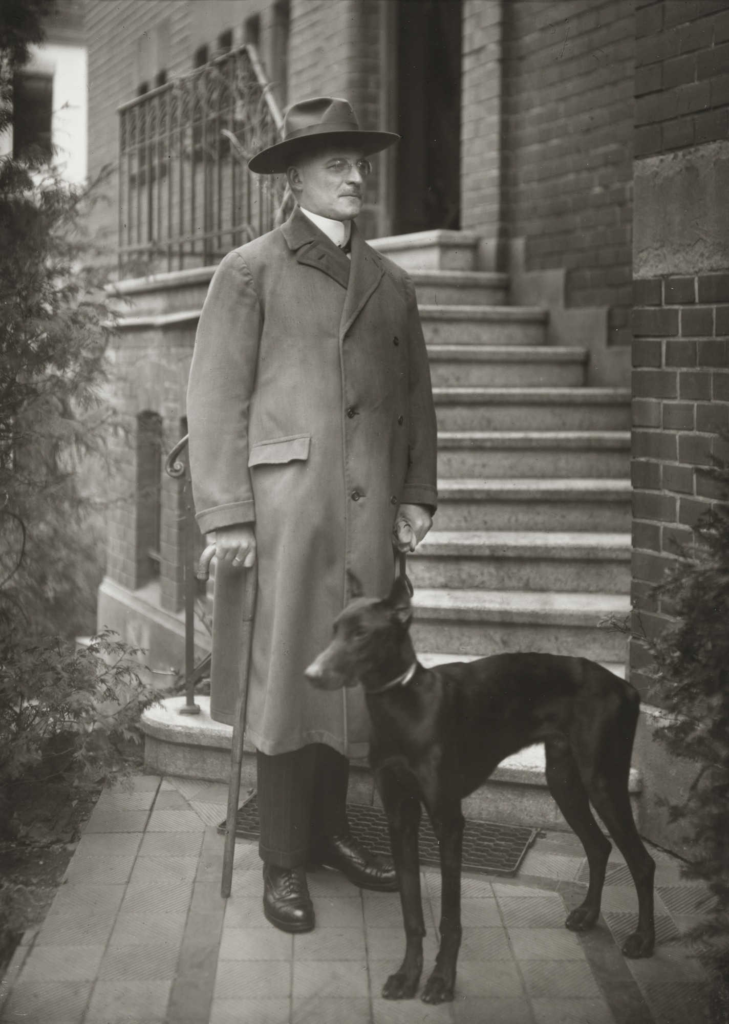
He sought to give respect to the people he photographed, regardless of their social standing. His photography conveys a sense of equality among the subjects in the photographs. He wanted to truly represent the raw reality of life in Germany, from lower class life to high class.
Sander’s most famous series, People of the 20th Century, was never fully completed in his lifetime, and much of his work remained unpublished during his career. However, the project has since been recognized as one of the most important photographic projects of the 20th century.

A photographic typology is a study of “types”. That is, a photographic series that prioritizes “collecting” rather than stand-alone images. It’s a powerful method of photography that can be used to reshape the way we perceive the world around us.
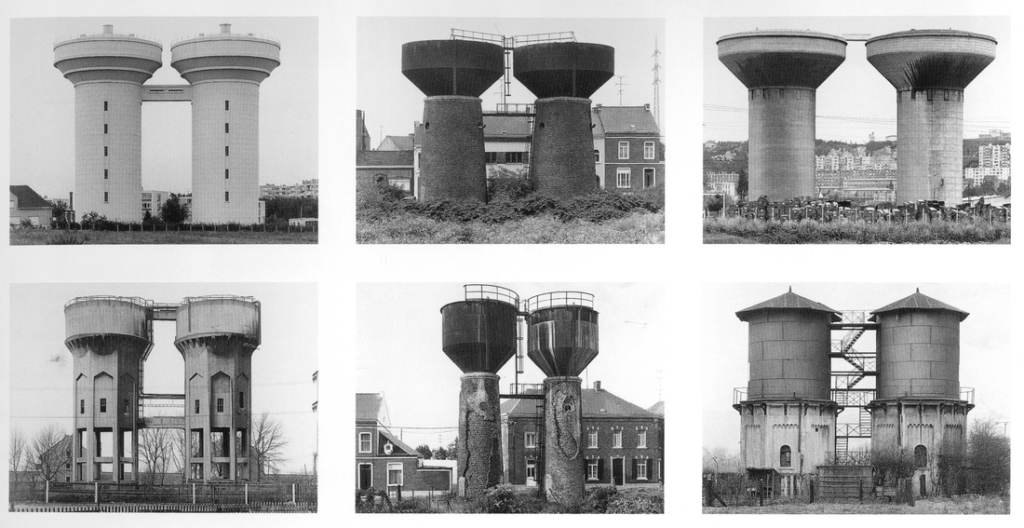

The concept of Photographic Typologies traces its origins to August Sander’s 1929 portrait series Face of Our Time, which documented the diverse social fabric of Germany between the two World Wars. Sander’s intent was to capture a cross-section of society—its various types, classes, and the relationships that linked them. He recognized that displaying his portraits as a collective series revealed much more than the individual images would convey on their own. Unfortunately his photography had such significance and power that just four years after its creation, the Nazi regime had the photographic plates destroyed and the book banned.
A typology in photography is a study of “types” , a series of images that highlights collective representation rather than isolated, individual shots. This approach shifts the focus to “collecting” and categorizing, and has become a method for reshaping how we view the world around us. The term “typology” itself gained exposure in photography in 1959, when the German artists Bernd and Hilla Becher began documenting the rapidly disappearing industrial architecture of Germany. The Becher’s described their subjects as “buildings where anonymity is accepted to be the style.” Their aim was to document a vanishing landscape, and in doing so, typologies not only captured a moment in time but also invited viewers to reflect on the photographs in the broader context of history and society.
The Düsseldorf School of Photography is a renowned institution largely shaped by Bernd and Hilla Becher, whose innovative approach to photography as a typological method left a lasting impact on both their students and the broader photographic world. As professors at the Kunst Akademie Düsseldorf, the Becher’s passed on their meticulous, systematized method of documenting industrial structures ( such as water towers and gas tanks) to a new generation of photographers.
This approach, known as typology, involved photographing similar objects in series to highlight patterns, variations, and subtle differences. The Becher’s emphasized precision and objectivity, treating each subject as part of a larger system rather than focusing on individual characteristics. Their influence at the Düsseldorf School was profound, and their students( such as Thomas Ruff ) , Andreas Gursky, Thomas Struth, and Candida Höfer—took the Becher’s’ principles and expanded them into new directions.
While the Becher’s focused on industrial architecture, their students applied typology to diverse subjects, from urban spaces to portraiture. The Düsseldorf School became a home for photographers exploring the documentary style, with many of their works reflecting an interest in the social, cultural, and architectural landscapes. The school’s rigorous approach to photography turned typology into a significant artistic and intellectual movement, and its influence can still be seen in contemporary photographic practice.
In short, the Düsseldorf School, under the Bechers’ guidance, transformed photography into a tool for analysis and reflection, shaping how we view not just the world around us, but the way we categorize and understand it.

Due to the black and white format of this photograph , it is difficult to pinpoint the type/Origin of the lighting used. However, upon further inspection I am able to infer that the source of light could be natural, emitting from a window in the form of daylight , This is because if you look into the metal bowl grasped by the chef, the lighting seems to be in the shape of a distorted rectangle, which closely resembles a window. Additionally , due to the lighting being softly diffused, and not causing hard tone and definition within the subject/ casting heavily contrasting shadows upon the subjects body and face ( Similar to how artificial light would create a hard light with minimal diffusion) It is fair to say that the lighting is natural due to it having almost identical characteristics to it. Furthermore, due to the angle of the reflection on his head compared to the angle of the light on the bowl, we can also infer that there are multiple windows positioned to the right of the character and in front of him ( due to multiple light sources within the reflections) , all working together to create the scenes lighting and atmosphere.
The tonal range in this shot (the range of tones between the darkest and brightest areas of an image that are captured by your camera.) is wide as their are clearly many points within the image with pure black and pure white , along with a range of shades of grey in-between, This in return creates a lot of contrast within the image which highlights the key features of the chefs face and body outline. Additionally it is easy to tell that this image is perfectly exposed, neither under or over exposed as the detail is still clear and nothing is too dark or too bright, minimising the glare within the shot ( from the reflections).
APERTURE
the Aperture Used to create this shot is most likely quite low in the ranges of f2-4 as these low apertures are great for creating portraits with a shallow depth of field, as seen in the photograph , the subject (chef) is in focus, whereas his background and surroundings are out of focus.
SHUTTER SPEED
Alongside the Low aperture , I predict a fast shutter speed was used in order to combat the amount of light being let in through the lens. ( at least 1/200th of a second handheld or 1/15th of a second on a tripod.) . What supports my prediction is that there is none to minimal motion blur, Meaning either the subject stood incredibly still or a high shutter speed was used to capture the moment in time without any blur.
ISO
The ISO used to take this photo was most likely quite low, as there is no visible grain and the image is crystal clear , additionally the image itself is quite dark meaning a low ISO must’ve been used, which makes sense as the low aperture already lets in plenty of light, meaning that the light sensitivity of the camera doesn’t need to be high, around 100-200 was probably used.
Arnold Newman
Arnold Newman was an American photographer noted for his environmental portraits of artists and politicians. He was also known for his carefully composed still life images.

Emotional Response
This photography immediately creates a villainous and threatening atmosphere while also creating an uncomfortable sense of confrontation.
Technical
The lighting of the photo seems to be bright in the background and dark in the front while the aperture is set to have everything mostly in focus. The shutter speed is highly exposed on the lights and trains while the ISO also has a high sensitivity. The white balance reveals warm and cold tones; it is especially warm on the subjects face while he is also covered in shadows to build contrast.
Visual
The photo is shown with dark and dull colours, especially greens and brown, while the dark tones are contrasted with light throughout the top middle. The shape is symmetrical with leading lines to emphasise this. A sense of depth is created with the background in relatively deep focus. Krupp is central with pillars either side of him while he is in the foreground staring down the barrel of the lens. The repetition of the lights lead the eye to the cluttered background.
Contextual
In history, this photo was taken after the events of second world war and Jewish concentration camps. Newman was a Jewish photographer while Krupp, the subject, was a German Nazi war criminal. Highlighted by the industrial background, the photograph serves as a reminder of the atrocities committed during World War II.
Conceptual
The idea that Krupp is a sinister and cruel man is shown with him appearing as superior in the light. His own poetic justice is shown by making him seem as evil as possible. Making Krupp lean forward to create this, shadows are cast on his face as he appears directly menacing to viewers.
Environmental Photography
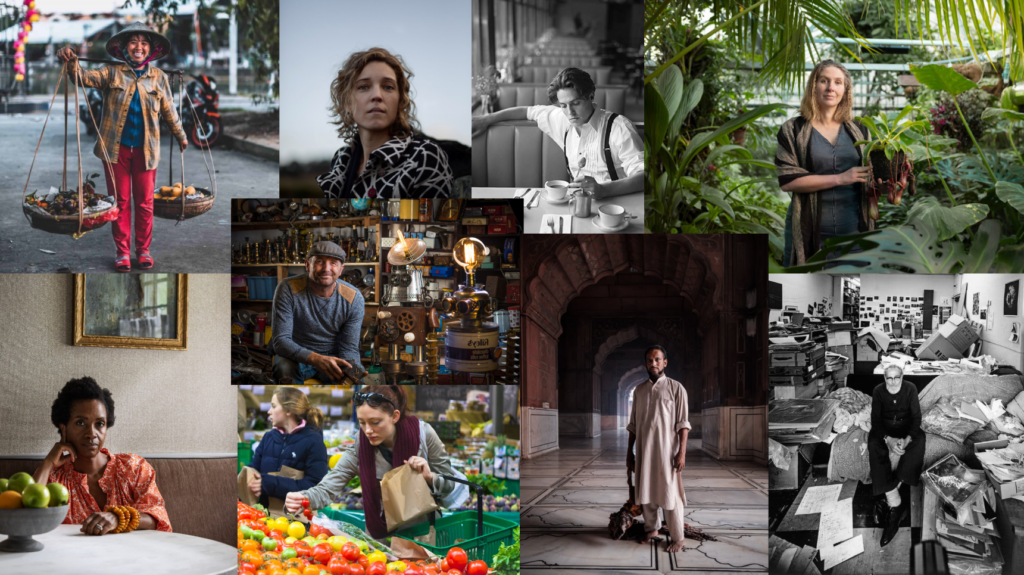
An environmental portrait is a portrait executed in the subject’s usual environment such as in their home or workplace. They typically illuminate the subject’s life and surroundings. Environmental portrait photography is the art of taking pictures that can be used to tell a person‘s story by its connection to a certain place. This connection often reflects the message that the environmental portrait photographer wants the viewer to receive.
August Sander
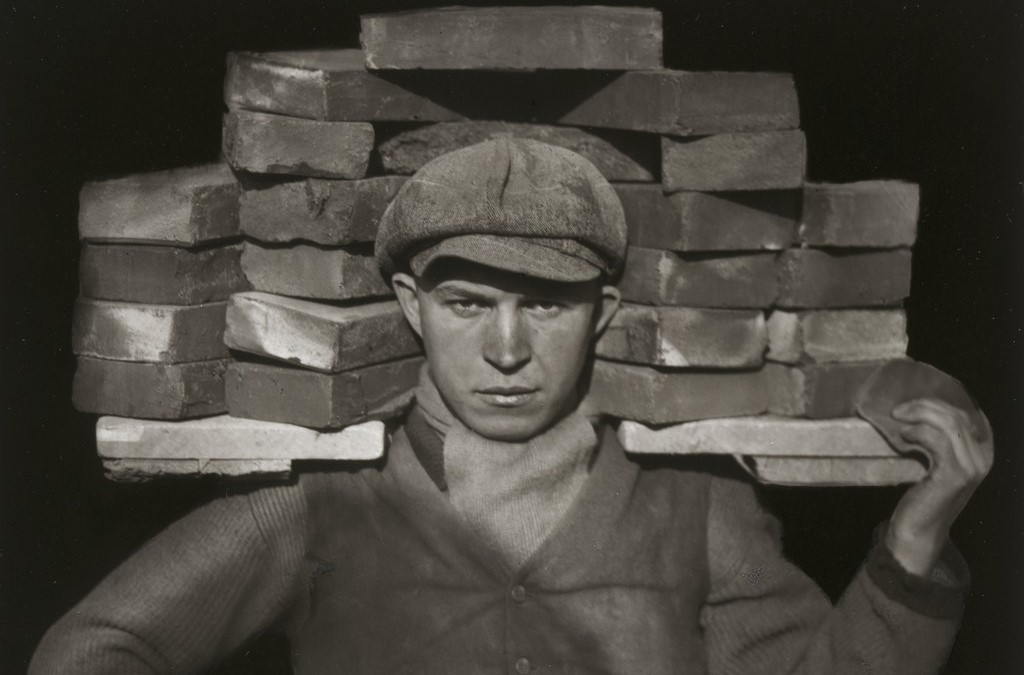
August Sander was a German portrait and documentary photographer who is best known for his environmental portraits. The subjects in his photos would always be surrounded by the environmental that they work in so their occupation was clear to viewers. Sander’s goal was to consciously define people within a particular field of time with his attempt to honestly tell the truth about age and people. Typologies, which Sander uses in his work, are collections of work that visually explore a theme or subject to draw out similarities and differences for examination.
Photoshoot Plan
Contact Sheet
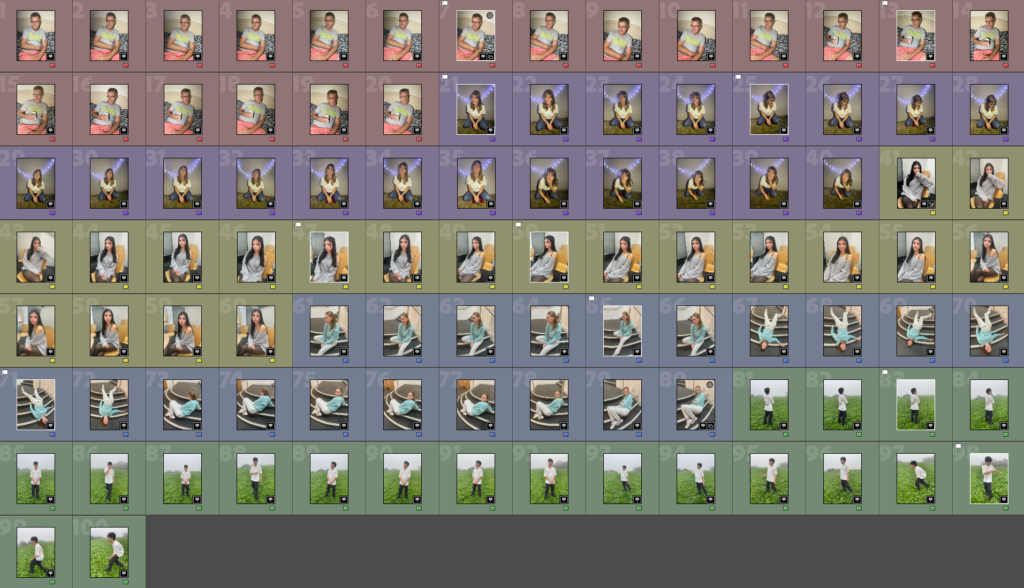
Final Pictures with Subtle Edits
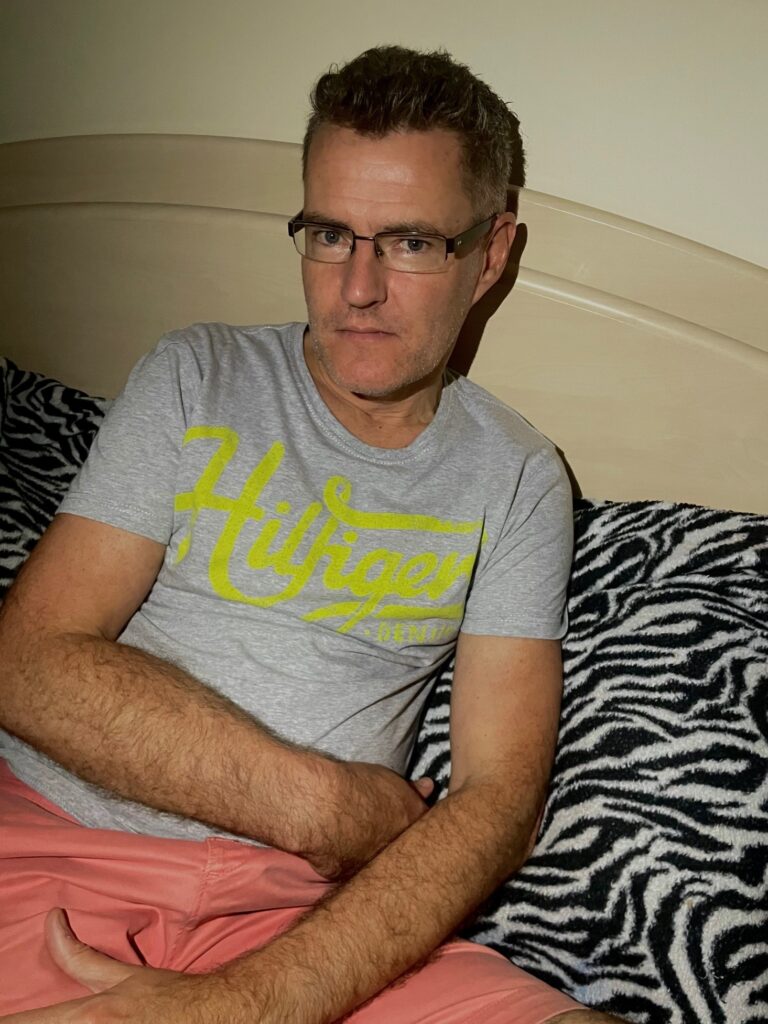
This picture is taken of my Dad where he is in his bedroom after work, the place he usually unwinds after a long day. I wanted to take this picture due to the genuine connection he has with the setting and where my Dad is the most natural and free. Due to the intimate background, this picture feels very invasive as if we have caught the subject at a time and place he does not want to be disturbed. This is enhanced by the subjects stare into the lens.
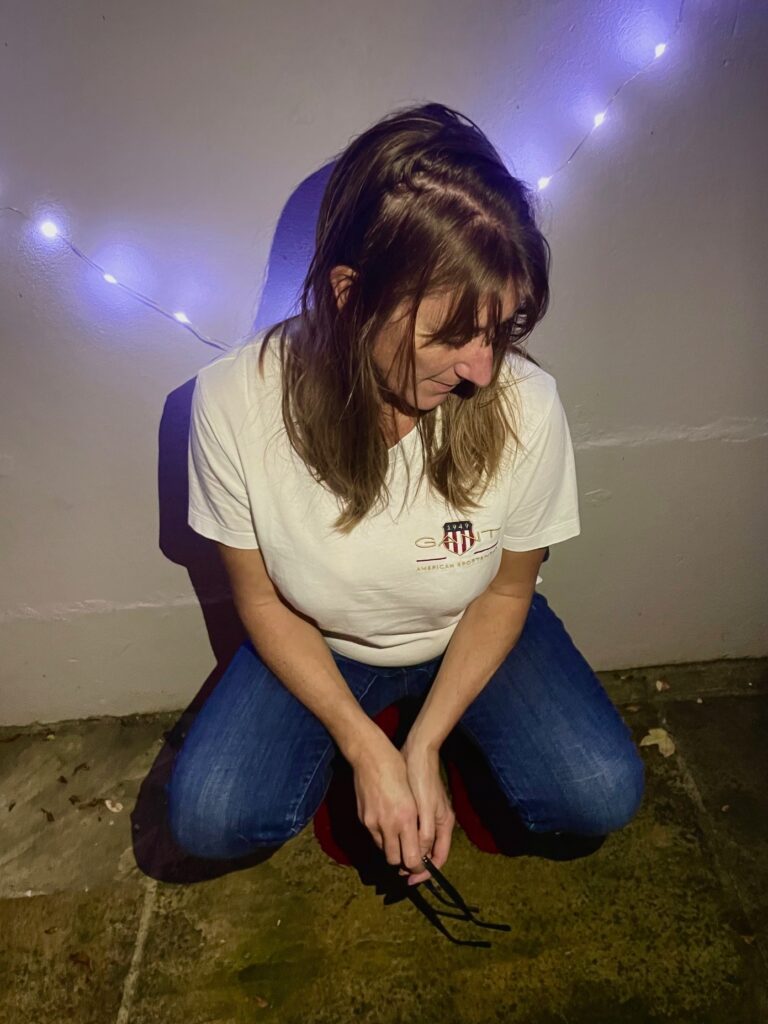
This photo is of my Mum as he is in our family Garden. I chose to photograph her here as the garden is a place which she puts a lot of effort and time into; creating an area she can be proud of. I decided to have the subject crouched and looking at the ground for this specific image to give the impression she is a more inferior character. Due to the garden acting as a trophy of my Mum’s work, she does not address the camera as she seems more aside as if she is letting the environment have a bigger focus.
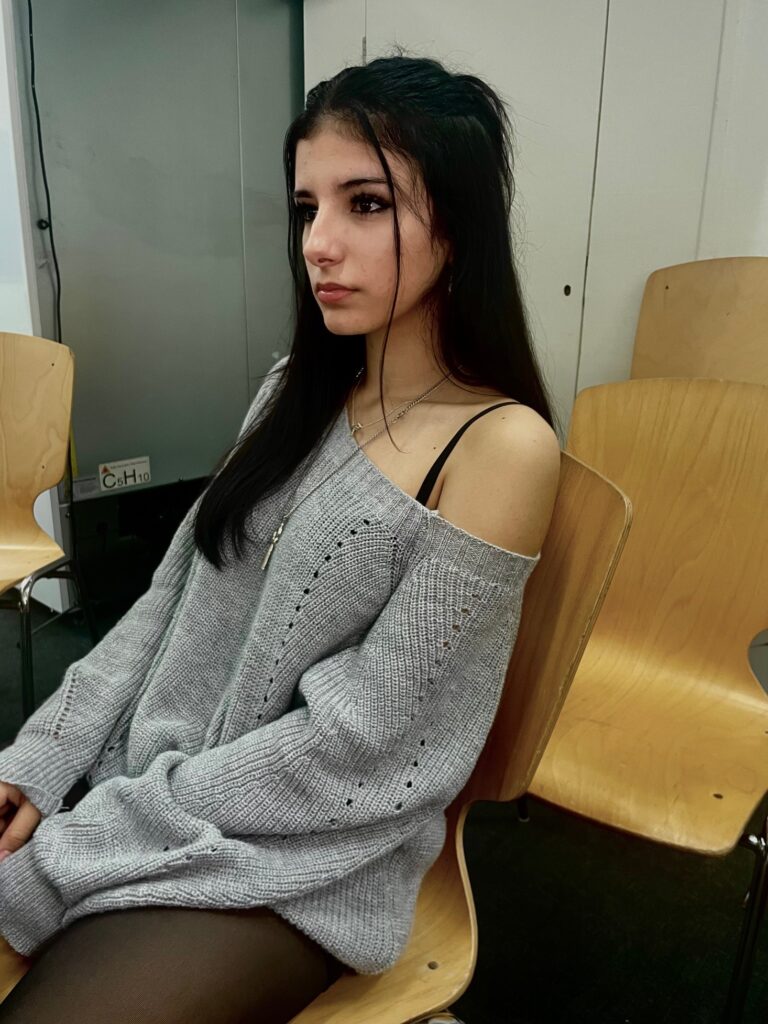
I photographed my friend in the school canteen due to us and our other close friends spending the majority of our days and time in here while in similar positions captured in the photo. Using the rule of thirds to highlight this, I have captured the sitter in a position where she appears to be in her own thoughts. Despite this, her eyes and face are still visible to the camera so we can get a sense of what is happening in her mind.
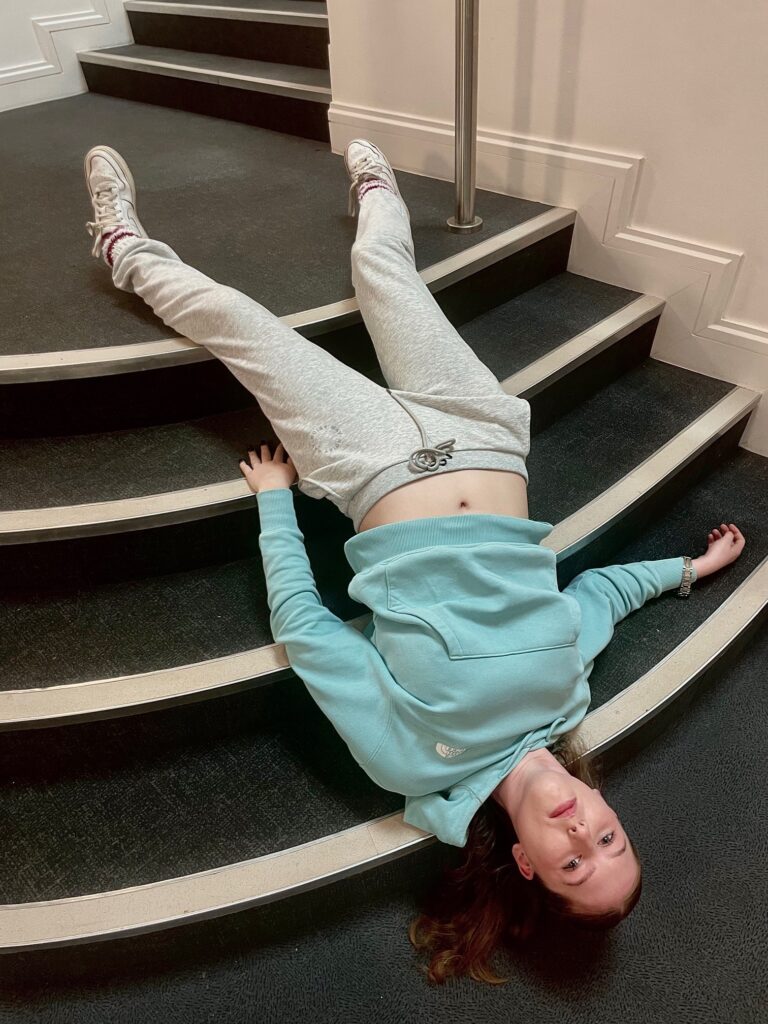
To contrast my other photographs, I wanted to capture a dramatic and stylistic shot of one of my subjects to present in juxtaposition with my other typologies. By photographing my friend backwards and fallen on the stairs, I was able to capture Sophia’s inner opinions of this setting by presenting them on the outside. The subject is making direct eye contact with the camera creating a sense of confrontation as if the viewer is the reason she is in the state she is in. This picture feels almost creepy as the subjects facial emotions do not correspond to the dramatic position that is clearly evident.
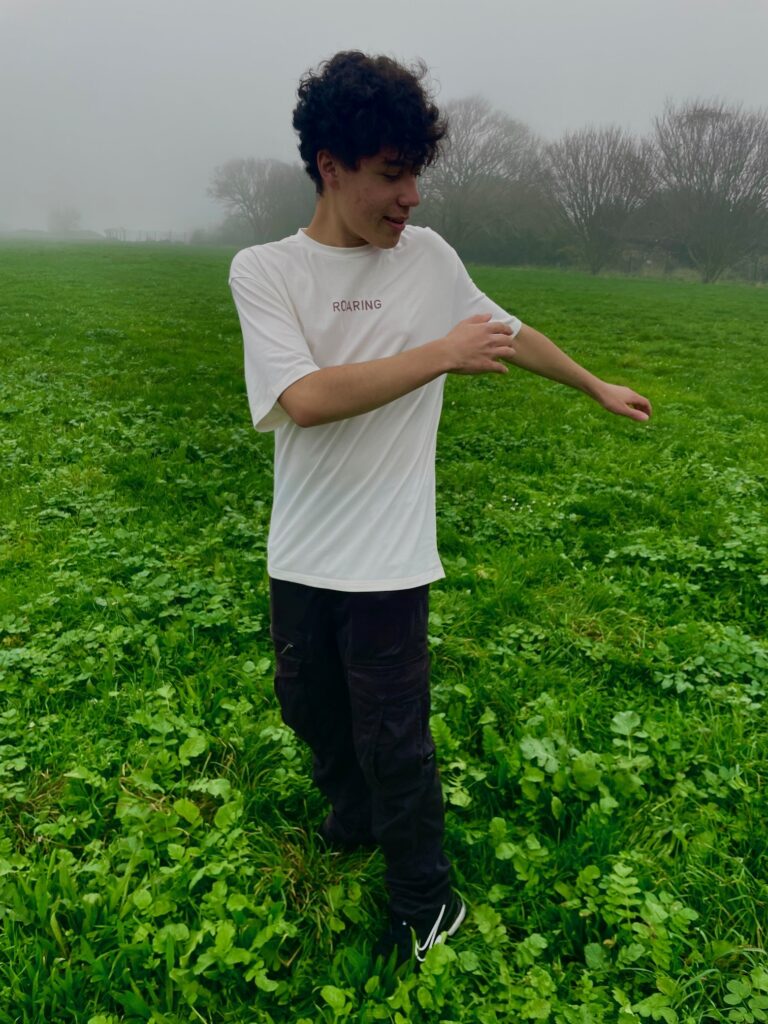
By photographing Rodrigo in this field, it acts as an homage to where we usually spend time. This area has a significance to him which is why I wanted to shoot these photos with him here. With the foggy background contrasting the vibrant grass, I thought this made an effective composition with the subject central and taking up an appropriate amount of room within the photo. The photo is very naturalistic and candid as the subject appears to be caught of guard.
Final Composition

For my final display, I lined my best photographs up in a grid; arranging them in order of the colour wheel based on the predominate colours seen within each individual photos. This was to show intention and the different typologies I created. Contrasting the bold use of colour, I settled for a gray background. I presented these five images specifically to highlight variety within the photographs, mirroring the variety and difference within all five of the models lives.
Environmental portraiture – An environmental portrait is a portrait executed in the subject’s usual environment, such as in their home or workplace, and typically illuminates the subject’s life and surroundings. The term is most frequently used of a genre of photography. The purpose of an environmental is to to tell a story through props in an image that reveals the background or information about a character.
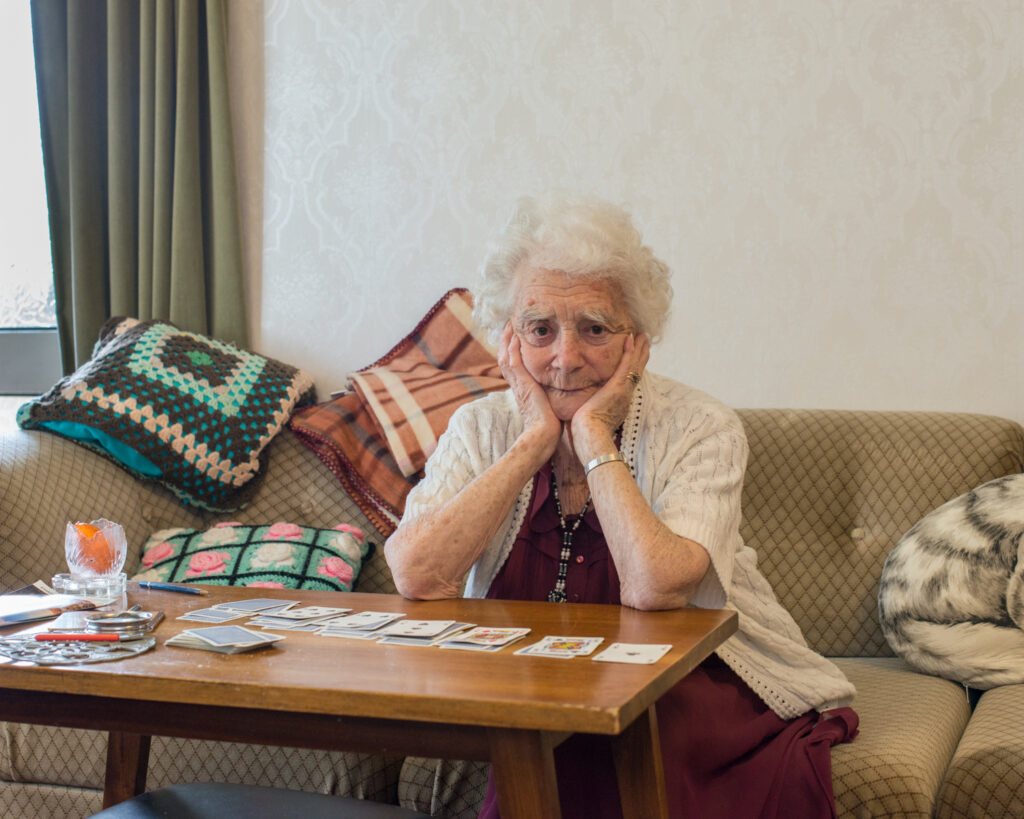
The details of this photo leaves Easter eggs into the life for example:
Born in 1985 , Laura Pannack is an award winning British photographer based in London
Pannack works commercially and on self initiated personal projects, her subjects often being “young people and teenagers”. Her work has been a feature in magazines
Her personal projects include The Untitled, Young Love and Young British Naturists, For her personal work Pannack largely uses a film camera, at one time a Bronica 645 medium format camera and more recently a Hasselblad 6×6.
In 2011 Pannack was included in Creative Review’s Ones to Watch list and in 2013 in The Magenta Foundation‘s Emerging Photographers list
-wikipedia
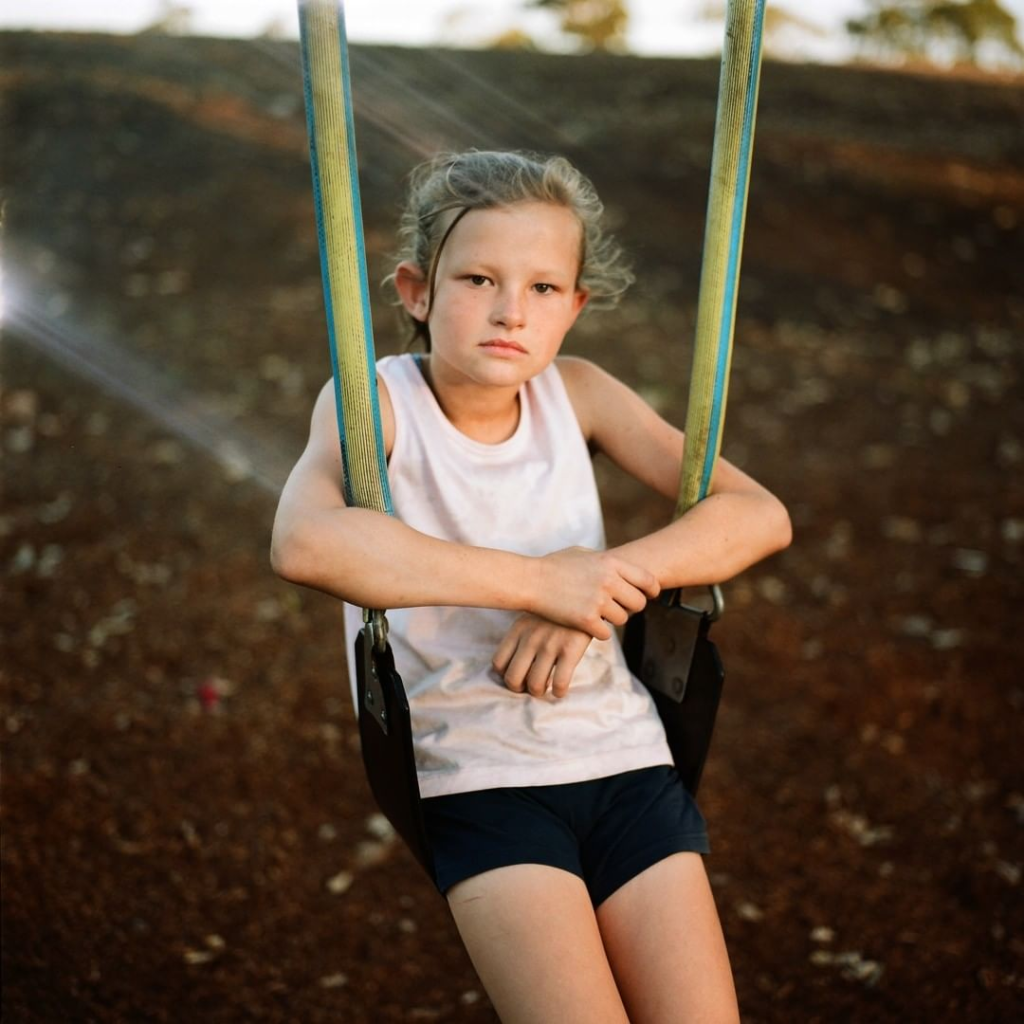

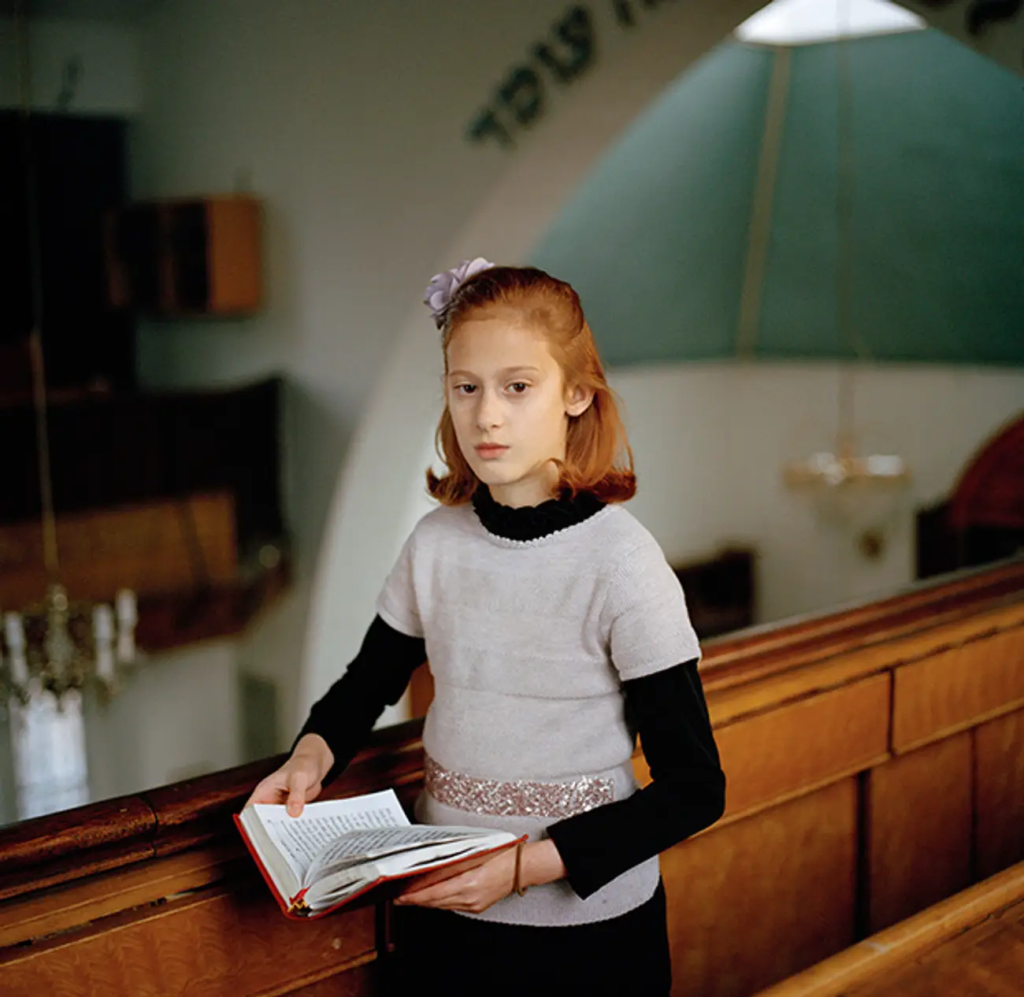


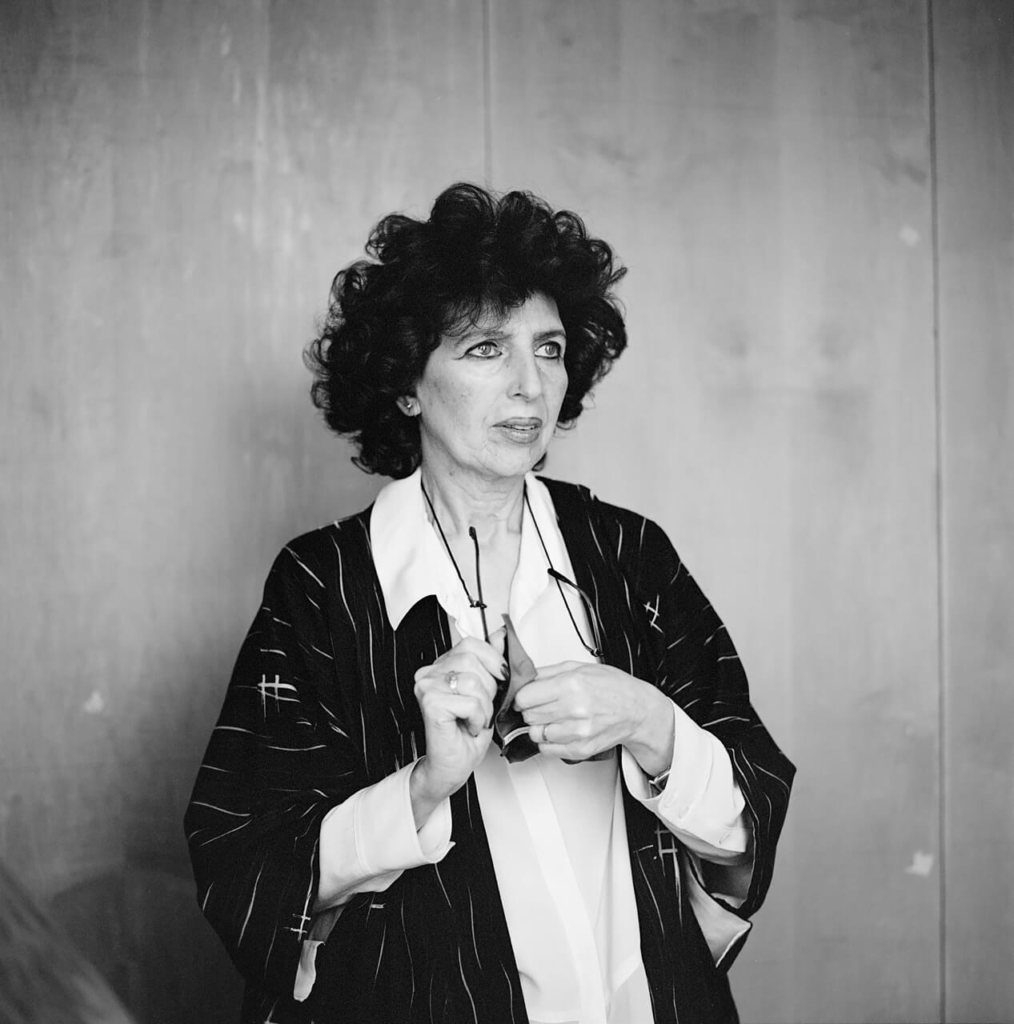
Pannack was born in Kingston upon Thames, southwest London.
She gained a degree in editorial photography and studied a foundation course in painting
When asked about her influences she stated:
“Too many to mention … I assisted Simon Roberts and he’s been a mentor to me, an epic support and an inspiration. I’ve also always been influenced by Taryn Simon, Philip-Lorca diCorcia, Gregory Crewdson, Joel Sternfeld, Sally Mann and Vanessa Winship.”
– Laura pannack
The image i have chosen to analyse is titled : A wondrous child Erja ( born to be free)
27th June 2023

The image consists of a young girl in a white dress and trainers seen in the foreground , we can tell she is young by her size , she is quite small and this is even further exaggerated by the trees that surround her.
< Focal length : standard lens (50mm)
< Movement : shutter speed settings : fast , no tripod used
< ISO : outdoors : crisp image > low ISO > 100-400 ISO
< White balance > outside daylight
Brief Introduction : Typology is a type of photograph which had its ultimate roots in August Sander’s series of portraits in 1929, titled “Face Of Our Time”. The term ‘Typology’ was first used to describe a style of photography when Bernd and Hilla Becher began documenting old and broken down German industrial architecture in 1959.
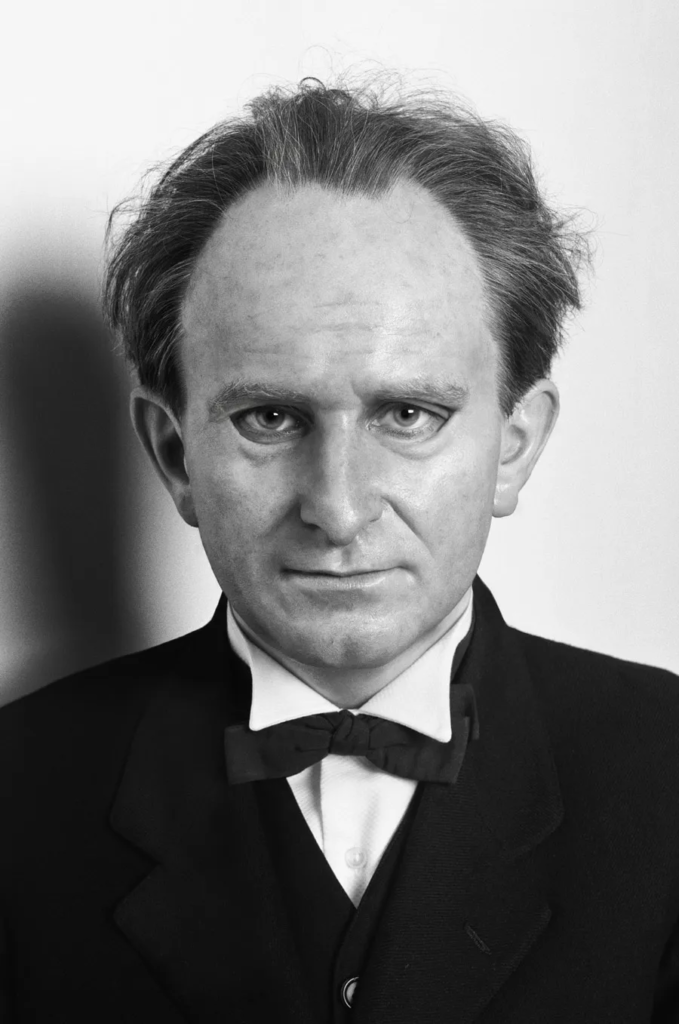
Sander has been described as “the most important German portrait photographer of the early twentieth century“. Sander’s work includes landscape, nature, architecture, and street photography, but he is best known for his portraits, as exemplified by his series People of the 20th Century.
August Sander was born in Herdorf on the 17th of November 1876 , his father was a carpenter working in the mining industry who had 6 other children.
August was introduced to photography during his time assisting a photographer from Seigen who , like Sanders father , worked for a mining company.
In order to buy is own photography equipment, Sander borrowed money from his uncle , Sander then continued to set up his own darkroom.
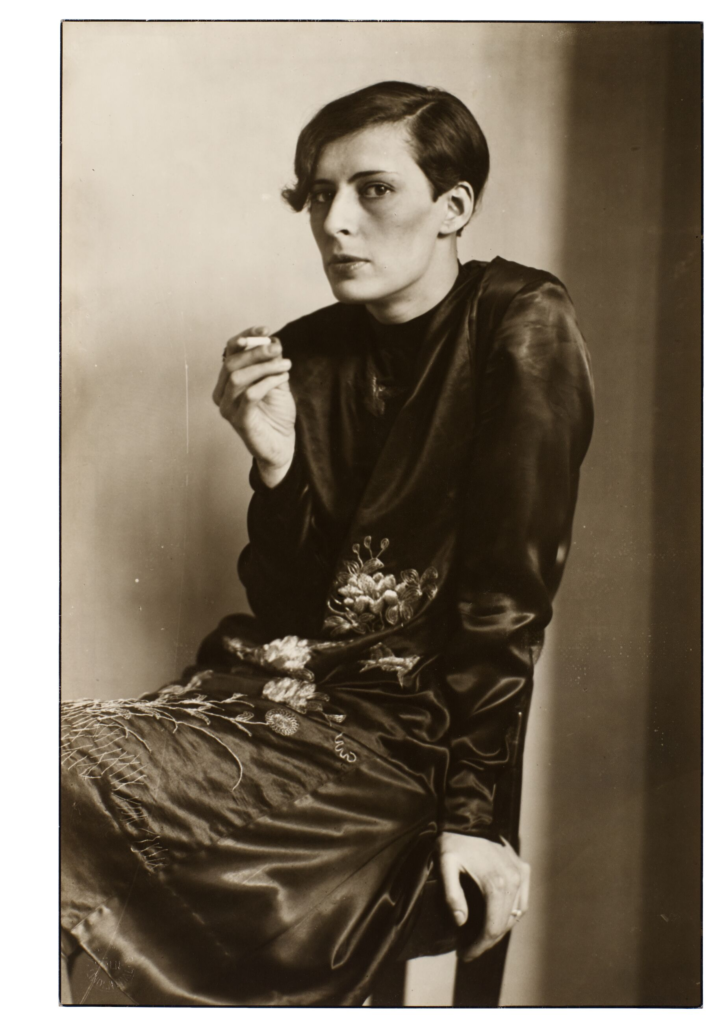
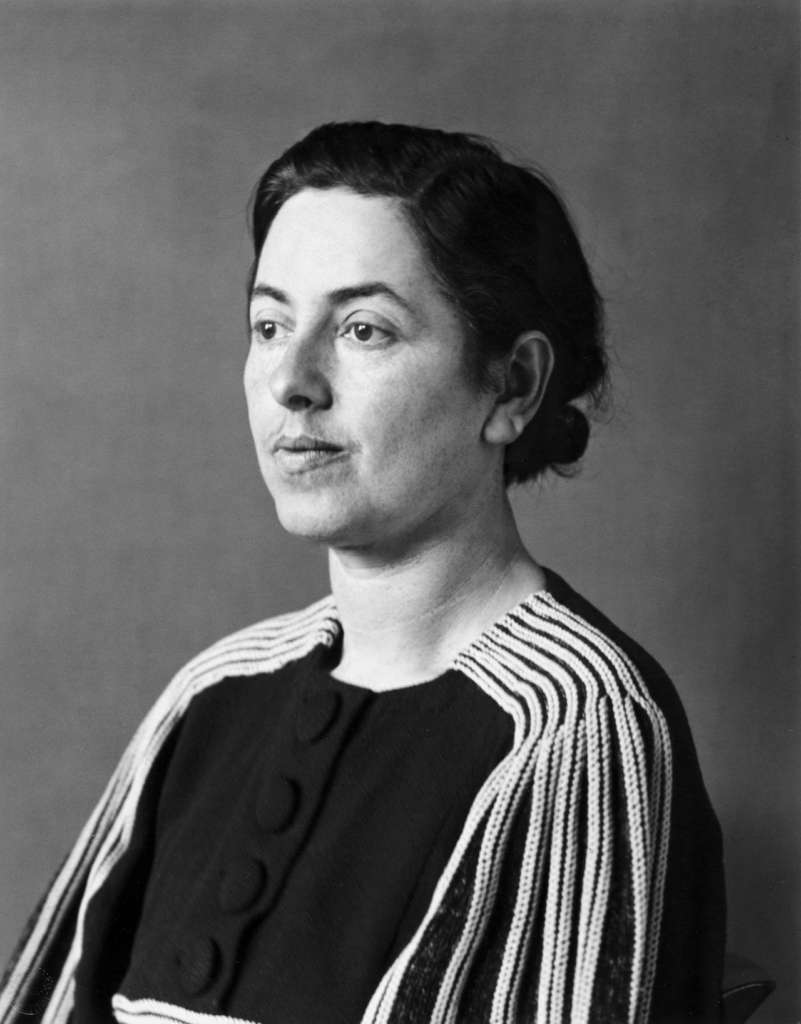
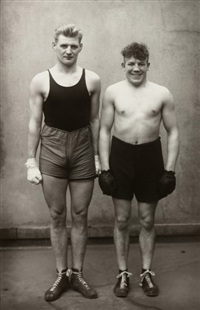
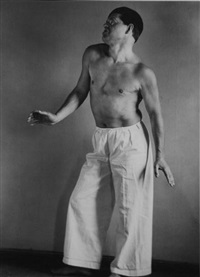
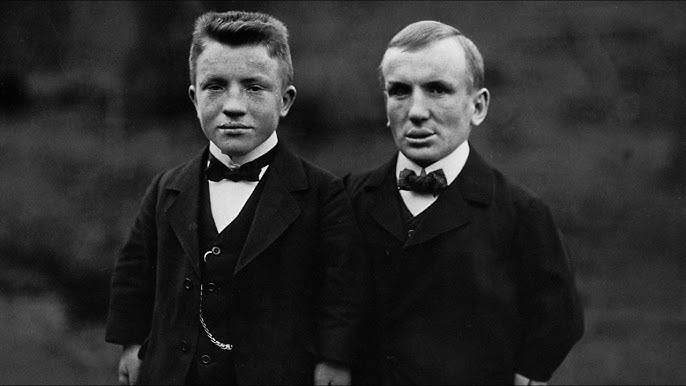
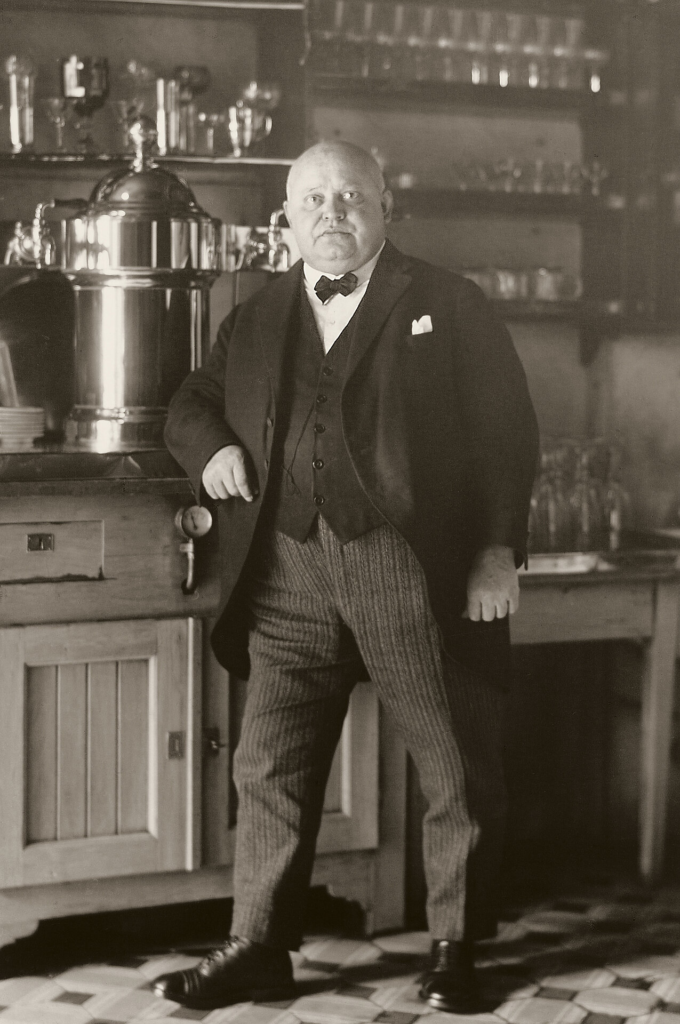
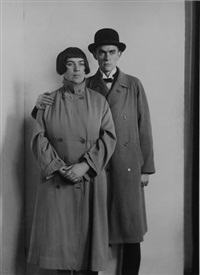
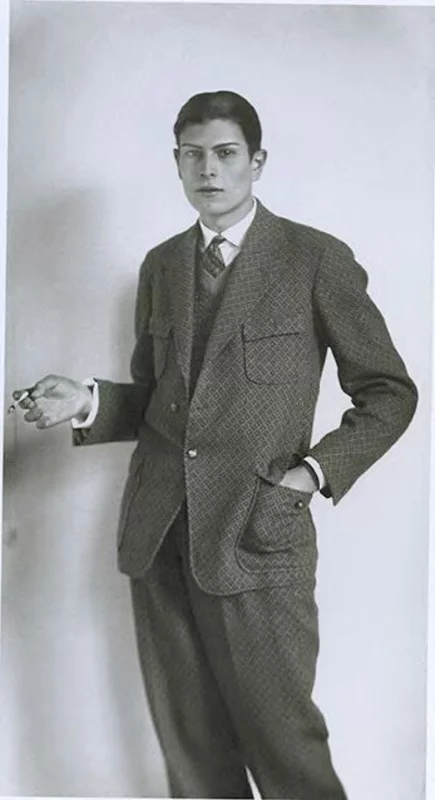
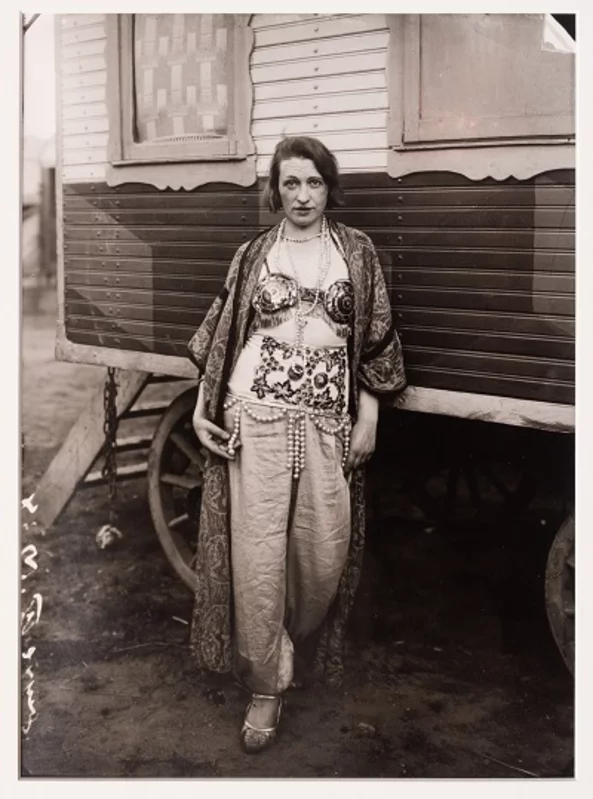
Augusts main goal was to document the society he lived in , he was committed to ‘telling the truth’ and in order to do this he would photograph straight on , in natural light with information about the subject subtly hinted to through props in the image. These props could consist of clothing , setting , pose and any objects shown in the photo.
In 1911 Sander began his first series of photographs titled : ‘People Of The 20th Century’ , his aim was to show the diversity amongst the population during the Weimar Republic
He split this series into 7 sections :
Sander came in contact with a radical group of artists called the Cologne Progressives in the early 1920s , this group was linked to the workers movement who:
“sought to combine constructivism and objectivity, geometry and object, the general and the particular, avant-garde conviction and political engagement, and which perhaps approximated most to the forward looking of New Objectivity “
– Wieland Schmied
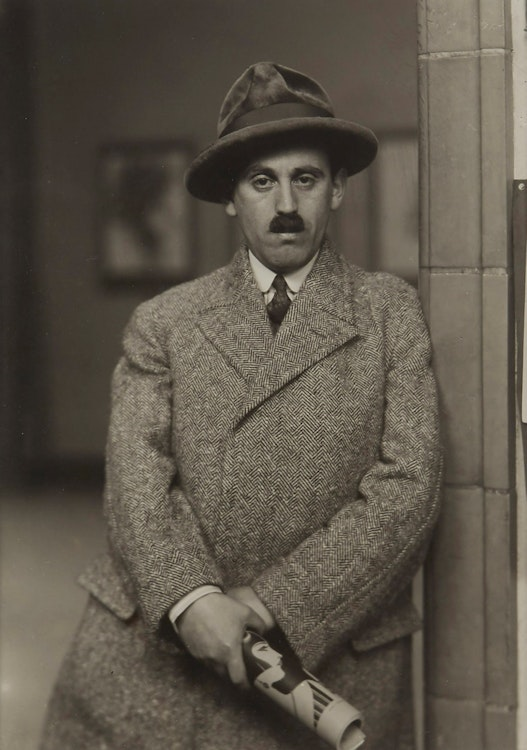
Kunsthändler [Sam Salz] was among the portraits who comprised the fourth group of Sanders collection Citizens of the twentieth Century , ‘Occupations’, under the subgroup ‘Teachers’.
Salz is in a stylish herringbone coat, confidently leaning against a grand entrance, framed artwork hanging in the background. In his hands is a publication rolled to strategically reveal an Art Deco illustration of a young fashionable woman, an emblem of Germany’s gilded era. This print, among the earliest by Sander to come up for auction, offers an intimate glimpse into the great talent of Sander, the established success of Salz and a brief period of Germany’s artistic flourishing between the Wars.
Definition – A photographic typology is a study of “types”. That is, a photographic series that prioritizes “collecting” rather than stand-alone images. It’s a powerful method of photography that can be used to reshape the way we perceive the world around us.
A photographic typology is a body of work that visually explores a theme or subject to draw out similarities and differences for examination.
An example of the use of Typologies is ” The People Of The 20th Century” as each image is classed by age, occupation ,class etc.

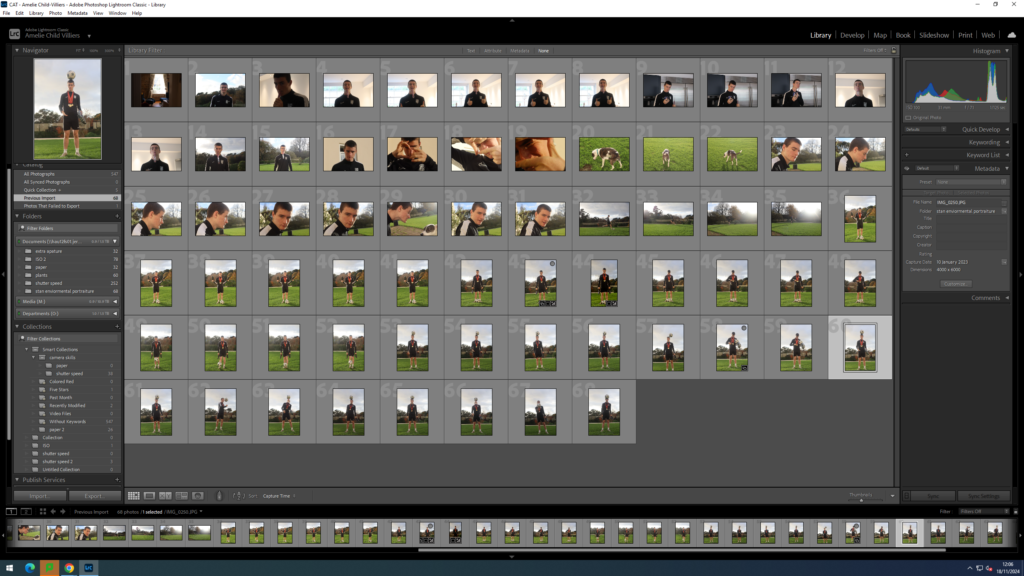
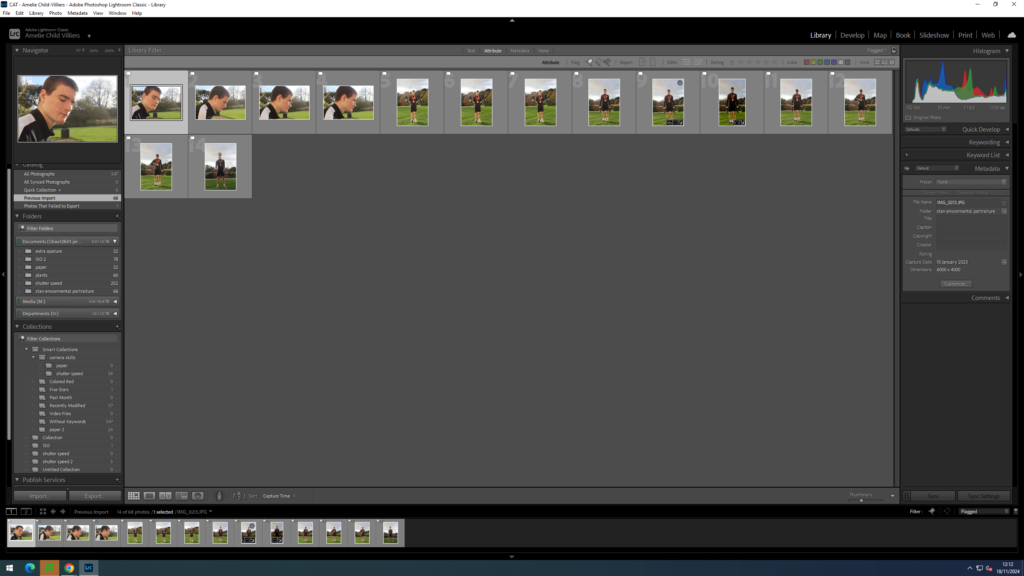
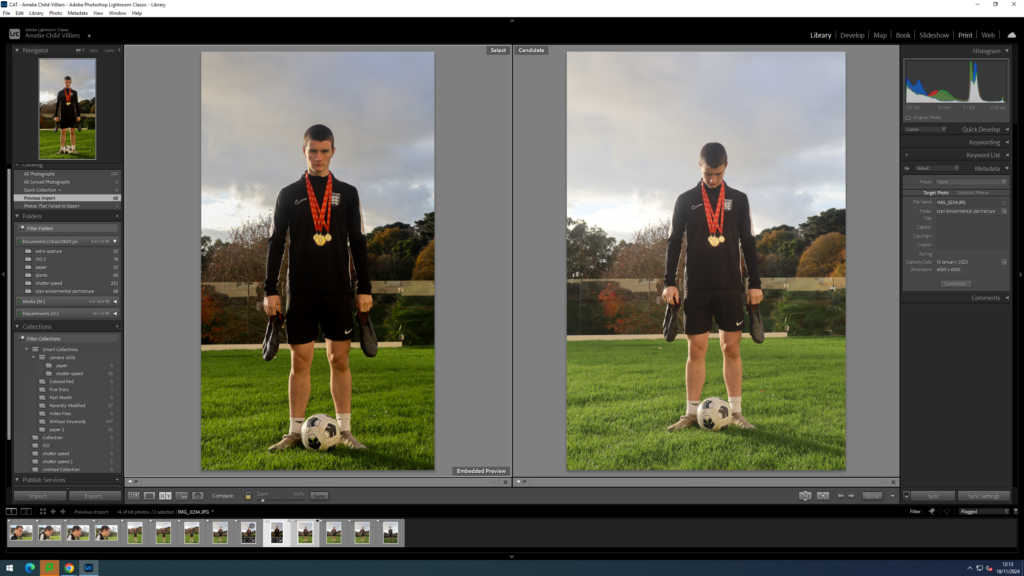
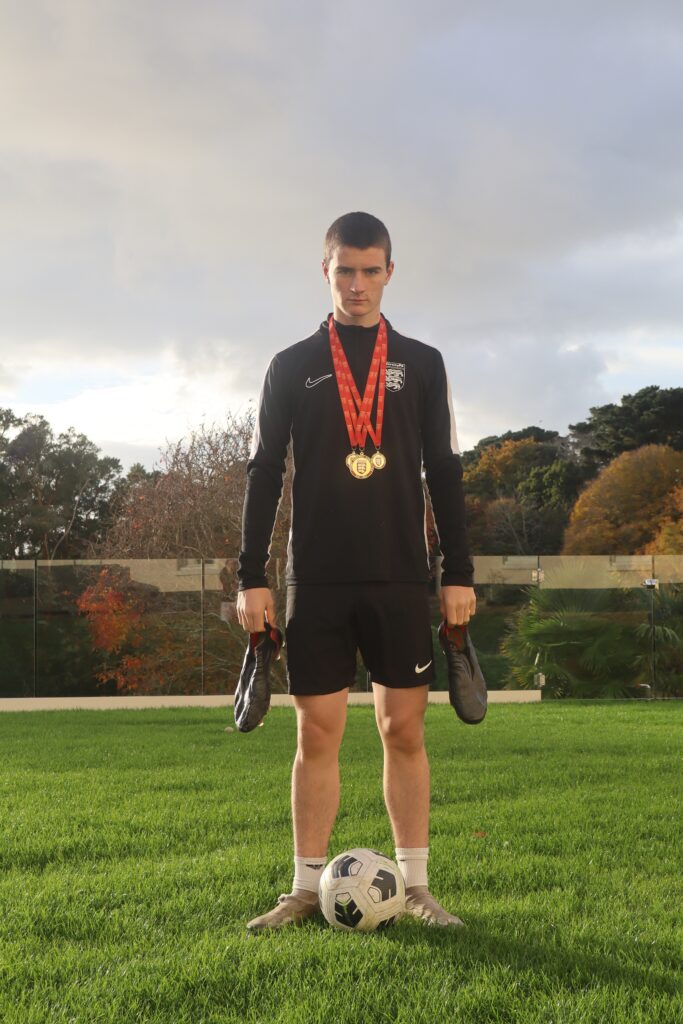
I didn’t like the over exposure in the background where the sun is positioned and the colours in the image felt dull , i wanted to dramatizes the image to create a more serious feel.
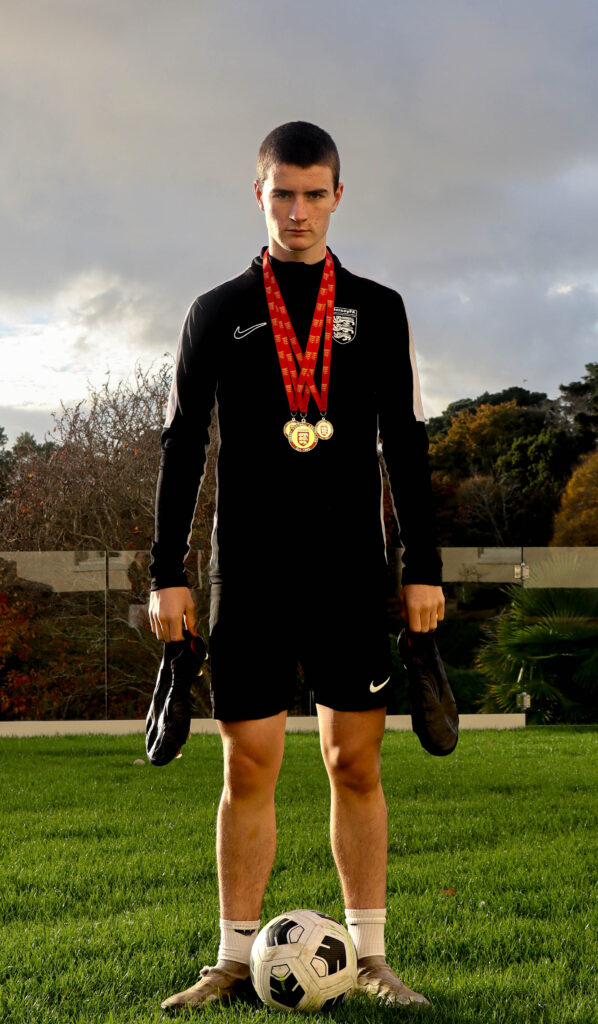
I then decided to create a black and white version to add dimension and atmosphere to the photo.
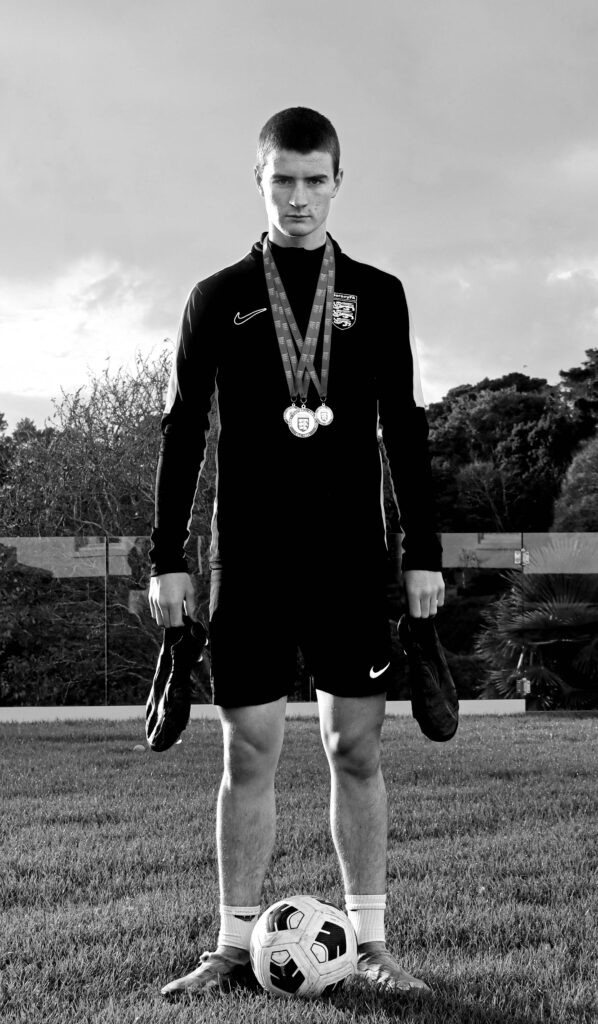
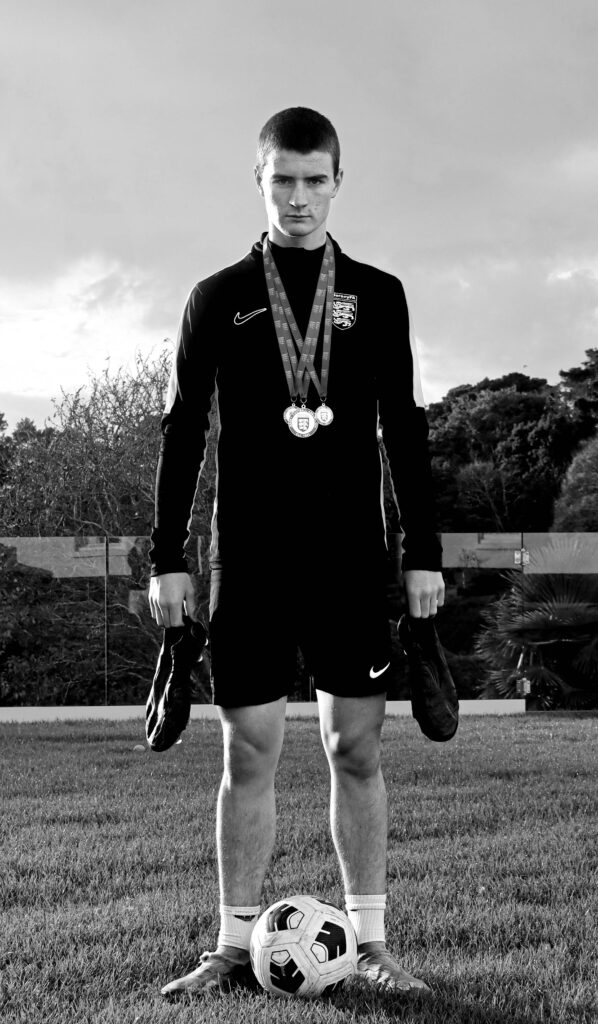
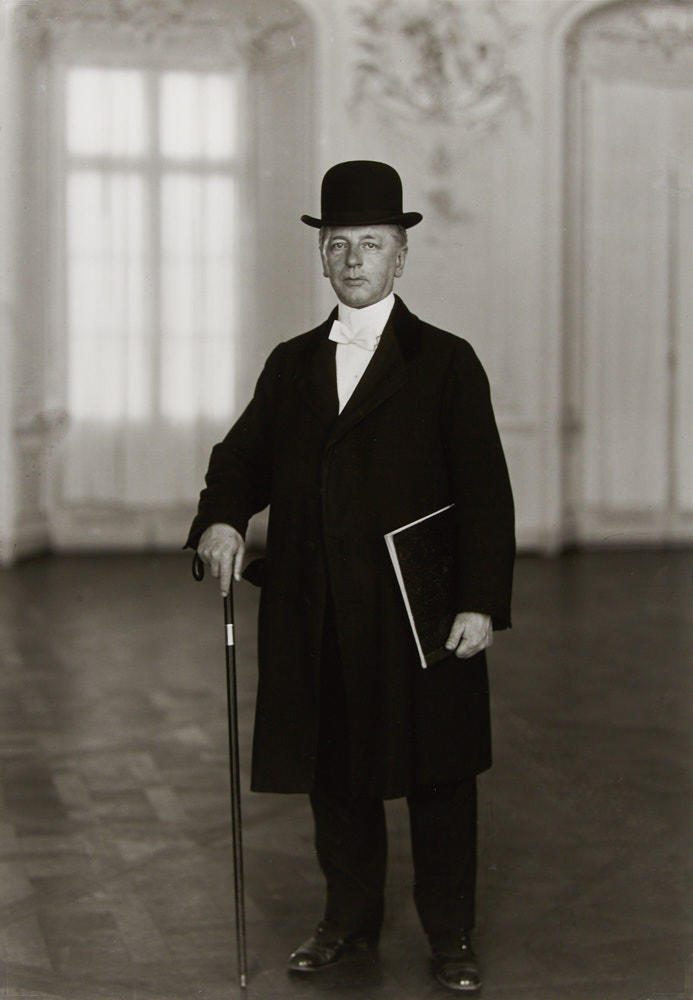
When comparing the two images it is clear that Sander uses a more warmer filter , i aimed to position the subject somewhat similar to the character in Sanders image , both images use side backlighting whilst also using natural lighting , however the lighting is cast on different sides of the face.